Floréac Magazine
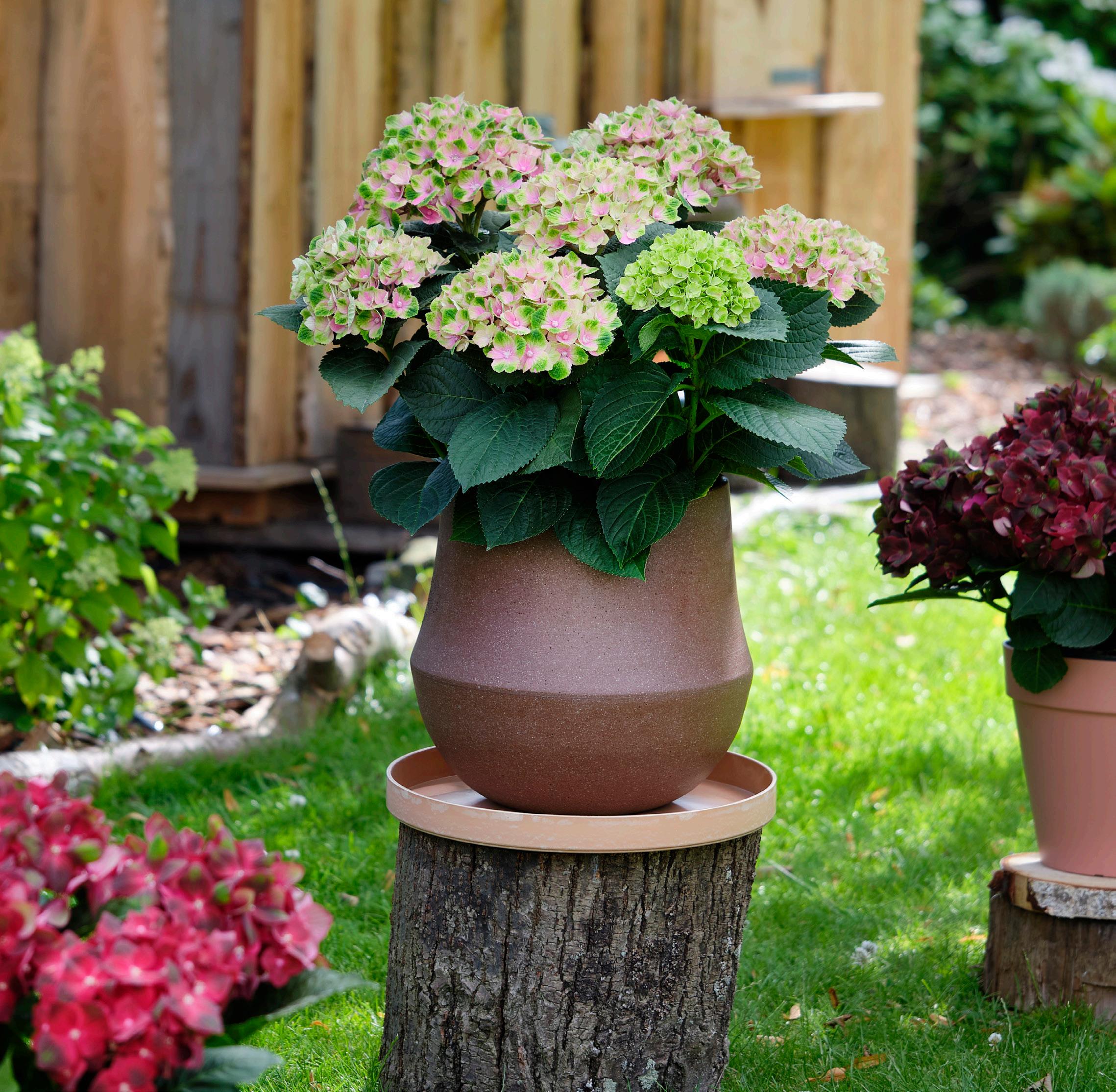 Photo : ©Floréac
Photo : ©Floréac
Summer 2024 Issue no 28
| © www.thejoyofplants.co.uk | Unsplash | Pixabay Pexel | Kaboompics
2 05 10 18 24 32 34 38 Foreword Grower in the spotlight : KP Holland: from family business to global player Studying green, a study by UGent Plants in the spotlight : Kalanchoes The voice of the customer, the results of the online satisfaction survey Grower in the spotlight : Sustainability prevails at hydrangea grower Van Schie New kids on the block Content
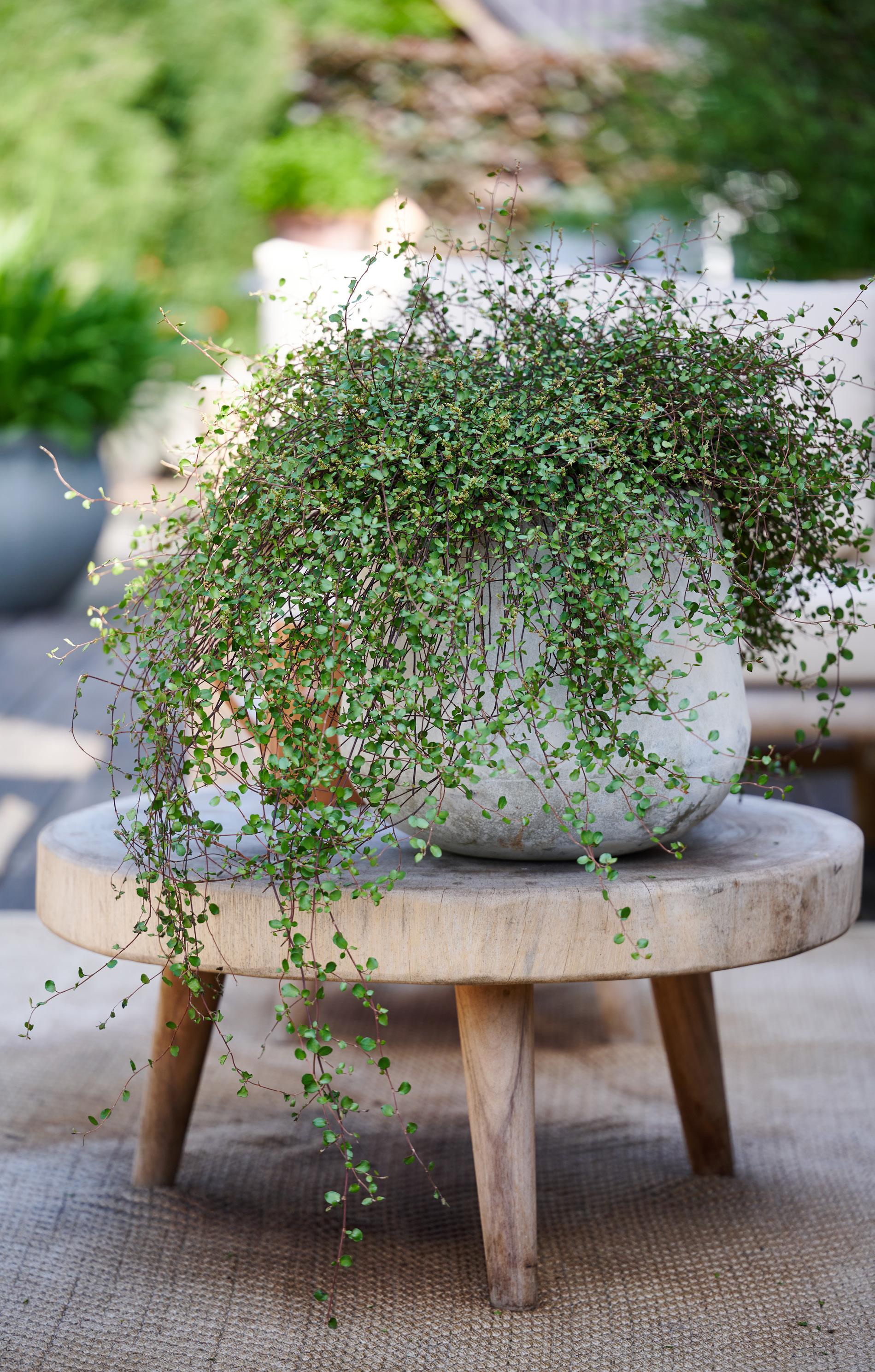
3 © www.outstandingplants.be
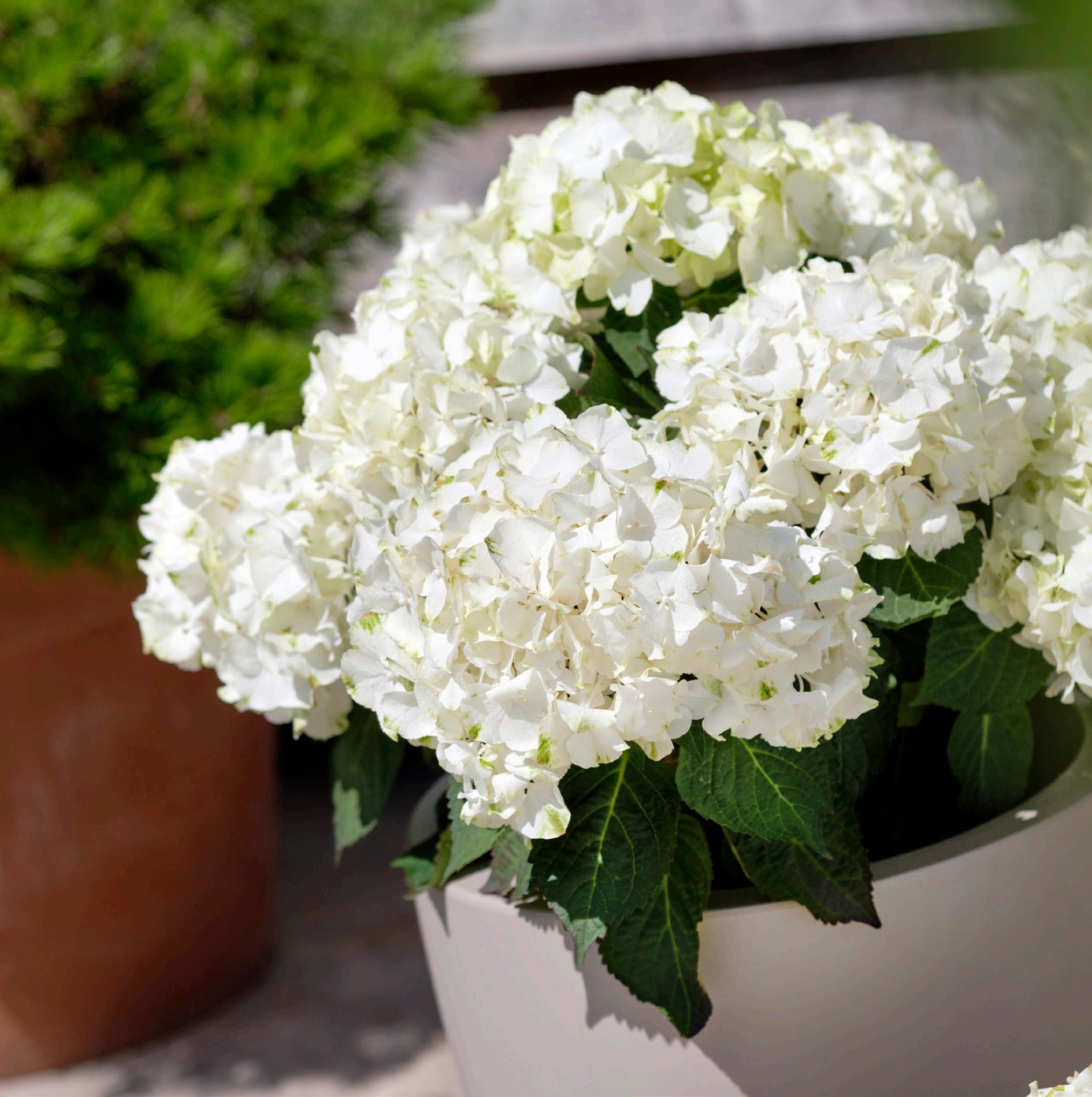
4
The voice of the customer
This year again, we let our customers have their say in our customer satisfaction survey. And once again, we get important information and energy from it. Further on in this Magazine, we are happy to share the broad outlines of its results. Important starting point of our efforts, is that at Floréac we put the customer first, it remains the foundation of a sustainable cooperation. Simply put, sustainability primarily means ‘that it lasts’. The extent to which we fulfil our commitments to customers is an important yardstick in this respect.
And for it to ‘last’, Floréac also remains very committed to certification. For example, Floréac recently successfully renewed its certifications for MPS-Florimark (Good trade practice), the Global G.A.P. label (Chain of custody) and the Bio certificate (for trading products of organic origin). For us, it is equally important to communicate the benefits of these initiatives, together with our growers, to our customers.
Sustainability also comes into play in terms of value creation for all stakeholders. After all, we are all, once customer, then supplier or business partner.
All plants have already passed through many human hands before reaching their final destination to decorate an interior or garden. The care and passion in every link of our value chain from grower, transport, logistics, in-house and external services to the point of sale counts and somehow contributes to sustainable value creation and its perception from the customer’s perspective.
It pleases and makes us proud to learn that our efforts are appreciated by an overwhelming majority of our customers. Each time, the results of our customer satisfaction survey also provide a new benchmark against which we can further improve.
Regularly taking a finger on the pulse of your customer via a survey is important to take a picture of strengths and development points and to work on them. However, there are also our daily interactions in the customer journey, where just listening attentively and acting accordingly contributes to building a lasting and valuable customer relationship. In this sense, we therefore look forward year-round with interest to any feedback that helps us to further align the Floréac Compass with the evolving needs and requirements from the market. So herewith a warm call to continue to address this to us.
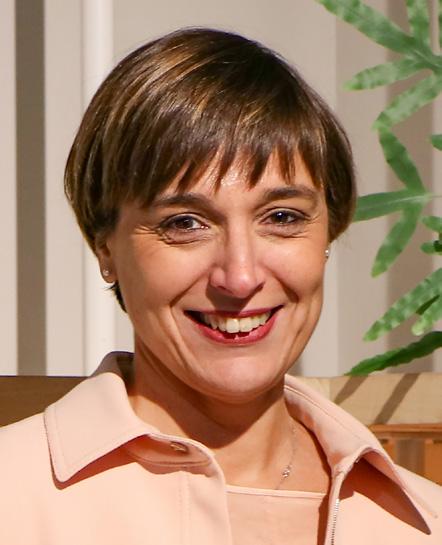
At the start of the new season, we are pleased to present this summer issue of the Floréac Magazine. You may find inspiration to join us in making existing and new customers happy!
Happy reading!
An Vander Aa CEO Floréac
5
The Spirit of Pink
From bright pink croissants to soft pink interiors. The Barbie hype is causing a veritable invasion of this colour. Or rather say statement. Because today, pink stands for strength and diversity. Girl power. Jump along on this pink wave? Do. Add a dose of Barbie to your range. Go for a wild pink cloud of roses, for Philodendrons with mineral pink leaves and go wild with candy cane pink pots. Bet you score on Instagram?
Tip: be sure to read the article ‘The pink trend unravelled by Chlorosphère’ by Manuel Rucar in winter magazine 26 (2023).
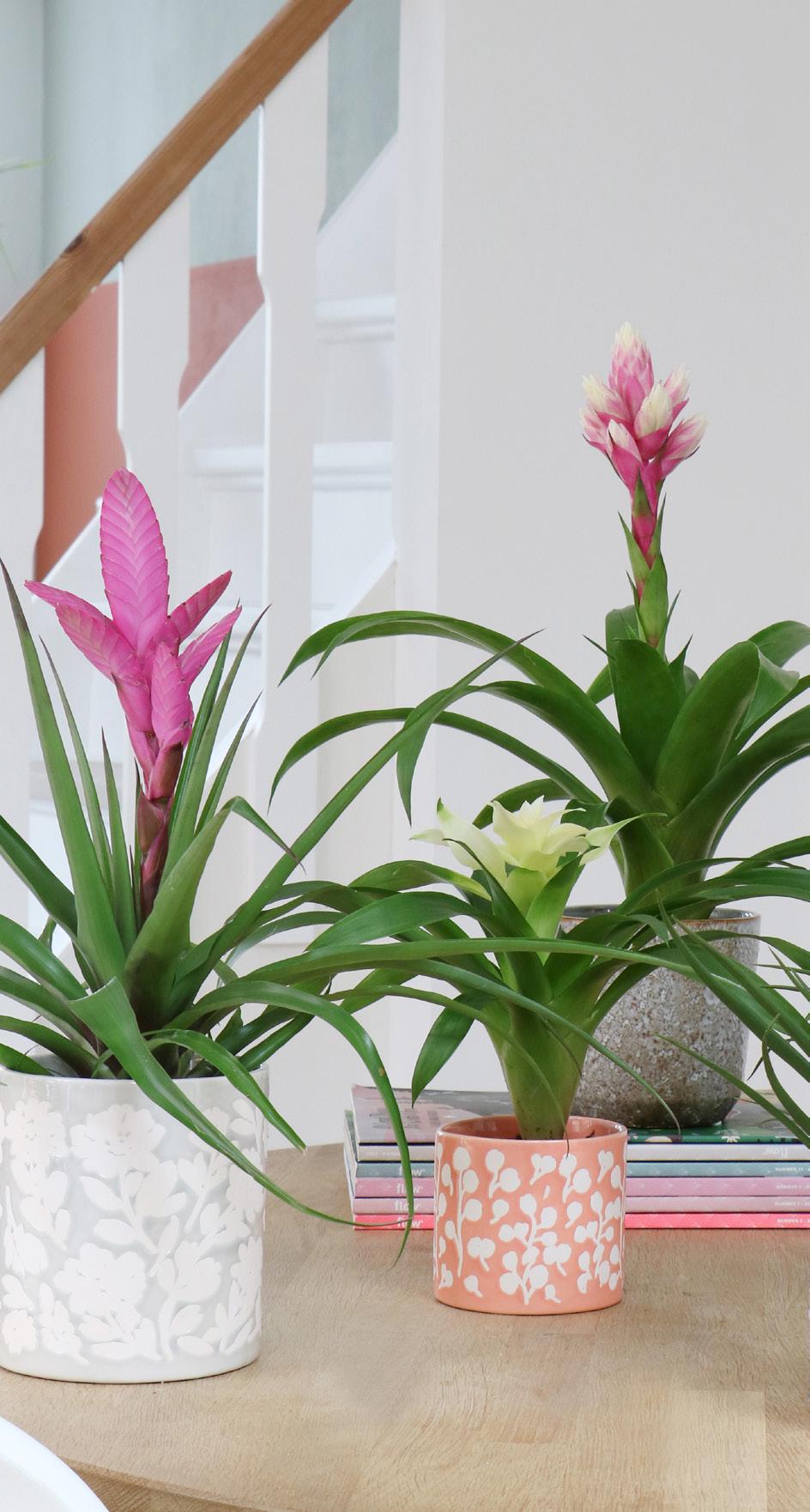
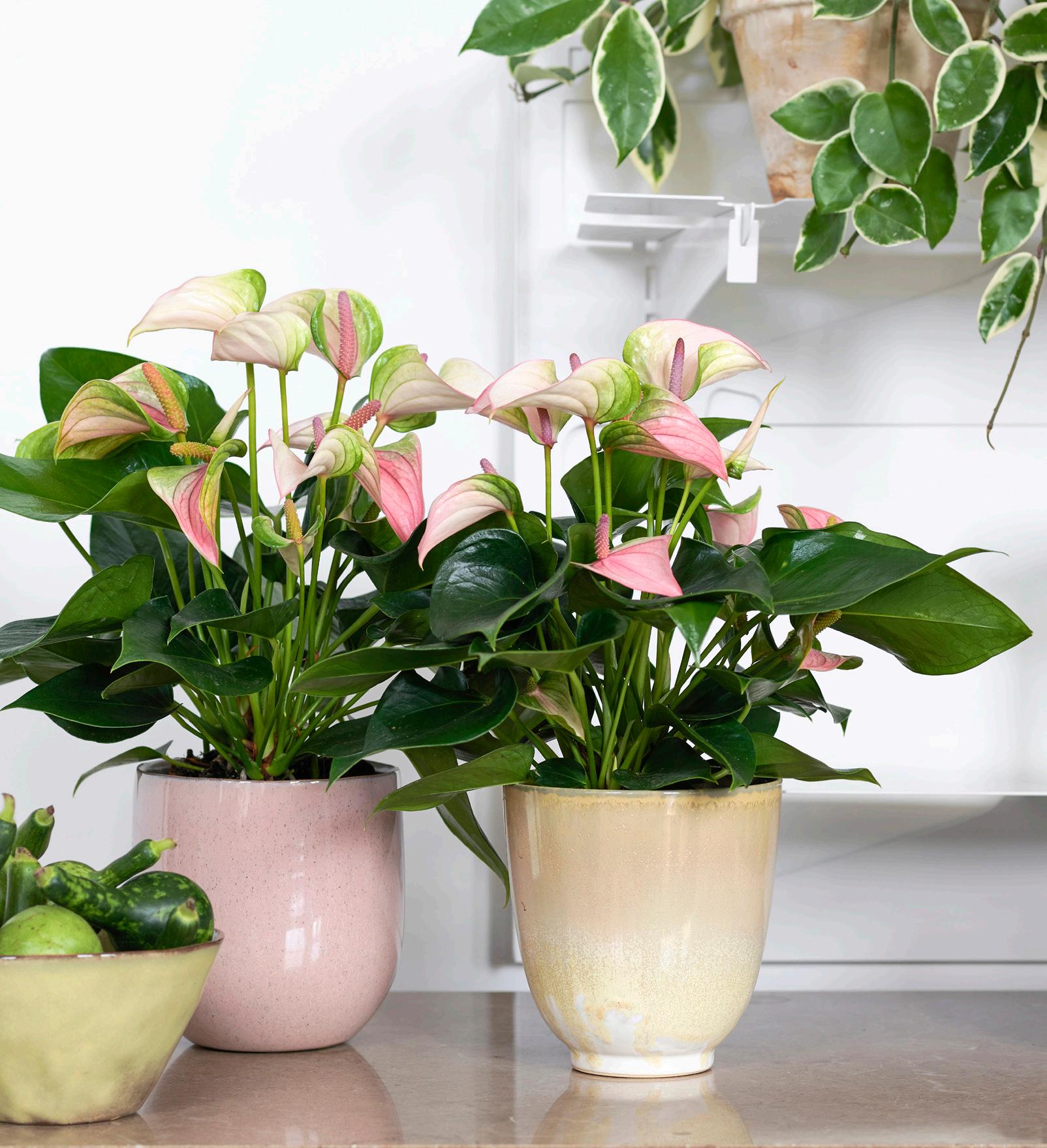
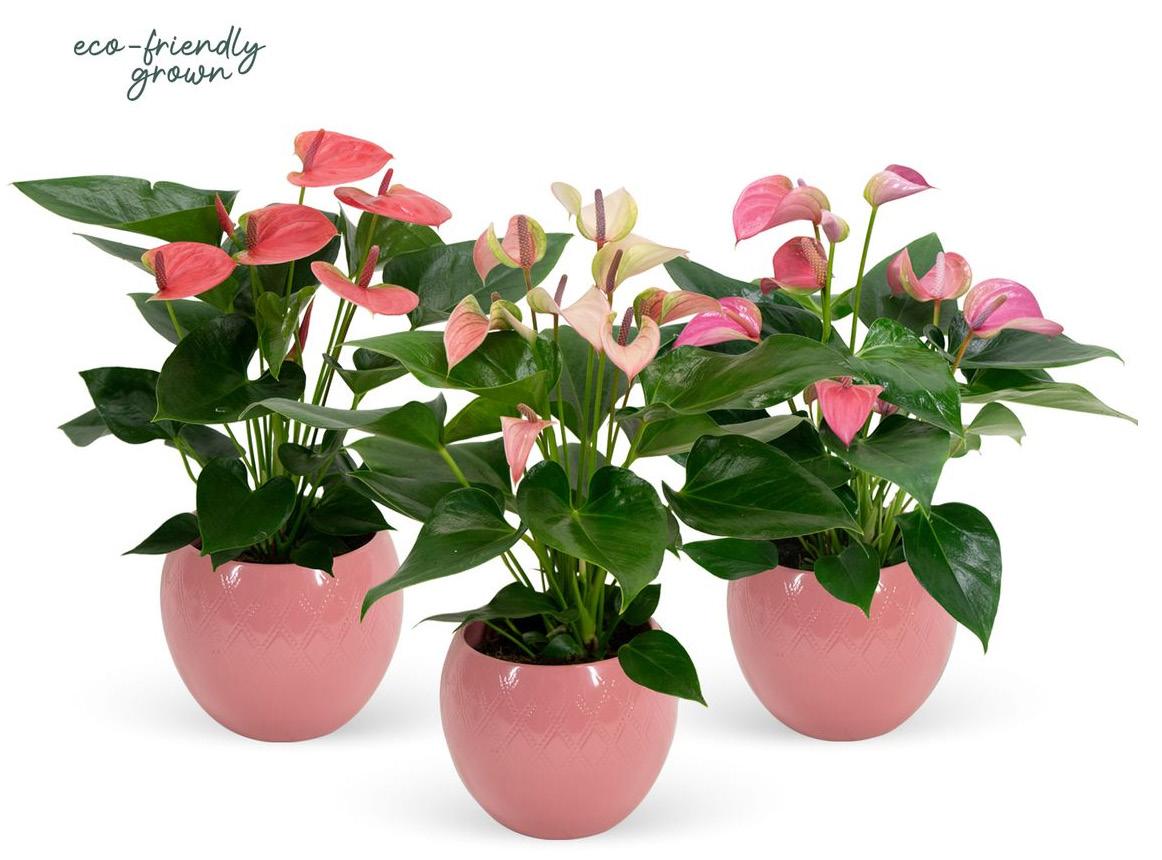
 ANANRZ-SP05A
GLSORZ-12A
ANANRZ-SP05A
GLSORZ-12A

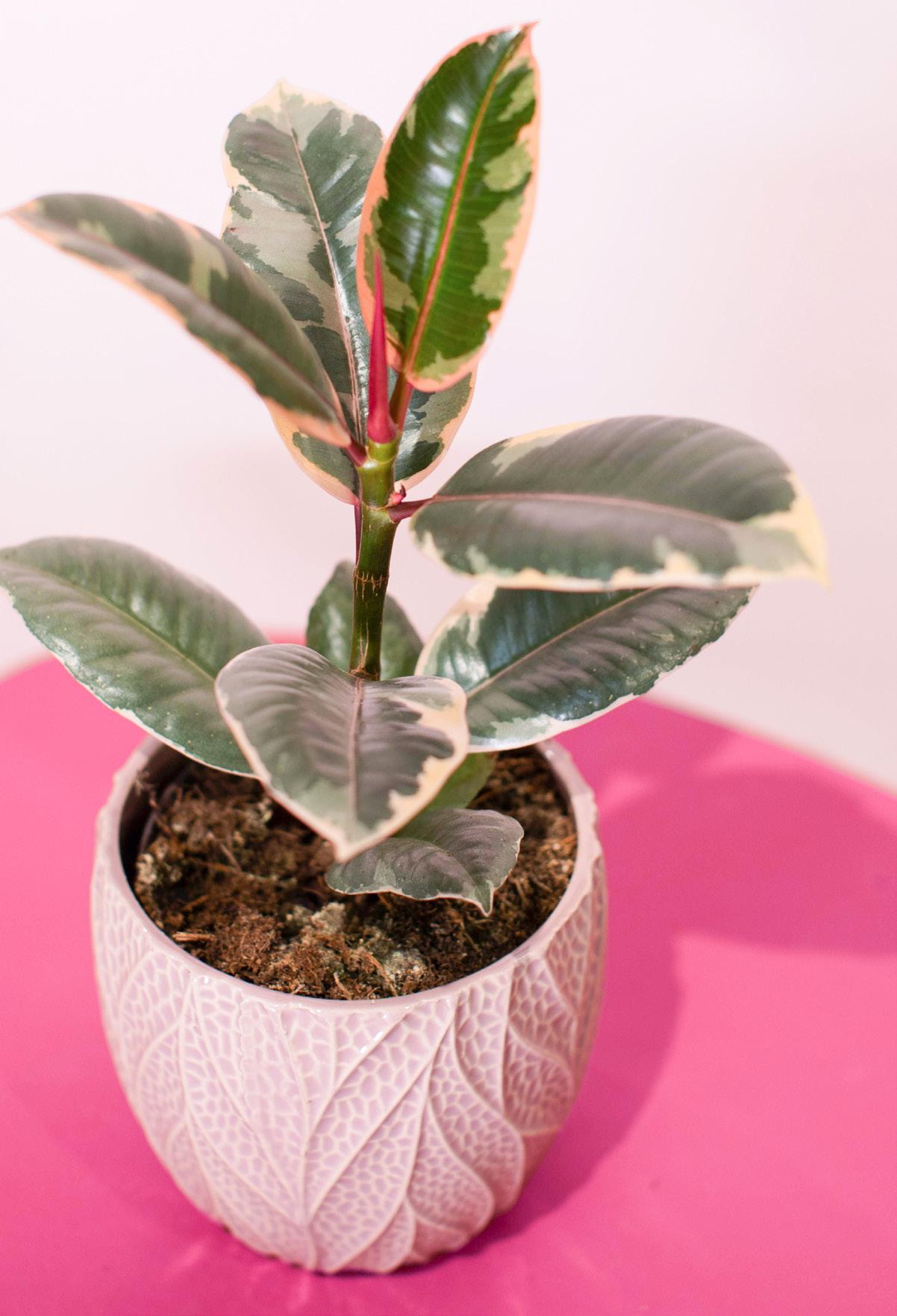
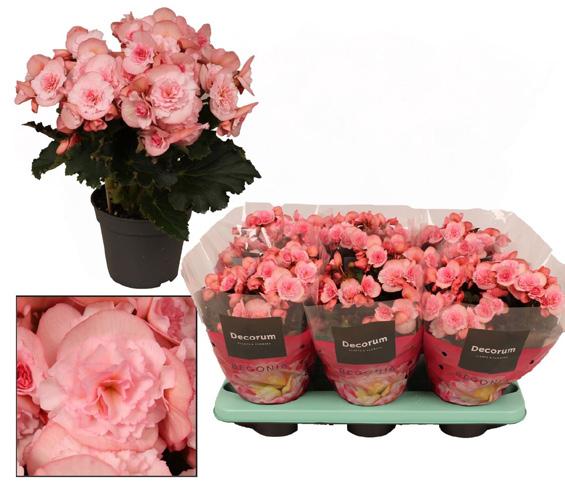
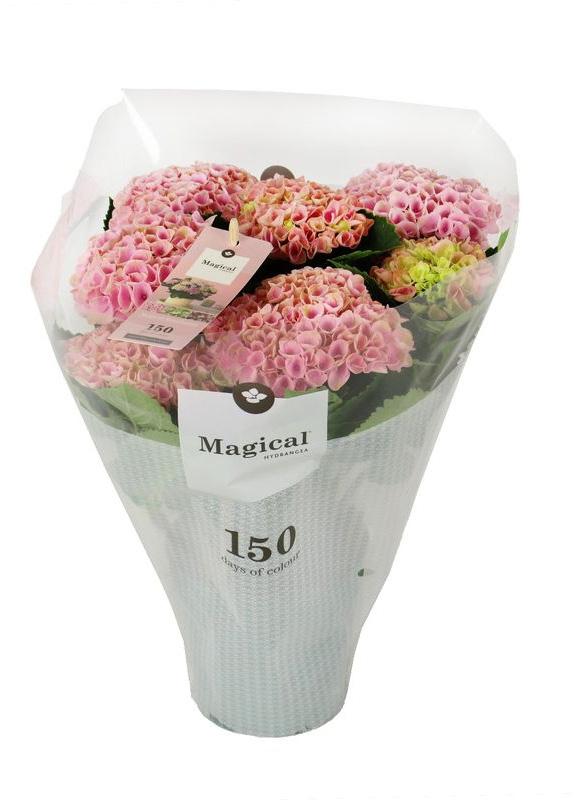

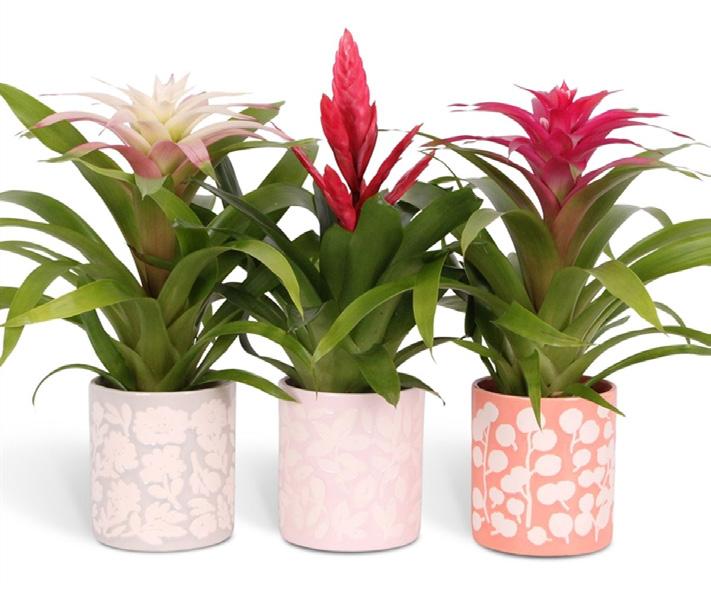



7
BEHYJLRZ-14A
BROMMX-SP87A
PHILO-SP07A
PHALMX-§SP01A
HYMAMRRZ-12B5+V
COUPE-§SP351A
I Promised you a Rose Garden
The pink Barbie hype does not only colour all interiors. The garden, patio or balcony also get a pink makeover. From bright pink Bougainvilleas to old-fashioned pink campanullas & hydrangeas. Green fingers or not, a pink garden is a must this summer. VEBIRZ-SCH27A ACHAPP-15A
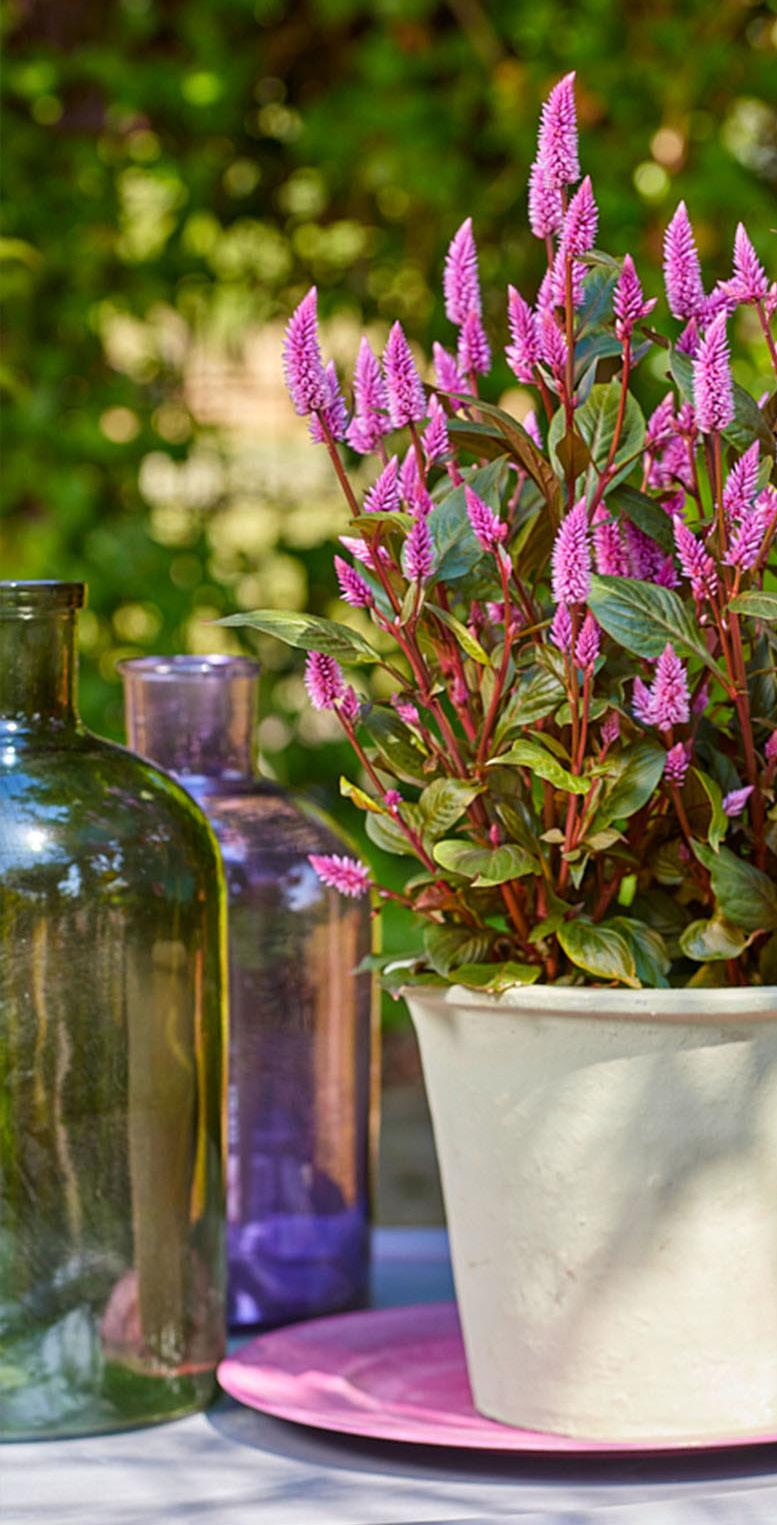
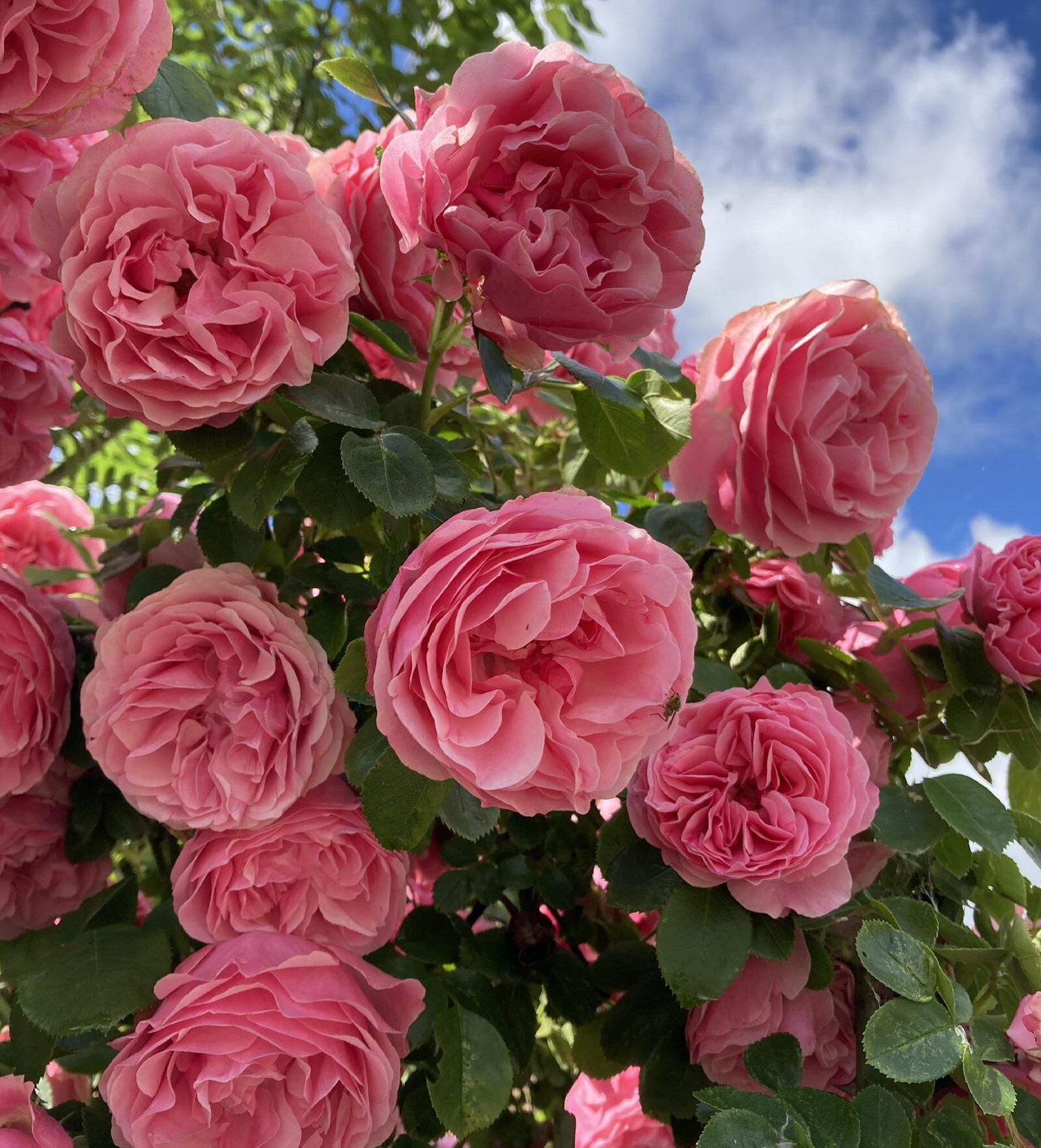
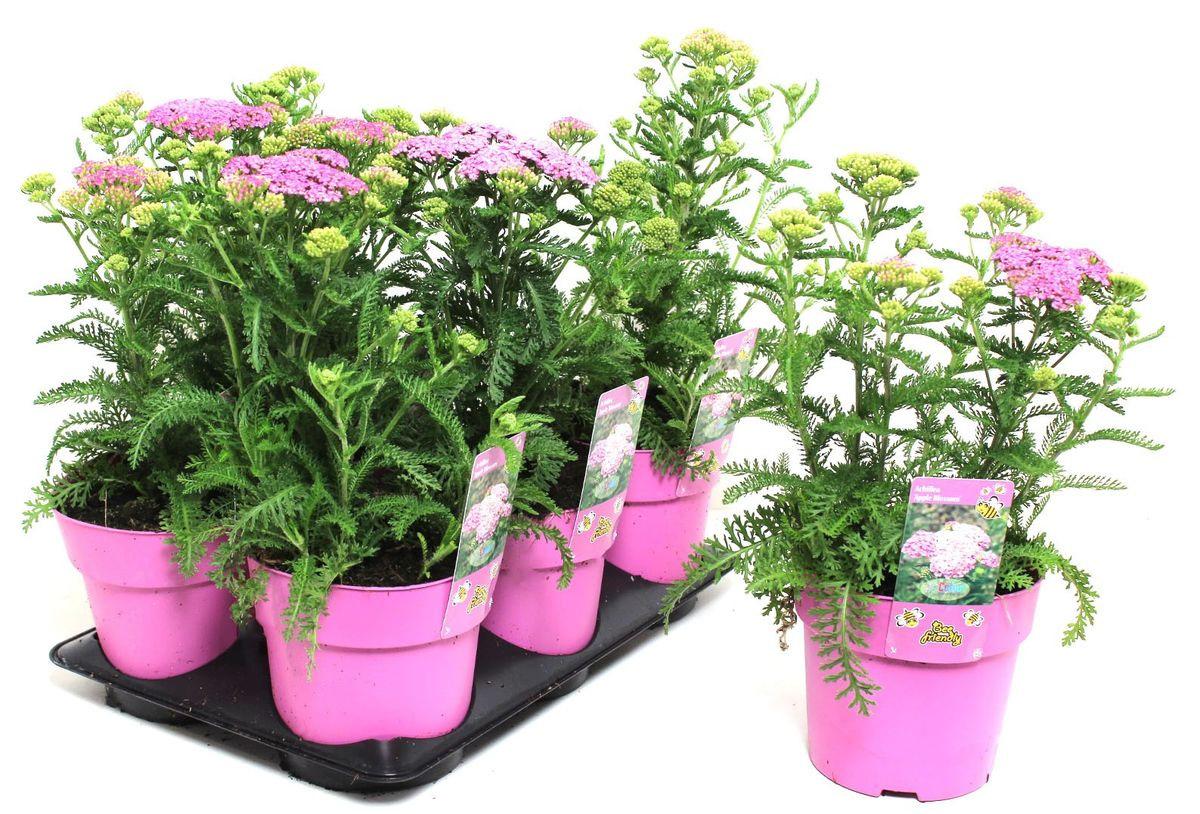
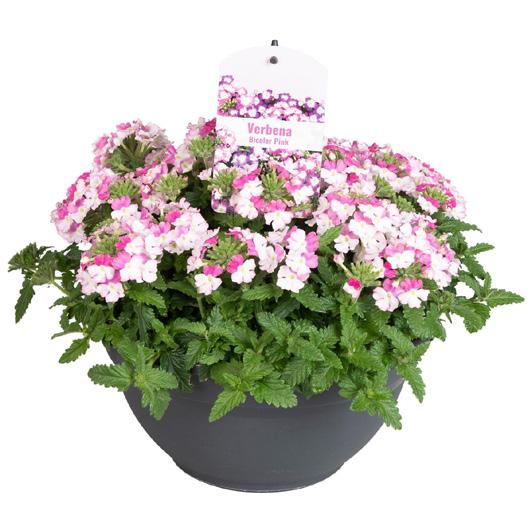

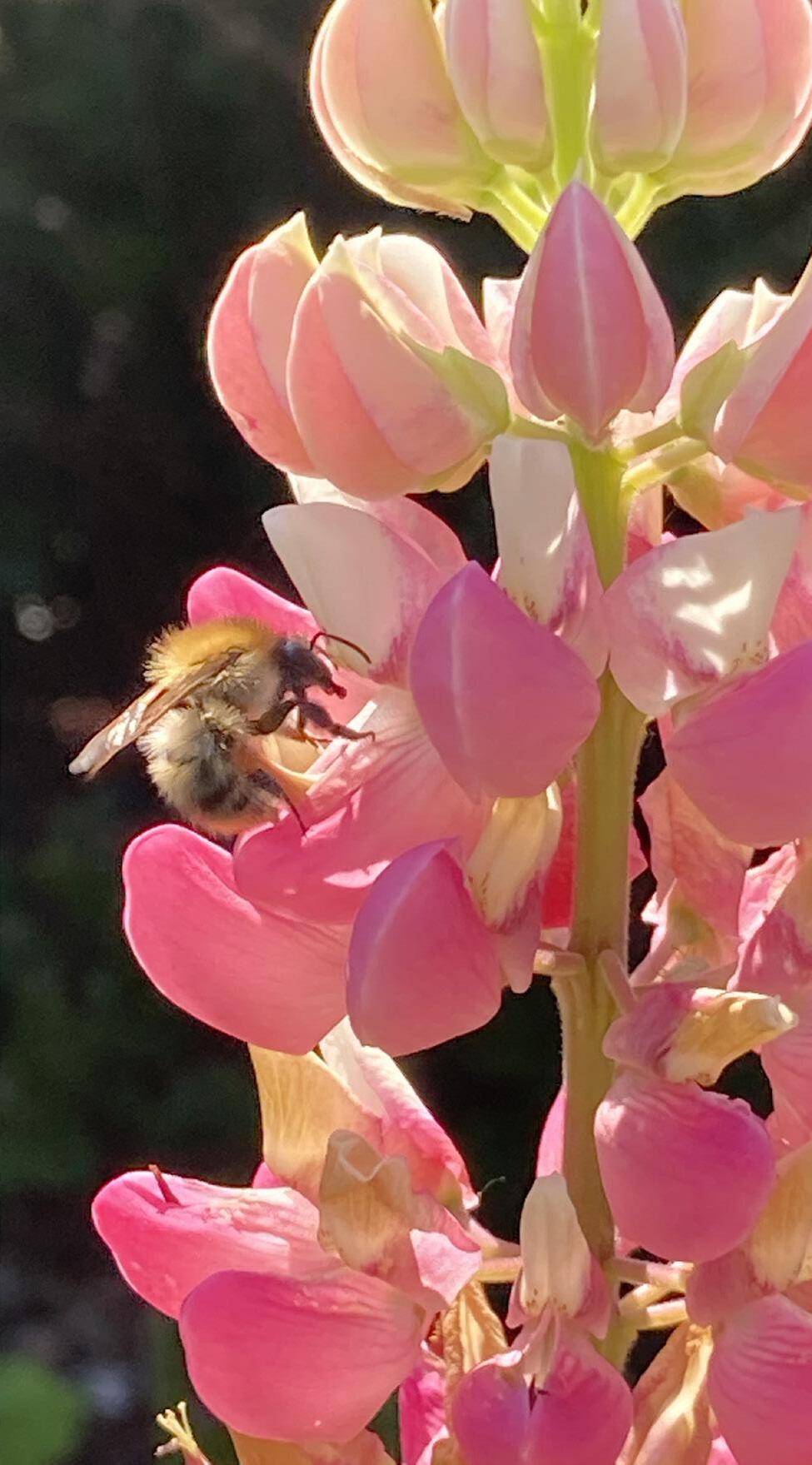
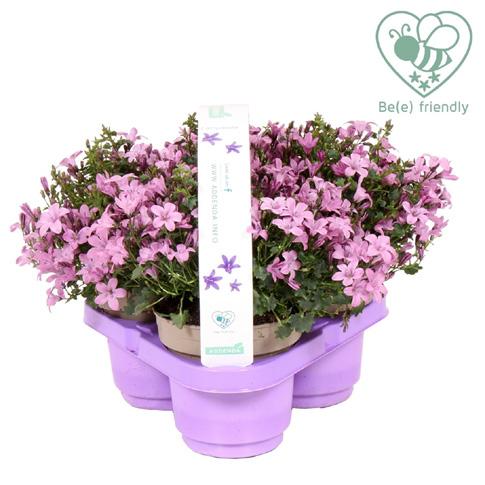

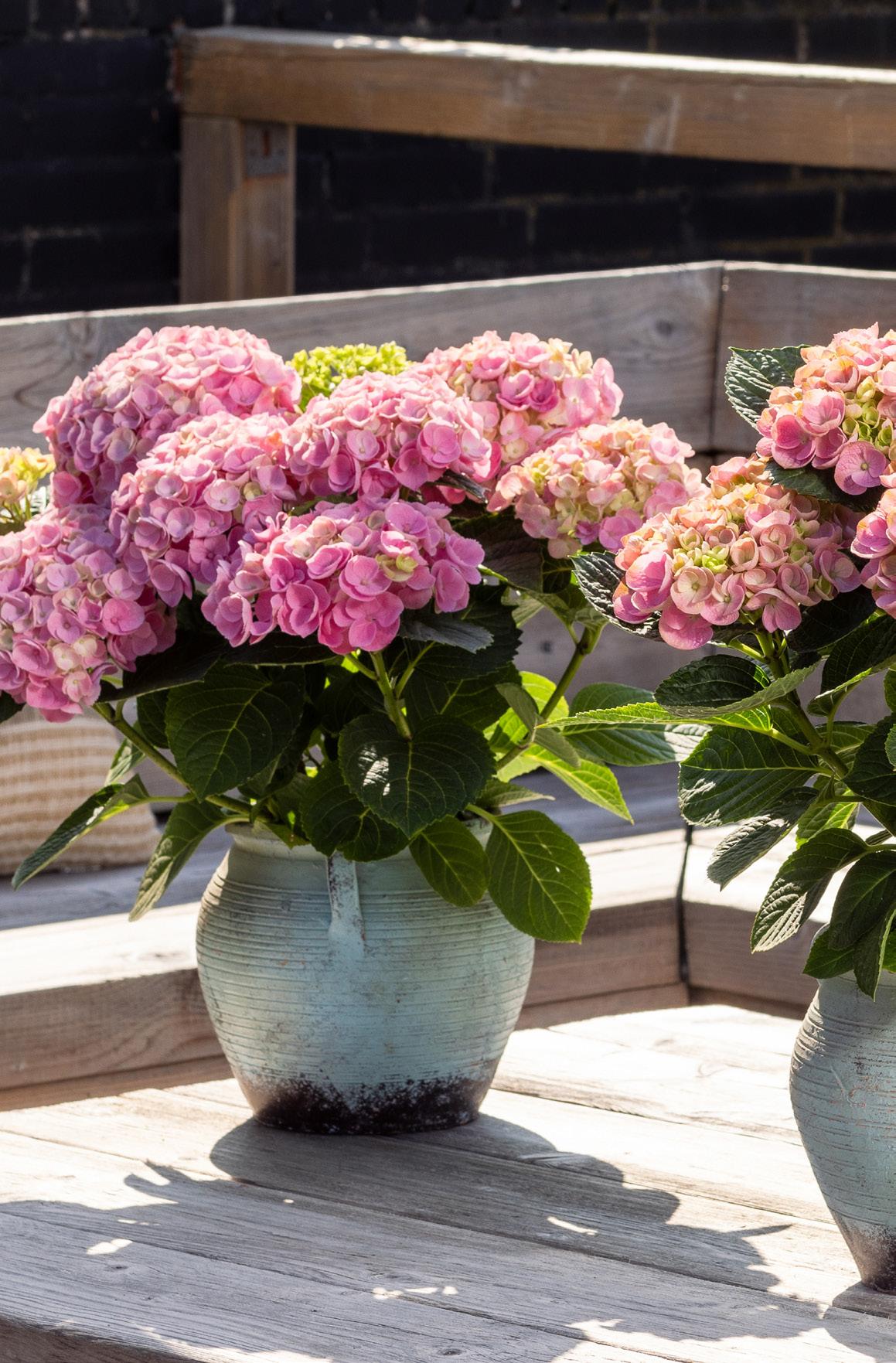
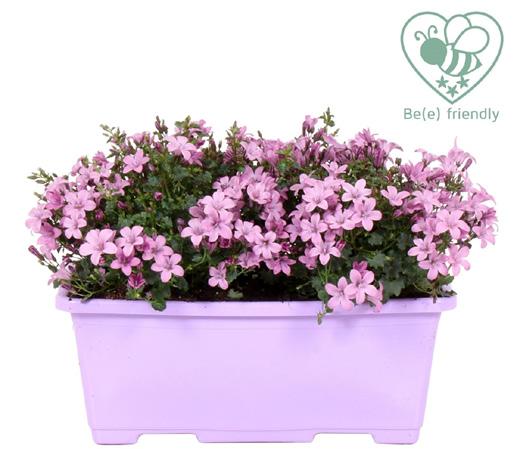
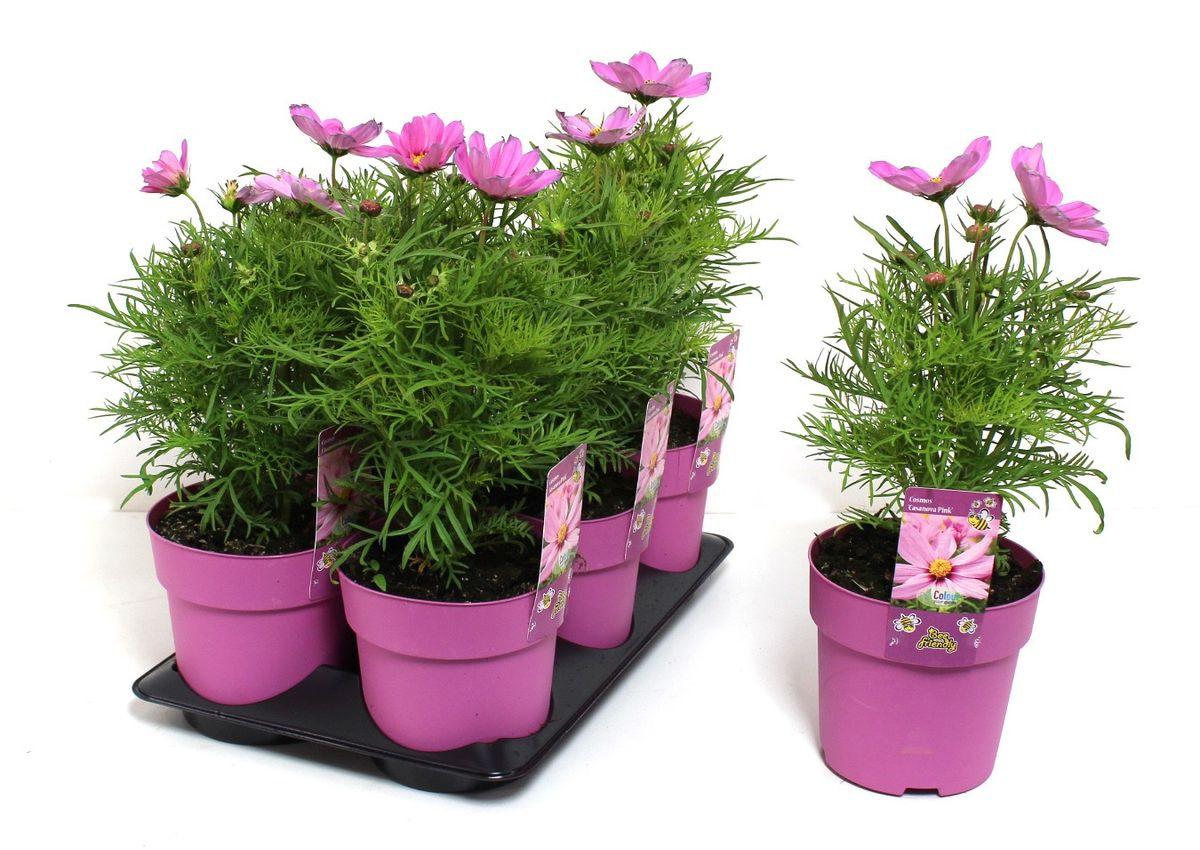
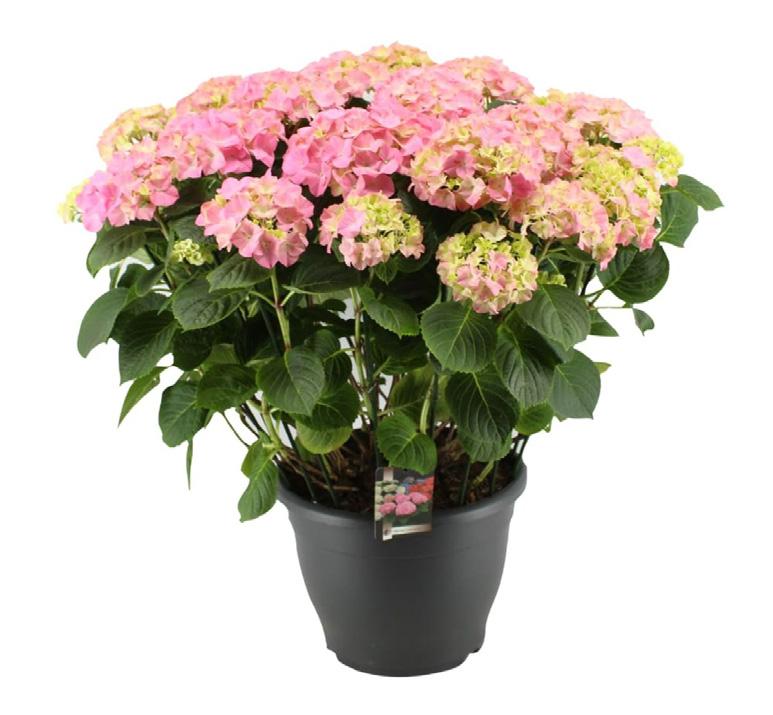
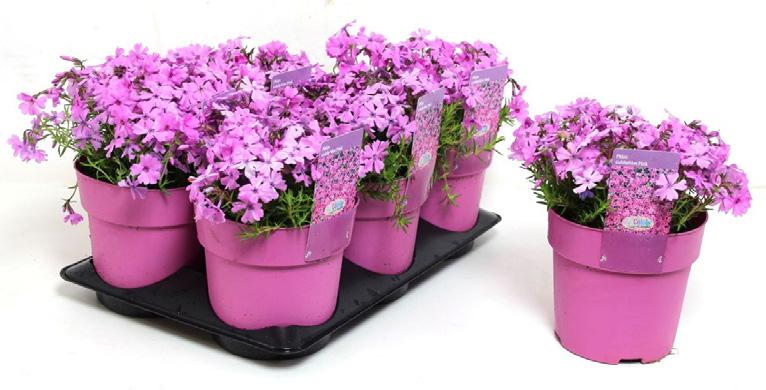
9
CAAMRZ-SE03A
CAAMRZ-BLB27A
PHGOPI-15A
HYMARORZ-32A DAHDPI-15A
COCAPI-15A
KP Holland: from family business to global player
Seventy-five. That’s how many candles will be on KP Holland’s birthday cake next year. Secret of their success? The unique combination of both production and propagation as well as breeding of Kalanchoe, Spathiphyllum and Curcuma. Not to mention their pioneering role when it comes to sustainability. Commercial director Pim van der Knaap gives us a look behind the scenes.
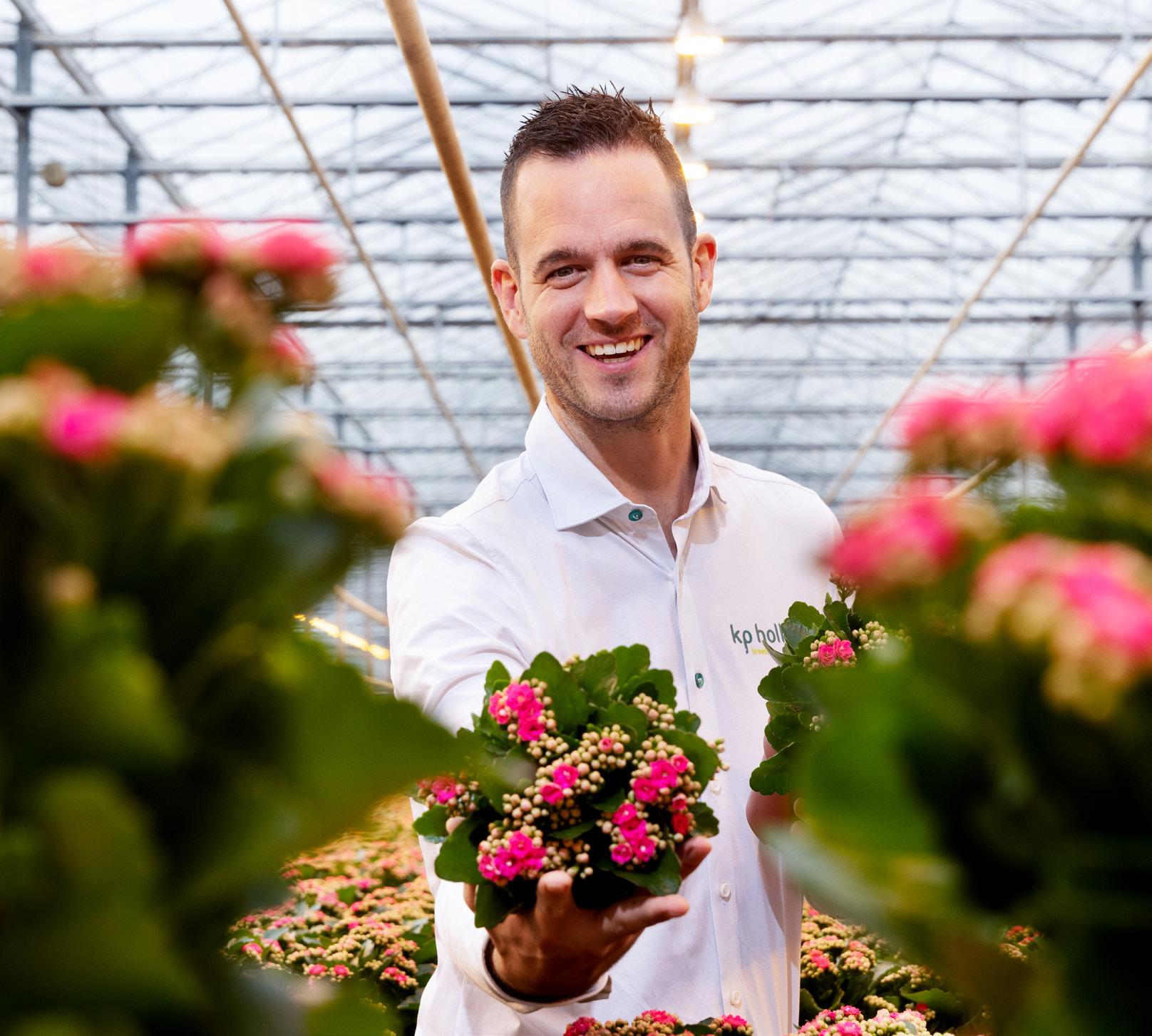
10
Pim van der Knaap, Commercial director KP Holland
Specialising in excellence
Back to the beginning for a moment. In 1950, Jan van der Knaap cautiously started growing vegetables. He soon switched to pot plants. From 1970, the second generation came to the fore. Each son specialised in a particular crop. One in Kalanchoe, another in Spathiphyllum and the third in Curcuma. This fixation on a particular product would later bear fruit.
Today, the third generation is at the helm. The crops have remained, but the business structure looks slightly different. Pim explains. “For example, I am responsible for everything to do with commercial,my brother for all production and my nephew for engineering and ICT. A logical evolution. Because we have built up in-depth knowledge about each crop, we have attracted a significant market share to ourselves in recent years. Moreover, twenty-five years ago we started breeding new varieties within each product group. This has given us a solid position, a solid basis to grow further and who knows, maybe add a new product group.”
Controlling the market with a distinctive product range
KP Holland started breeding because they themselves were not so satisfied with the genetic material provided. Gradually, they did the same for others. So aren’t they shooting themselves in the foot? “On the contrary,” Pim explains. “We are responsible for the products we put on the market. If a product doesn’t do well, it returns like a boomerang. Moreover, this is how we keep the market under control. Another advantage: we can test the new variety in two environments. Both with us, and with other growers. A privileged situation if you want to bring new varieties onto the market.
This gives us a strong range that is less susceptible to diseases and pests, has a longer shelf life, stronger flowers. Each crop distinguishes itself in its own
“We don’t just sell a product, we sell trust. We want to be a true partner, think along and look for solutions together”
Pim van der Knaap
way. In Spathiphyllums breeding, for instance, we emphasise pollen-free genetics. Result? You get a cleaner product that leaves no white powder behind. Less pollen also means fewer allergic reactions. What else? The plants attract fewer thrips, which means growers of these varieties need far fewer pesticides.
With Kalanchoe, we focus on a nice full flower head, with lots of buds and firm leaves. The long flowering time, around eight weeks, is also an important criterion.
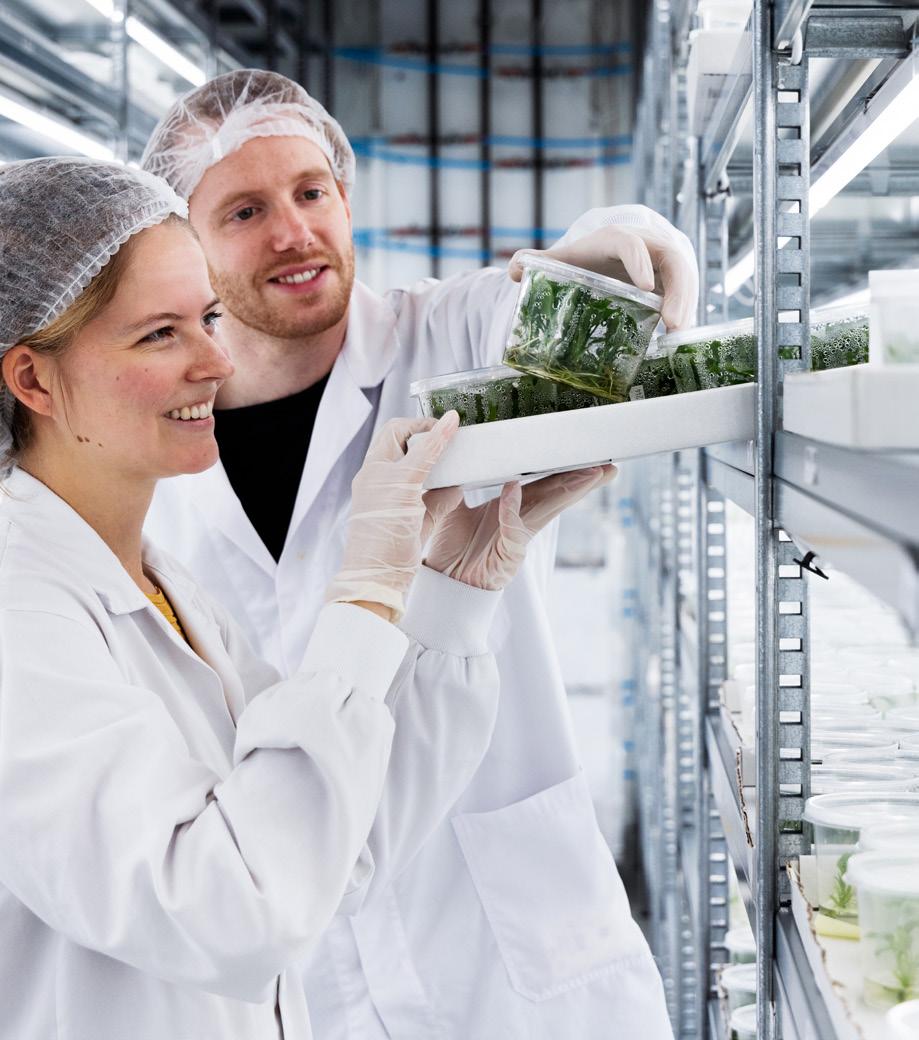
11
And then there is our Curcuma. In this, we are the only breeder worldwide. How that came our way? My grandfather was a man of the world. When he landed in Thailand, he instantly fell in love with Curcuma. After testing and slowly building it up, he developed a market for it. Today, as many as two million Curcumas are produced in Europe.
Accelerating each other
KP Holland stands for ‘Plant Excellence’. A promise they deliver not only with their high-quality product range, but also with the way they work together. “We don’t just sell a product, we sell trust. We want to be a true partner, think along and look for solutions together. I think that’s where the key lies for the future. That is why we are also affiliated with The Accelerators, a collective of floriculture companies taking the lead in making the chain more
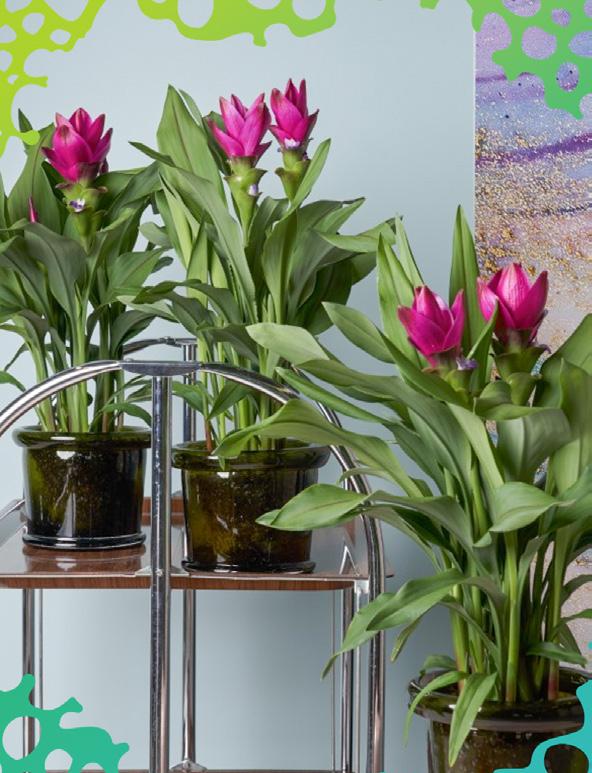
“Our people are number one. We want to be a place where employees can develop”
Pim van der Knaap
sustainable. We try to literally accelerate each other, and by extension the whole sector, on issues such as footprinting, biodiversity, energy and so on. Because ultimately, we have to do it together. By talking to each other and sharing best practices, you encourage each other to take the next step.”
100% green cultivation
Sustainability has long been high on the agenda at KP Holland. For instance, they recycle almost everything, generate their own energy and are connected to the geothermal heat network. In breeding, disease resistance is a crucial trait that reduces the need for plant protection products. That is the basis, but they are doing much more. “We are doing tests to grow peat-free. But that still has some ground to cover. We have also started a project together with some Kalanchoe growers. Our goal? 100% green cultivation. Putting all the knowledge, data and insights together to eventually arrive at a crop grown without resources.”
Forging bonds on the football pitch
Empowering each other. Communicating transparently about data. It typifies not only KP Holland but also Floréac. It explains why the cooperation goes back so long. “Geert Floré often visited us here. And vice versa, we would occasionally travel to Belgium. My father Aad recently recalled a fine anecdote. We used to play football with our team against the team from Floréac. With the inevitable BBQ and Belgian beer afterwards. (laughs) Today, too, the cooperation is firmly based on mutual trust. Our account manager Ruud and the purchasing manager Lisette at Floréac regularly put their heads together to share information. The result is a rock-solid action plan. In addition, we share a progressive digital vision.”
People first
No KP Holland without the 150 full-time equivalents working there today. Some have even been there for a career. That says a lot about
12
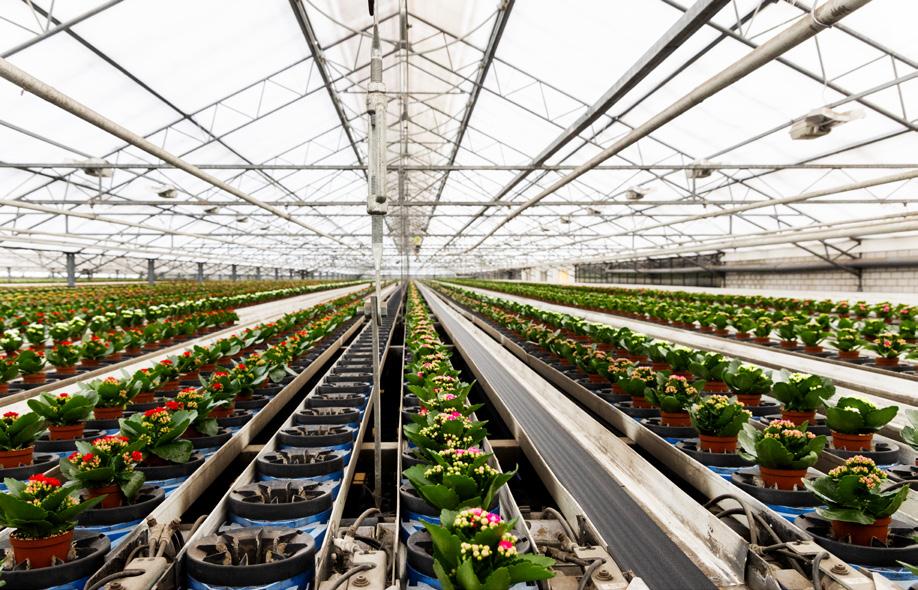
a company. “Our people are number one. We want to be a place where employees can develop. Of course, we live in an economic reality and we have to look at profitability and efficiency. To repetitive tasks that can be automated, for example. If that is the case, then we engage with our people. What do they themselves want? What talents do they want to use? We actually do everything we can to keep our people with us.
It is not only at our Dutch locations that we put our efforts into this. We also share ownership of a cutting
Where? six locations including the main location in Naaldwijk
What? Kalanchoe, Spathiphyllum and Curcuma in different pot sizes. A total of 30 million plants per year.
Employed? 150 FTE
Certificates? MPS-ABC, MPS GAP, MPSQuality, MPS-SQ (Socially Qualified), GRASP - Global G.A.P
Sales market? Germany, followed by France, Italy, England, Spain, Belgium, Netherlands
company in Uganda. We have been producing highquality Rosalina Kalanchoe cuttings there for more than 15 years. From every cutting sold, part of the amount goes to a charity investment fund. Before our arrival, there was nothing in that place. Today, 500 families have an income and there is a village with important facilities such as a small school and a doctor. Workers can have free breakfast and lunch and there is childcare.”
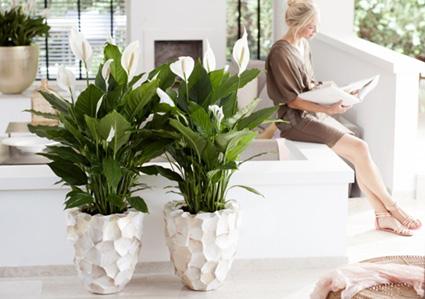
Championing sustainability together
Finally, a look to the future. “I notice that young people, especially since corona, are doing a lot with plants and flowers. So that’s fine. For the sector itself, it is important that everyone pulls the sustainable cart. I understand it’s a barrier for some growers, but you just have to take that step. Start with one thing, footprinting for example. And work together. Only by joining forces will you grow.”

13
Retrorange
Orange! Fiery, bold and contrasting with today’s neutral tones. For many, a nostalgic trip to the playful 70s. Think colourful furniture and wallpaper with cheerful floral motifs. You can go either way with orange. Mix, match and let mums shine. Because with orange flowers in the house, it’s always a bit of a party.
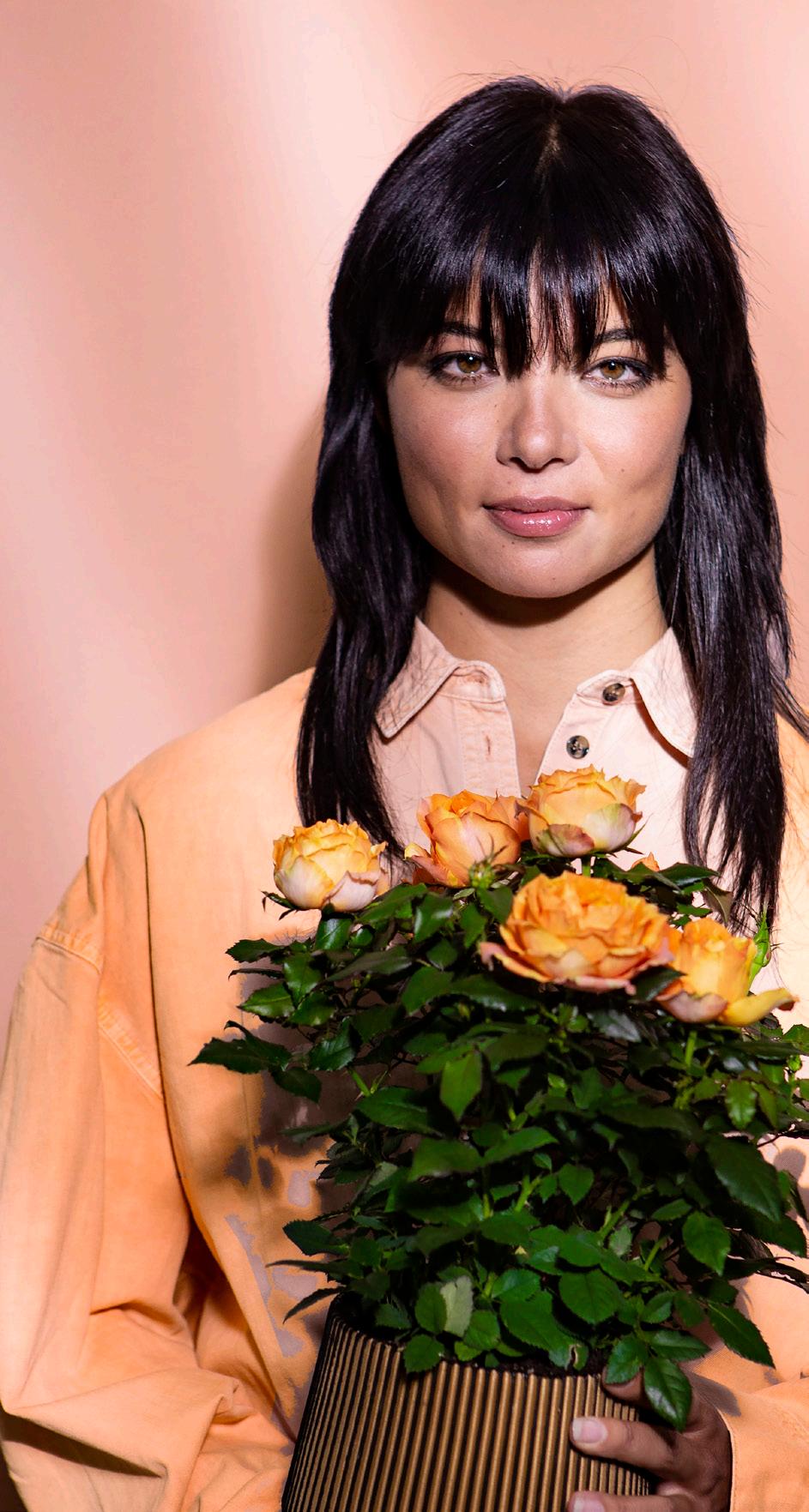
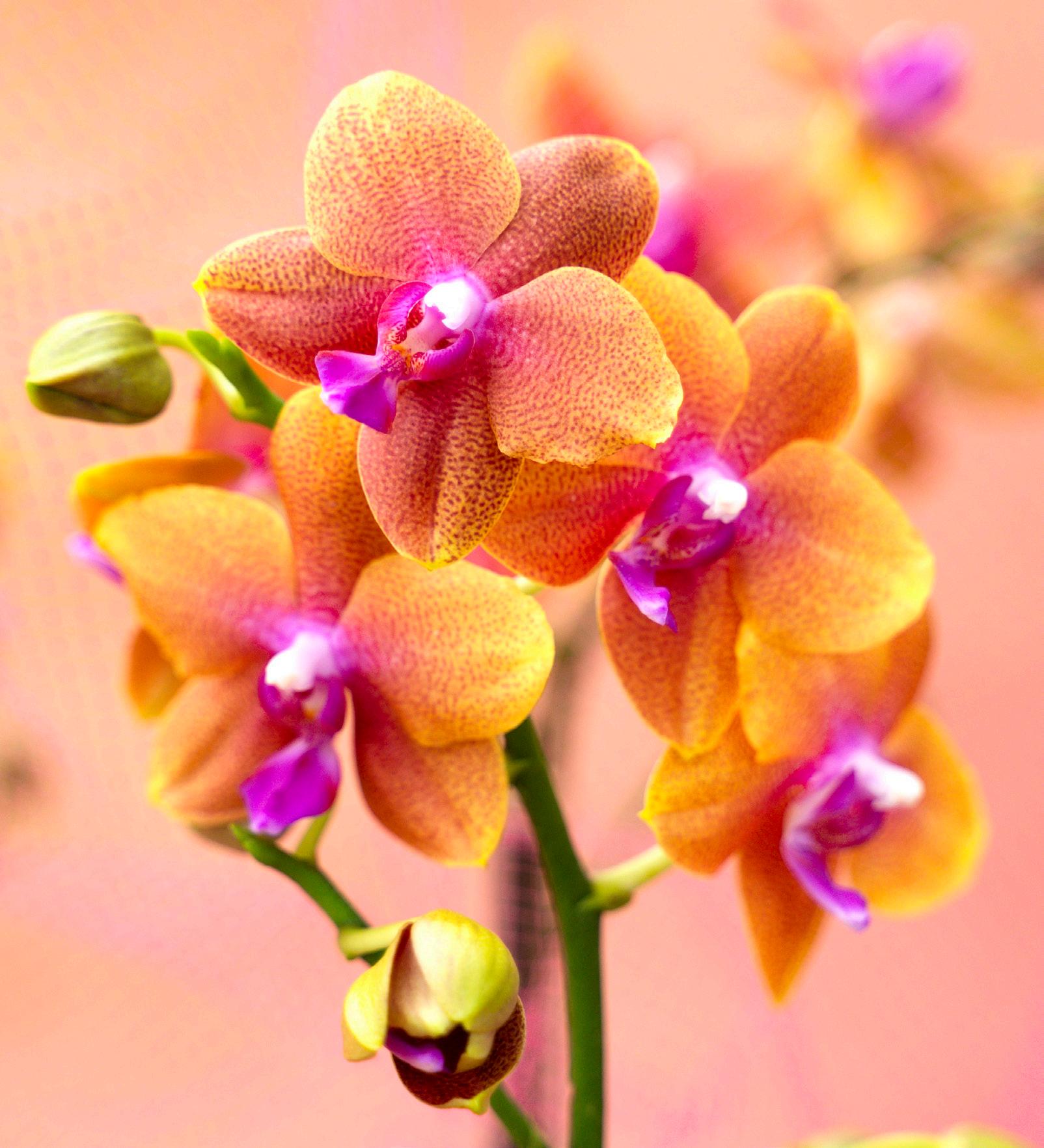

 VRIEOR-12V
ANANOR-SP01A
VRIEOR-12V
ANANOR-SP01A

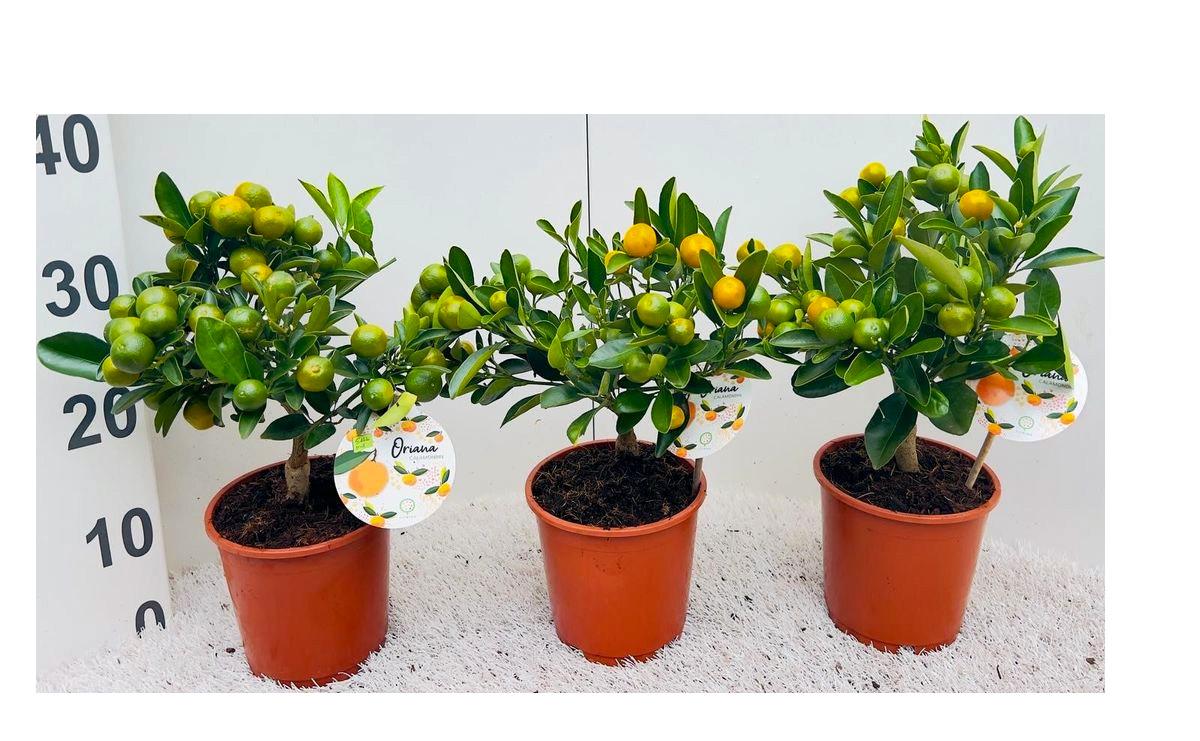
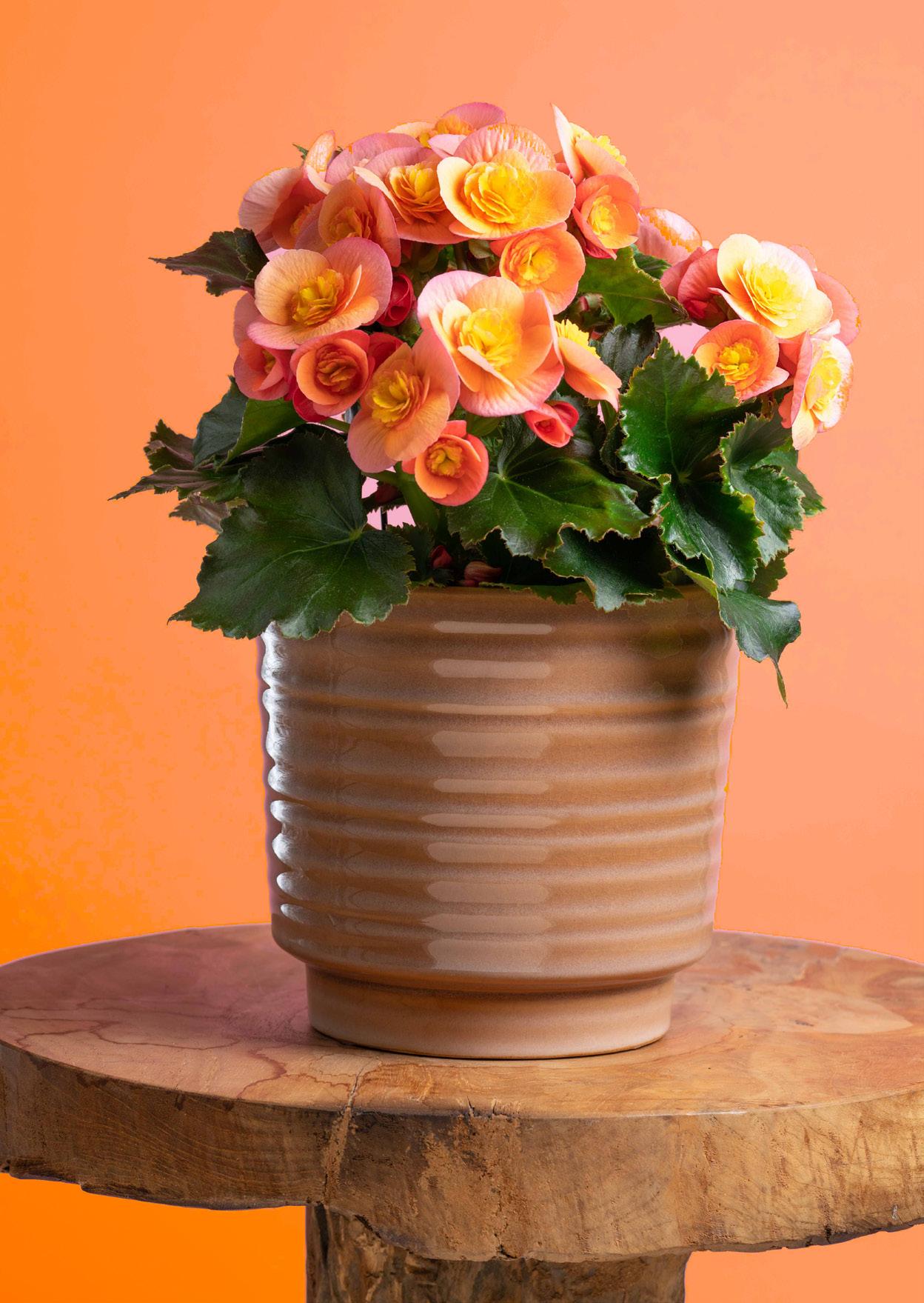


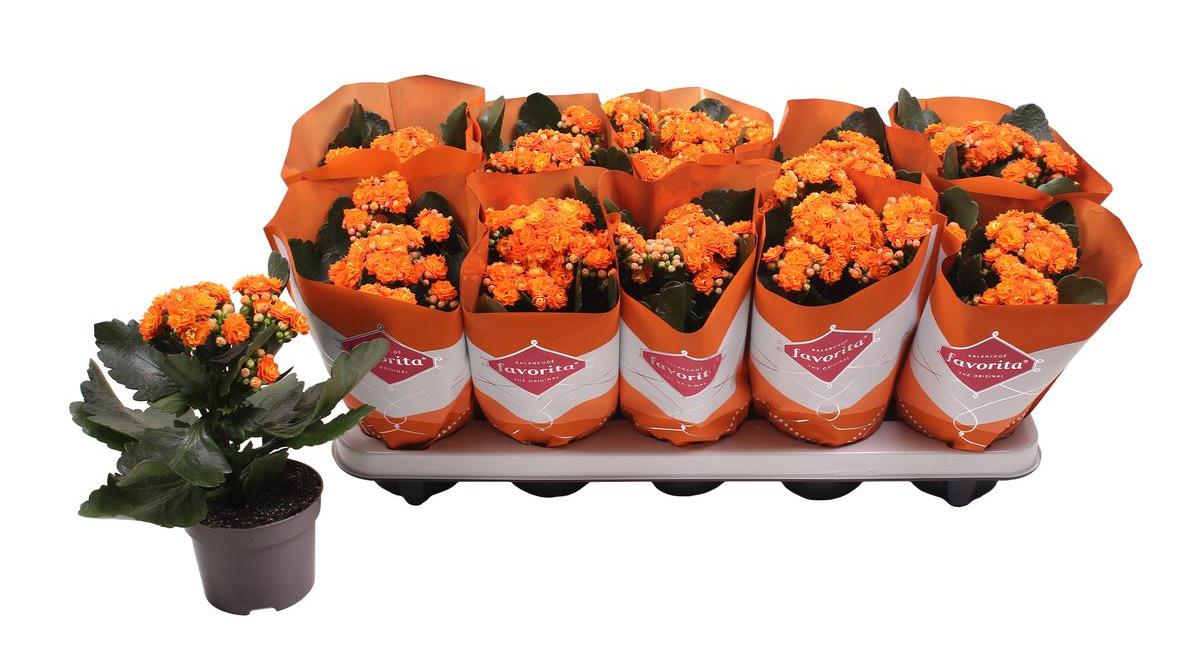


15
CICALA-O030A
ROSACLFI-HS01A
KADBOR-10P GLOROR-BG100V
PHKOMX-§SP13A
Orange garden party
Orange and green? A match made in heaven. That’s why orange plants are sure to steal the show in any garden. Orange garden gerberas, Echinacea and Geum, let the retro party begin. Even wallflowers spontaneously rock their leaves. Put them next to warm yellow Coreopsis or sky-blue Hydrangeas... They will shine.
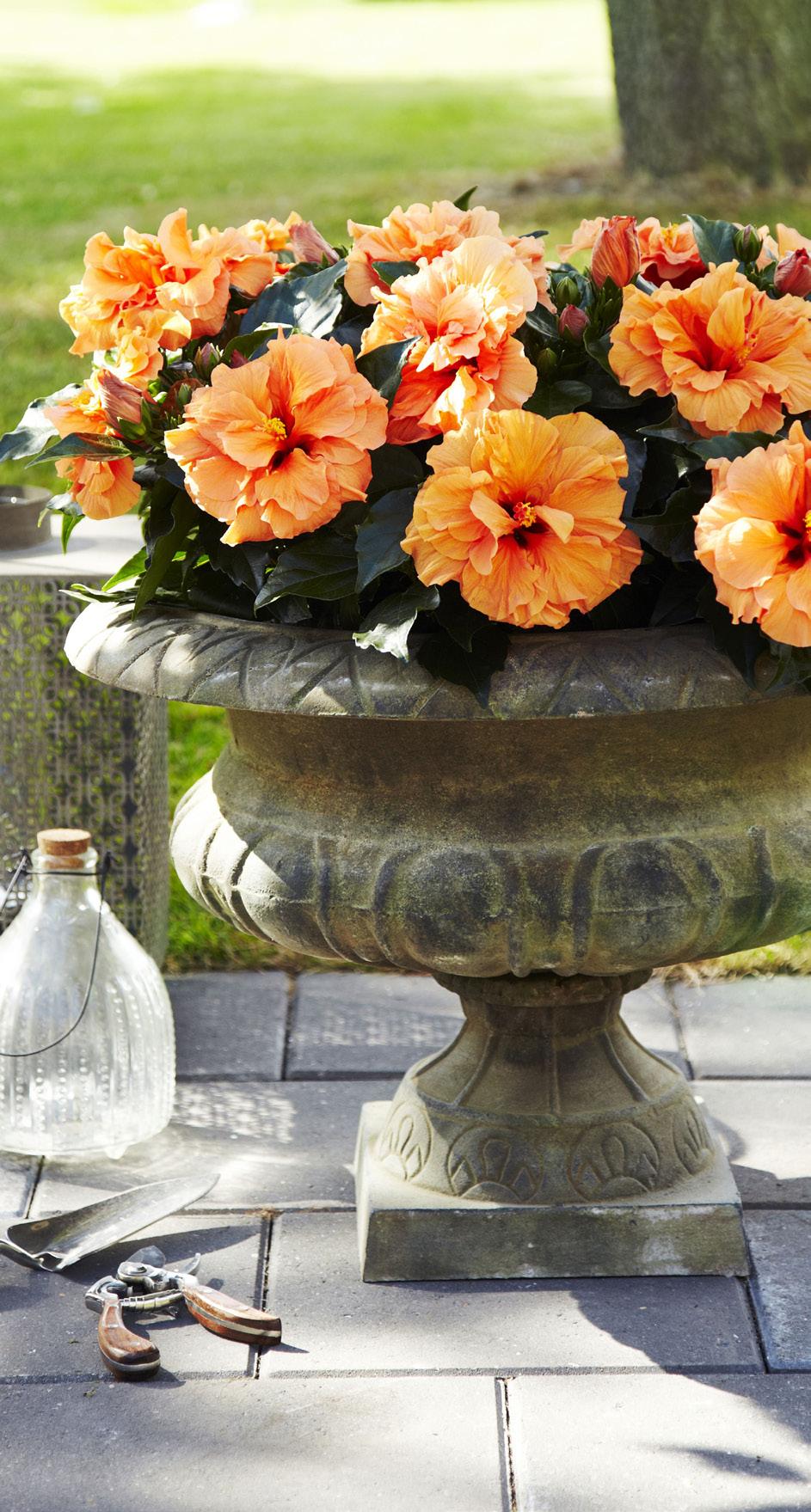
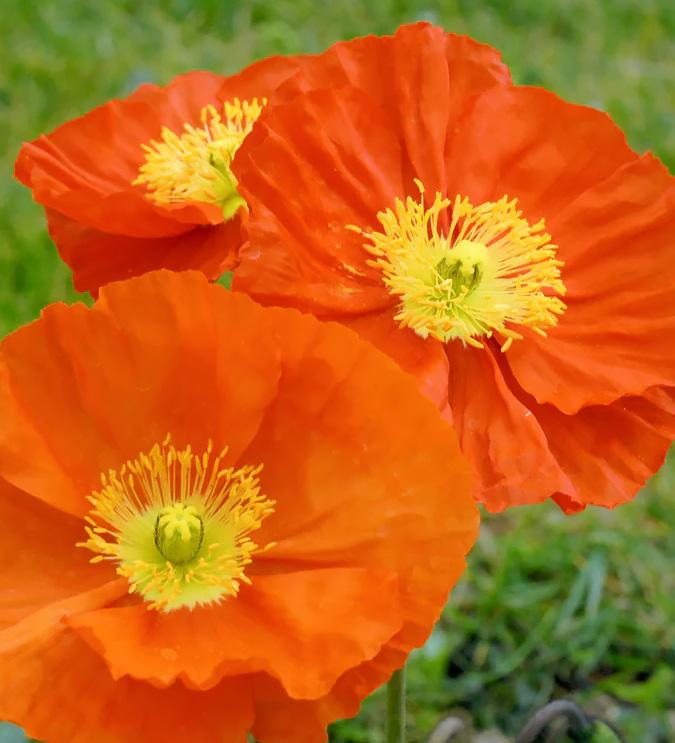

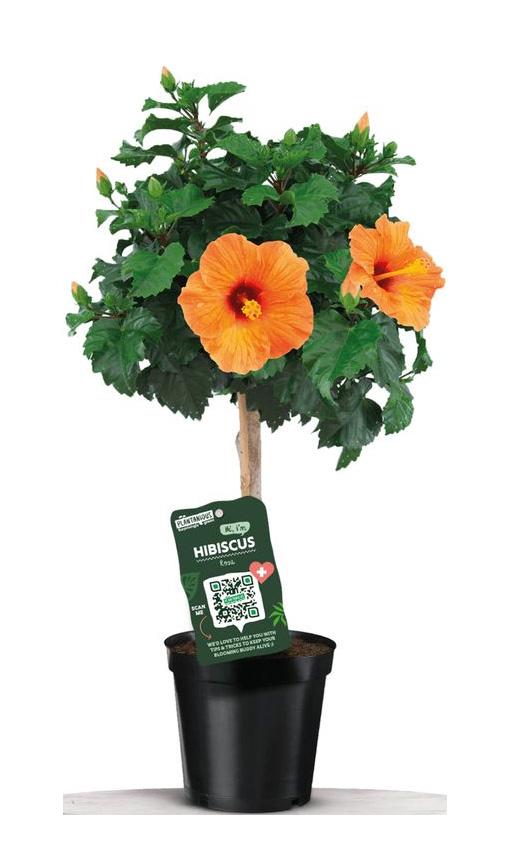
HIBISCOR-O075A
CEKEFIOR-PP12A



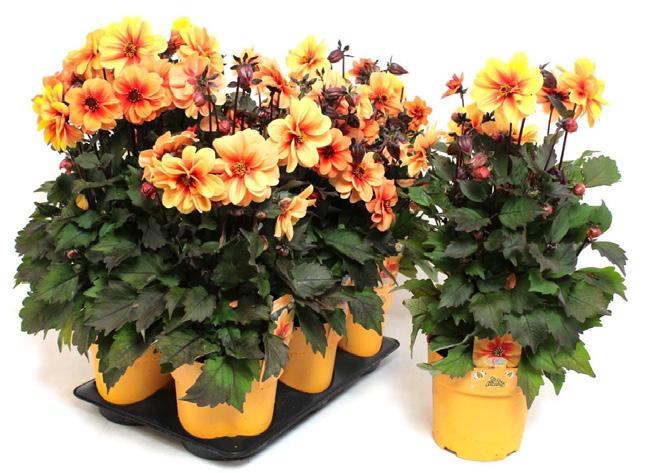

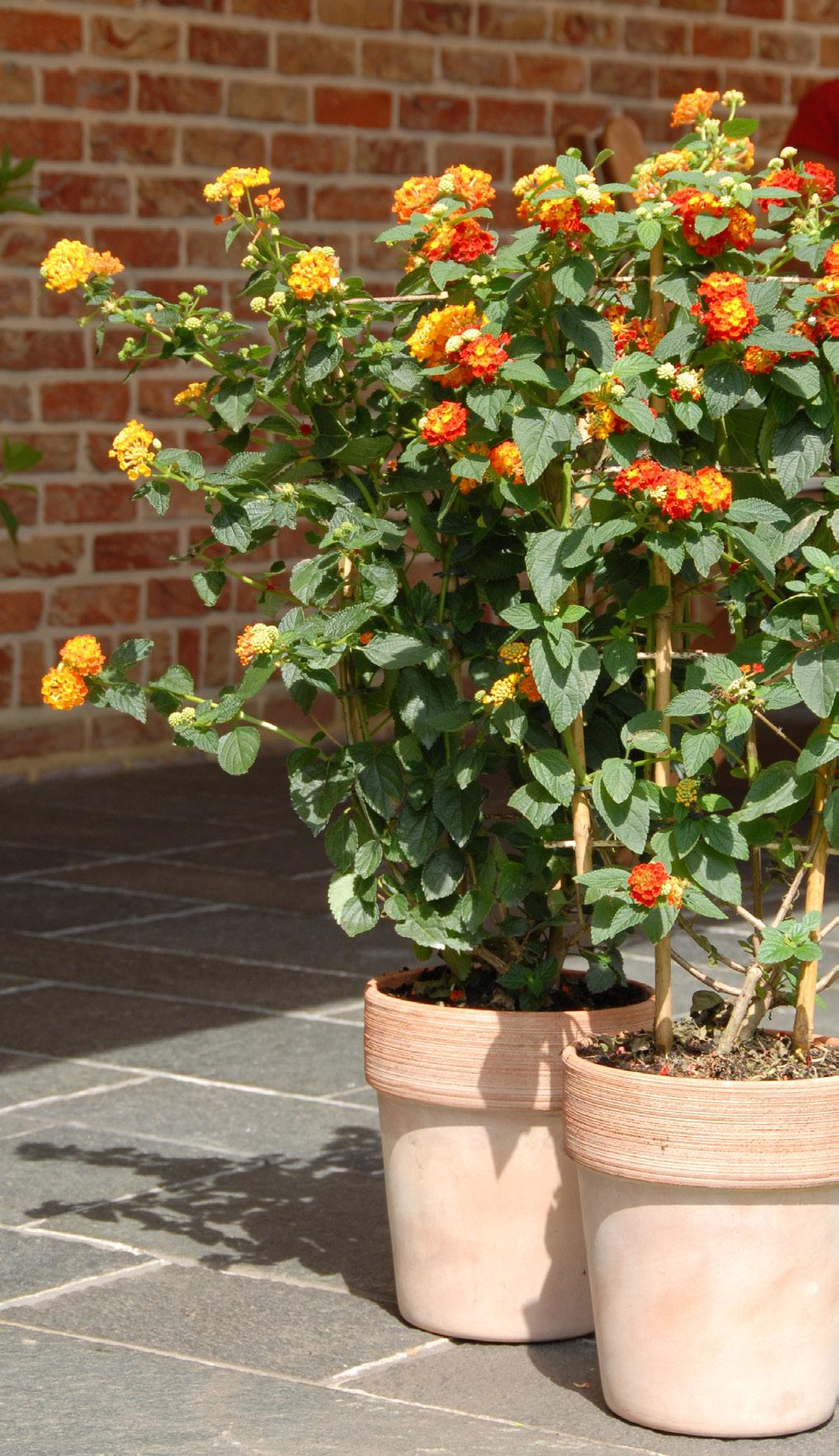

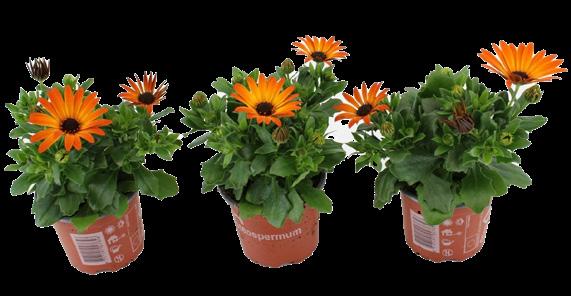
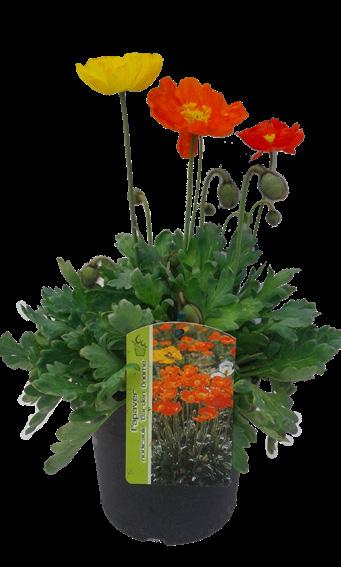
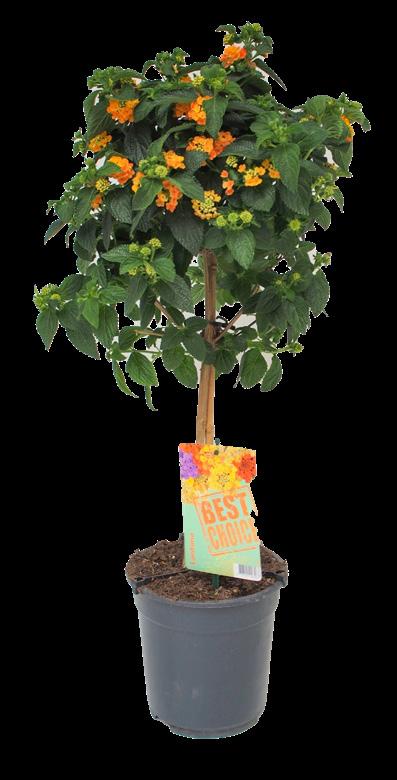
17
COREOP-19P
DADREY-15A
OSTEOR-11A
GAARDABI-15A
ECLAOR-19A
PANUDI-17A
LANTOR-O080A
Study green
In spring 2024, Ghent University’s Faculty of Bioengineering and HOGENT, through the 360° Care and Wellbeing Research Centre, together with enthusiastic partners, unveiled the results of a progressive project called “Study green”. This initiative, which ran from 2 May to 1 July 2022, sought to transform traditional study spaces into refreshing green oases. The aim was to address the rising trend of stress, overwork and burnout among students - problems that not only affect more adults but also have a significant impact on young people.
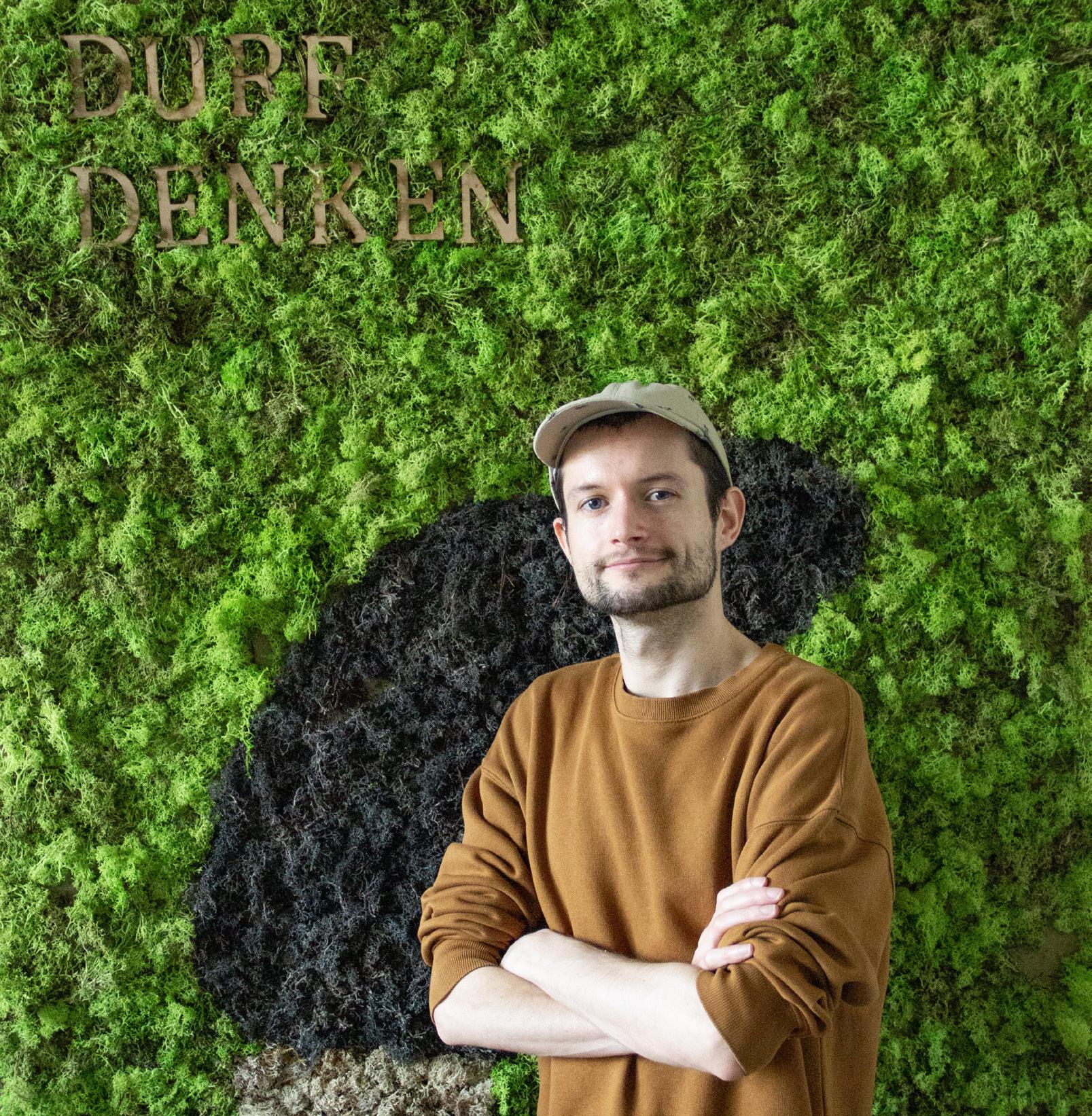
18
Thibaut D’huyvetter, Project coordinator at U Ghen

The importance of mental wellbeing
The need for this initiative was driven by a growing awareness of the importance of mental wellbeing, in addition to academic and organisational support. Given the increasing pressure experienced by students, it was time to create an environment that not
“I think it’s something instinctive, many people seek out nature to de-stress anyway. This is equivalent to drawing that nature inside.”
Thibaut D’huyvetter
only promotes learning, but also supports emotional and psychological health. Thus, study areas were transformed into green refugia, where students could experience the calming presence of plants and natural greenery.
Impact of green spaces on wellbeing
The impact of these green spaces on students’ wellbeing was carefully evaluated through surveys, in which students reported their stress levels before and after studying. The findings were revealing. Students in green environments not only reported a significantly greater decrease in stress compared to those in nongreen zones, but also a noticeable increase in positive emotions after their study periods.
“Students who saw houseplants when they looked up from books reported less stress. They generally had much more positive feelings,” explained Thibaut D’huyvetter, project coordinator at UGent. “The
19
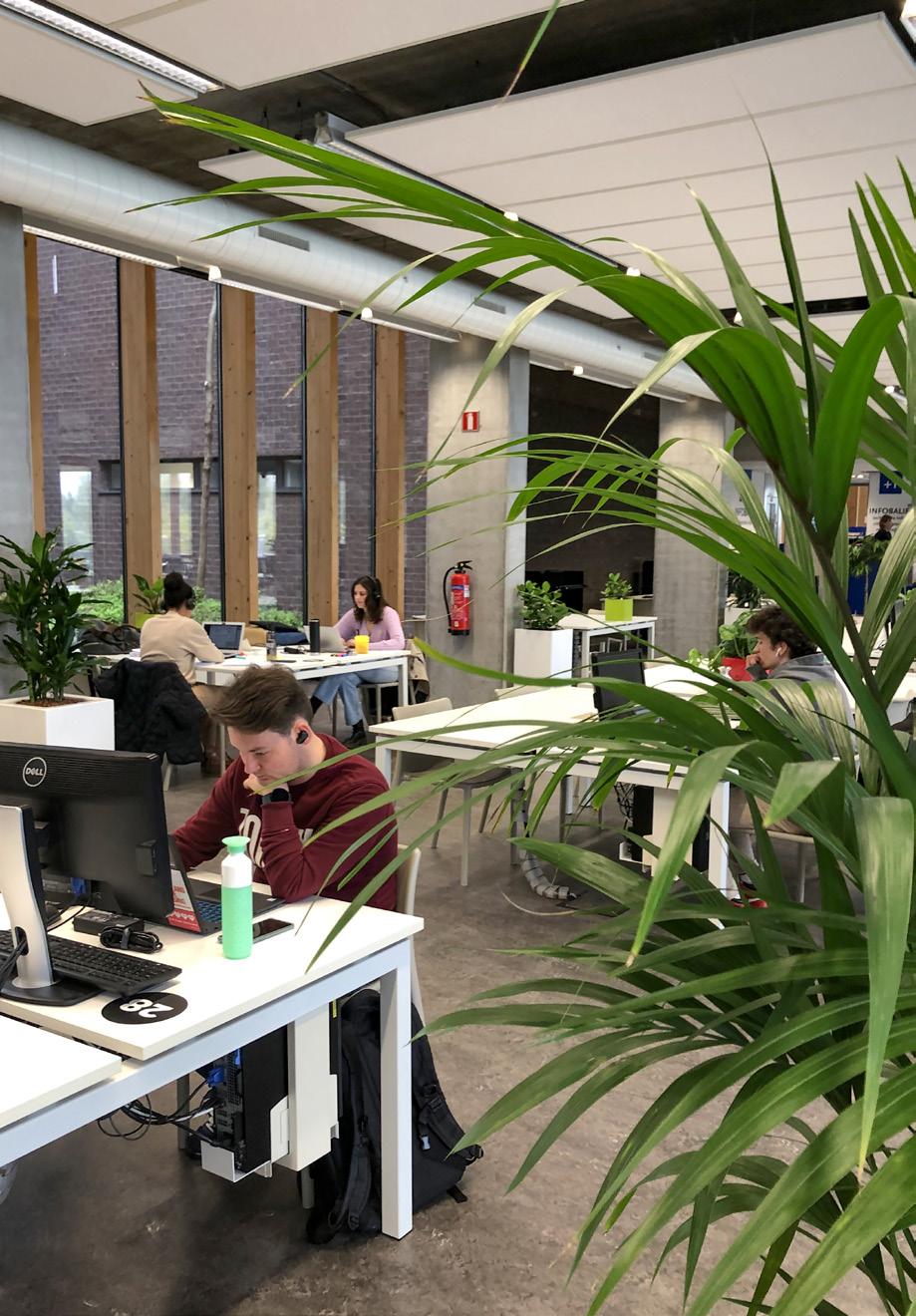
most striking thing for me is that it appears to be a cumulative effect. Those who studied more often among greenery had less stress at the start of a study session anyway.”
These results suggest that incorporating natural elements into any study environment can be a valuable strategy to promote student wellbeing. “Still, it seems to D’huyvetter a good idea to bring some houseplants into the house during the block anyway. Although that actually applies to any work environment,” he says. “Just make sure you always have the plants within your field of vision when you look up. In the library on the Coupure, we saw afterwards that students now take the plants that were on the cupboard there to put them on the desk in front of them.”
Future directions and innovative perspectives
“Study green” serves not only as an important step
towards creating a healthier study environment but also as inspiration for future initiatives aimed at the physical and mental well-being of students. The project highlights the need for a holistic approach to education, where the learning environment is as important as the learning content itself.
Further research into the microbiome of students’ skin may shed even more light on the links between the physical environment and mental well-being. This part of the research, led by Dr Chris Callewaert, promises to offer new insights into how our environment interacts with our bodies on a microscopic level and influences our minds.
“Study green” illustrates a future where wellbeing, sustainability and academic excellence merge seamlessly, providing a valuable blueprint for developing supportive and healthy study environments.
“It is always a good idea to bring houseplants into your home during your study period, advice that actually applies to any work environment. Just make sure you always have the plants within your field of vision when you look up.”
Thibaut D’huyvetter
20
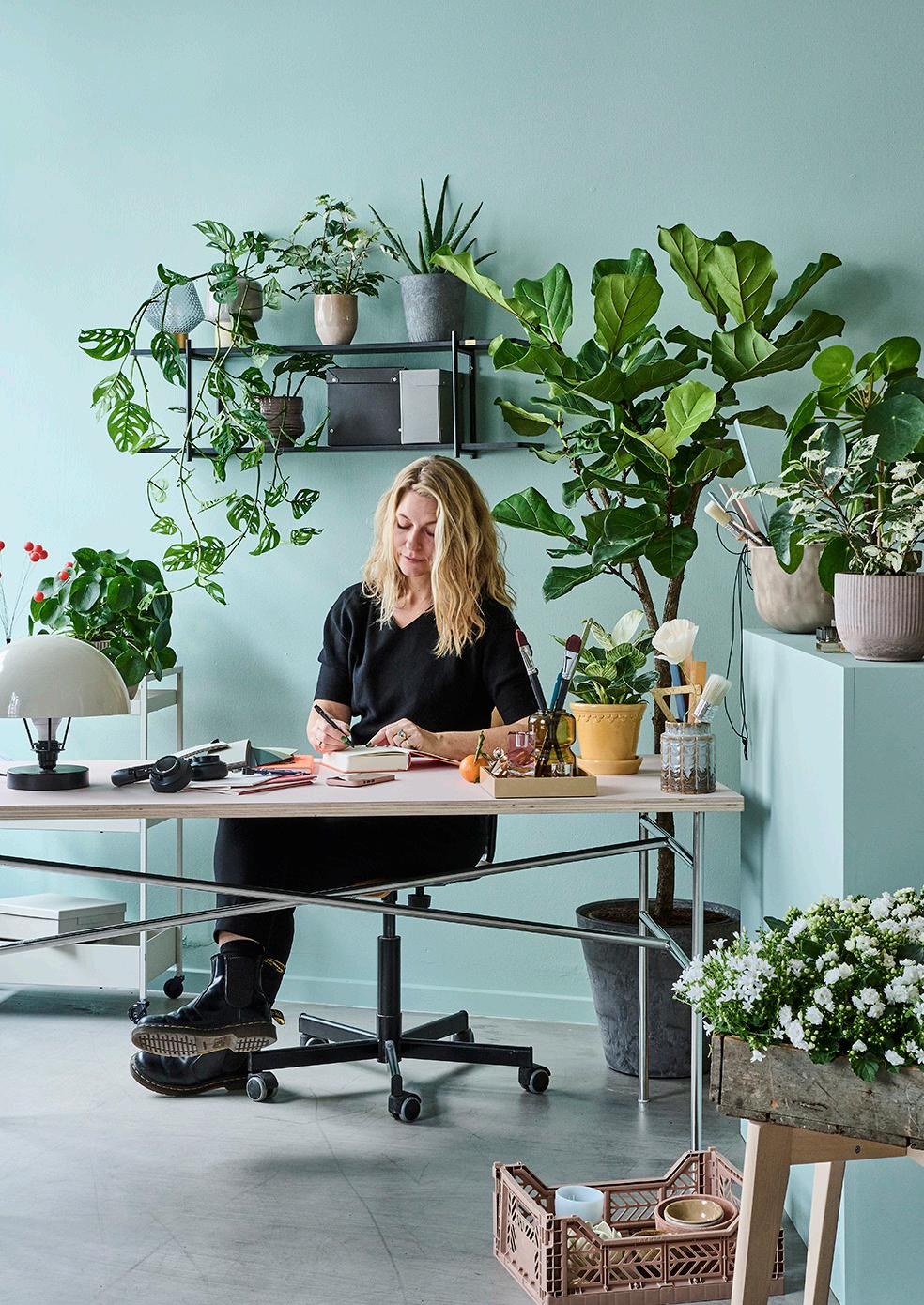
Beige is the New Black
Why choose beige? Because this quiet colour adds luxury and sophistication to any interior/terrace. And firstclass quality. Because with this crowd pleaser, you will always be right. Go for airy grasses, drought-resistant varieties that exude resilience and natural beauty. For example, plants with a fluffy texture, such as ferns. And combine these with rough, mineral textures. Curvy shapes also harmonise with this shade. Or what about sultry Mediterranean plants in a sleek overpot? Whatever you choose: beige is a beacon of calm and timeless beauty.
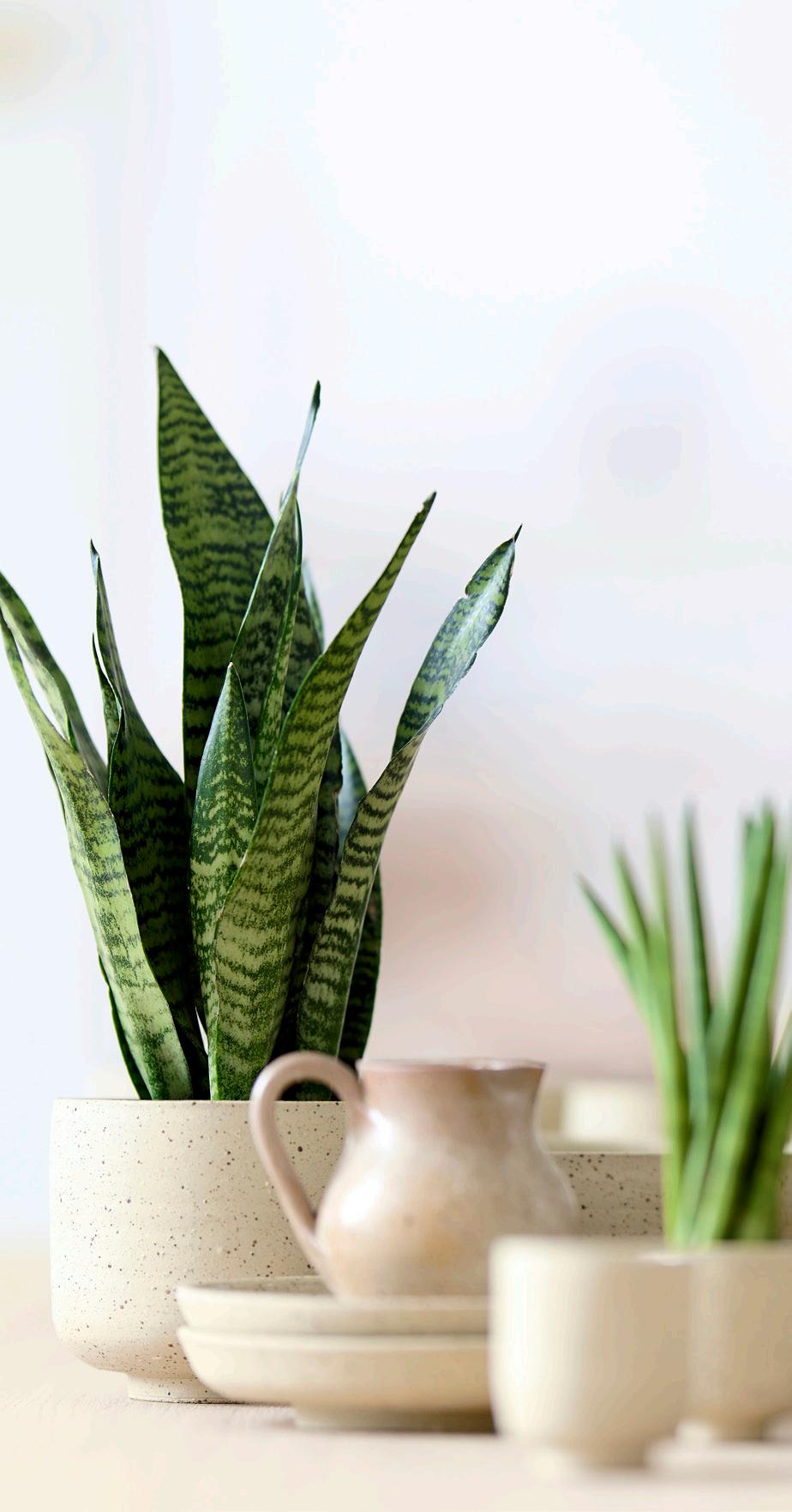
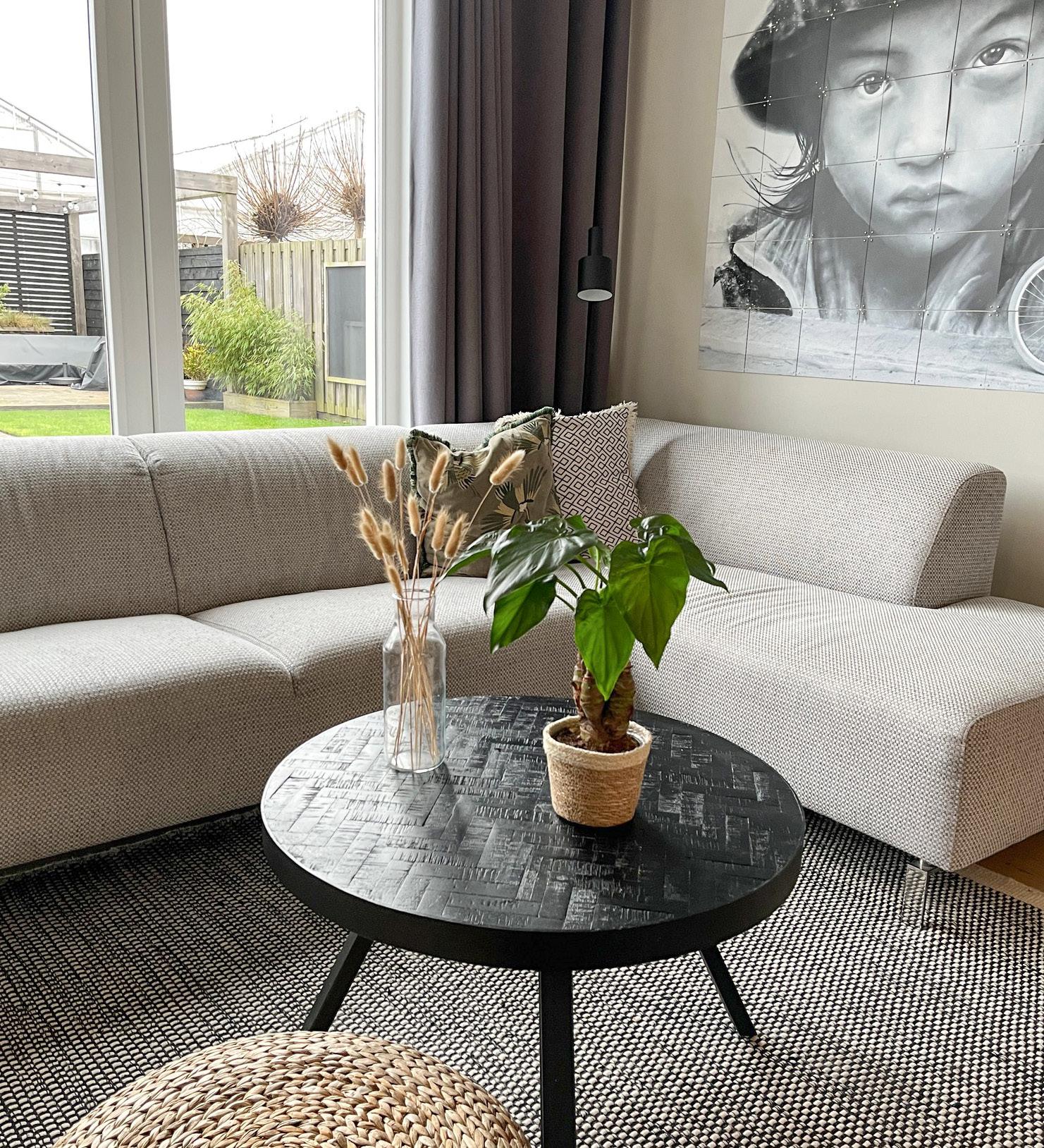
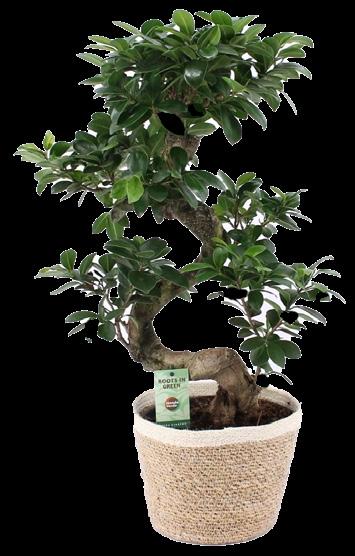
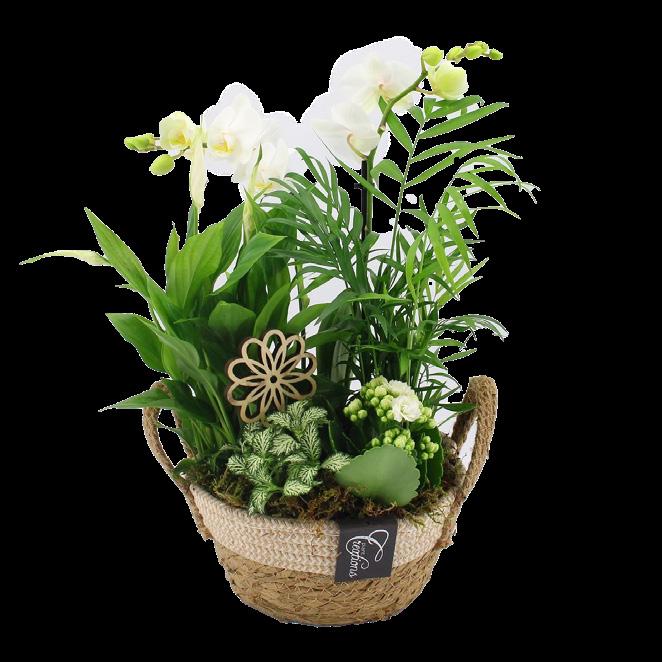
PHALWI-§MA07A
FIGINS-MA13A
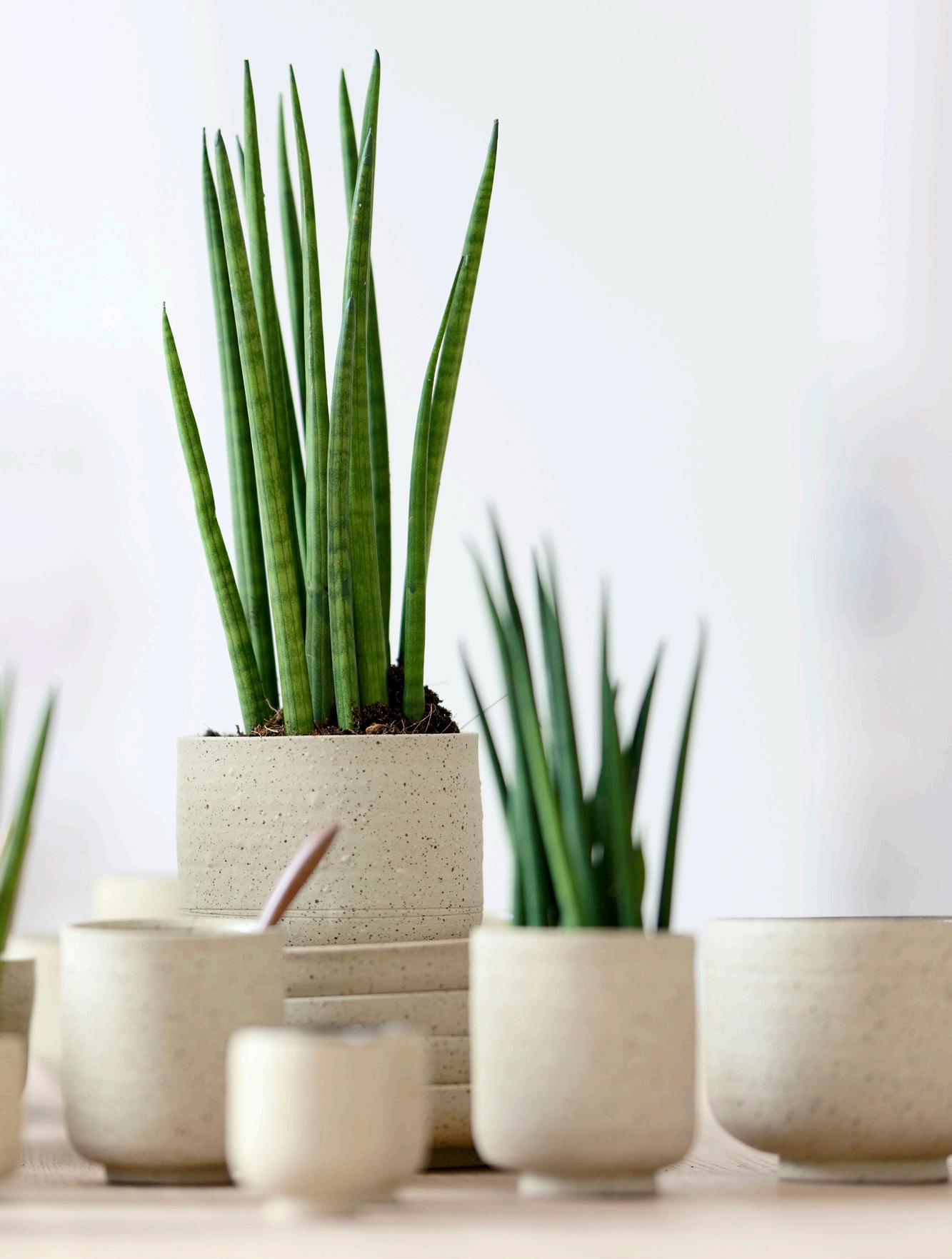

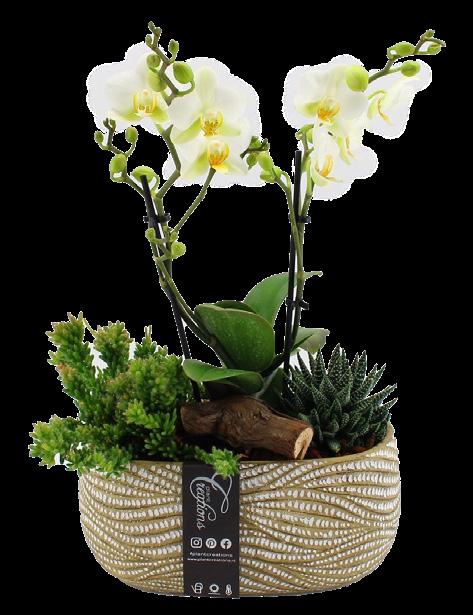

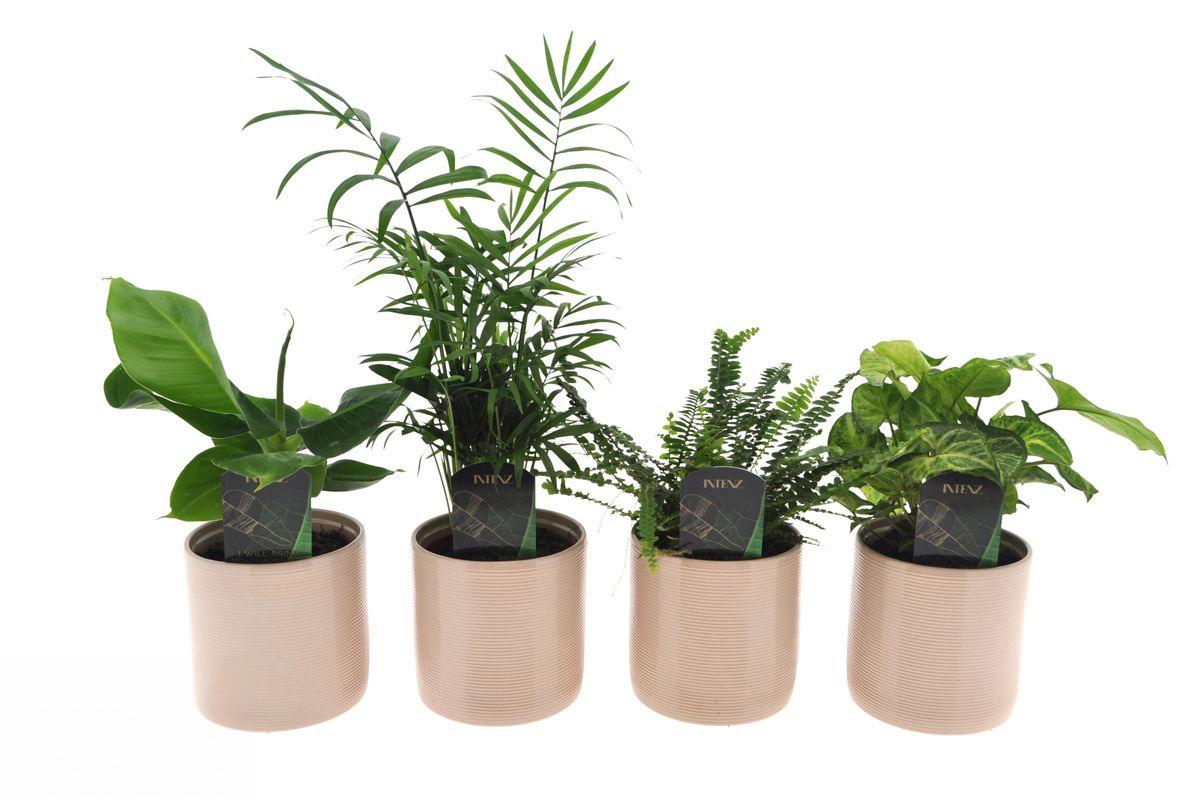
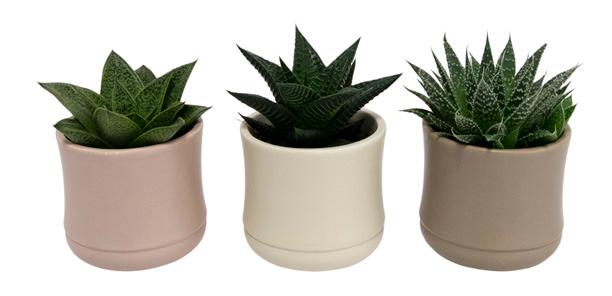
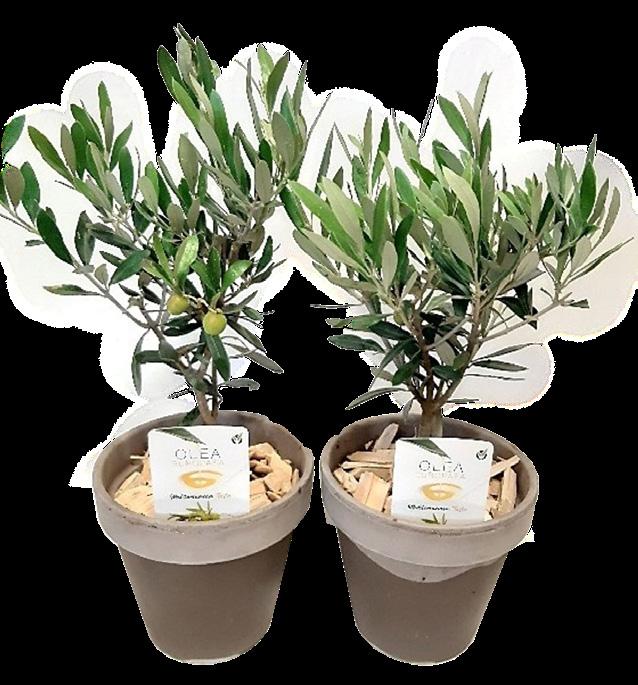

23
COUPE-§MA072A
OLEURO-SP03A
GPVDMX-SP03A
SUCCMX-SP193A
PHALWI-§SP006A
VAREMX-MA12A
Kalanchoes in the spotlight
Kalanchoe is a crowd pleaser. Easy care, bright surprising colours, long flowering time ... features that deserve applause in themselves. Our producers and breeders lovingly go the extra mile. Result? Vigorous Kalanchoes that continue to surprise.

24 © www.mooiwatplantendoen.nl
Kalanchoe belongs to the Crassulaceae family. These are succulents, or succulents, easily recognised by their fleshy thick leaves and stems. And they stand out for their splendour of colour: purple, pink, white, pale pink, red orange and yellow ... All beautifully contrasting with the dark green leaves. In their natural growth habit, they are found on grasslands and steppe in Asia, Africa and India.
The Kalanchoe is an easy plant to look after. Easy care from the moment you bring it into your home. A little water, a dash of sun and a pleasant spot in the house or garden. That’s all she needs. And then she keeps going. For 100 days at least.
Easy care, easy care tips Inside
• The Kalanchoe copes very well with drought. In summer, a weekly splash of water is enough. In winter, it will last a fortnight until the next watering.
• Treat you w Kalanchoe with a dash of plant food (for succulents) every two to three weeks. This will keep it beautiful for even longer.
• The Kalanchoe brightens up at room temperature. But it also does very well between 10 °C and 25 °C.
• It prefers a bright spot, such as the windowsill. Bright sun? It can stand it, but then give it extra water
• Blooming flowers? Just leave them, that way they will continue to bloom.
Outside
• You can plant Kalanchoe in a pot or in the ground. It is best to wait until mid-May when all the frost is out of the ground.
• Put her in a bright place. Even bright sun can handle it.
• Outdoors, the Kalanchoe doesn’t need much water either. A moderately moist soil is perfect.
Powerful Kalanchoes thanks to our producers and breeders
Dümmen Orange
Dümmen Orange is a global leader in ornamental plant breeding and propagation.
Features:
• To make the Kalanchoe disease-resistant and therefore stronger, the breeder is betting on warm temperatures.
• Dümmen Orange focuses on large-flowered double-flowered varieties.
• In the pipeline? Kalanchoe with flower diameters of three to four centimetres.
• Focus on medium-fast varieties. This will make the flowers open more staggered and slower at the consumer.
• Some specials: Mozaic, Tweed and Gloss
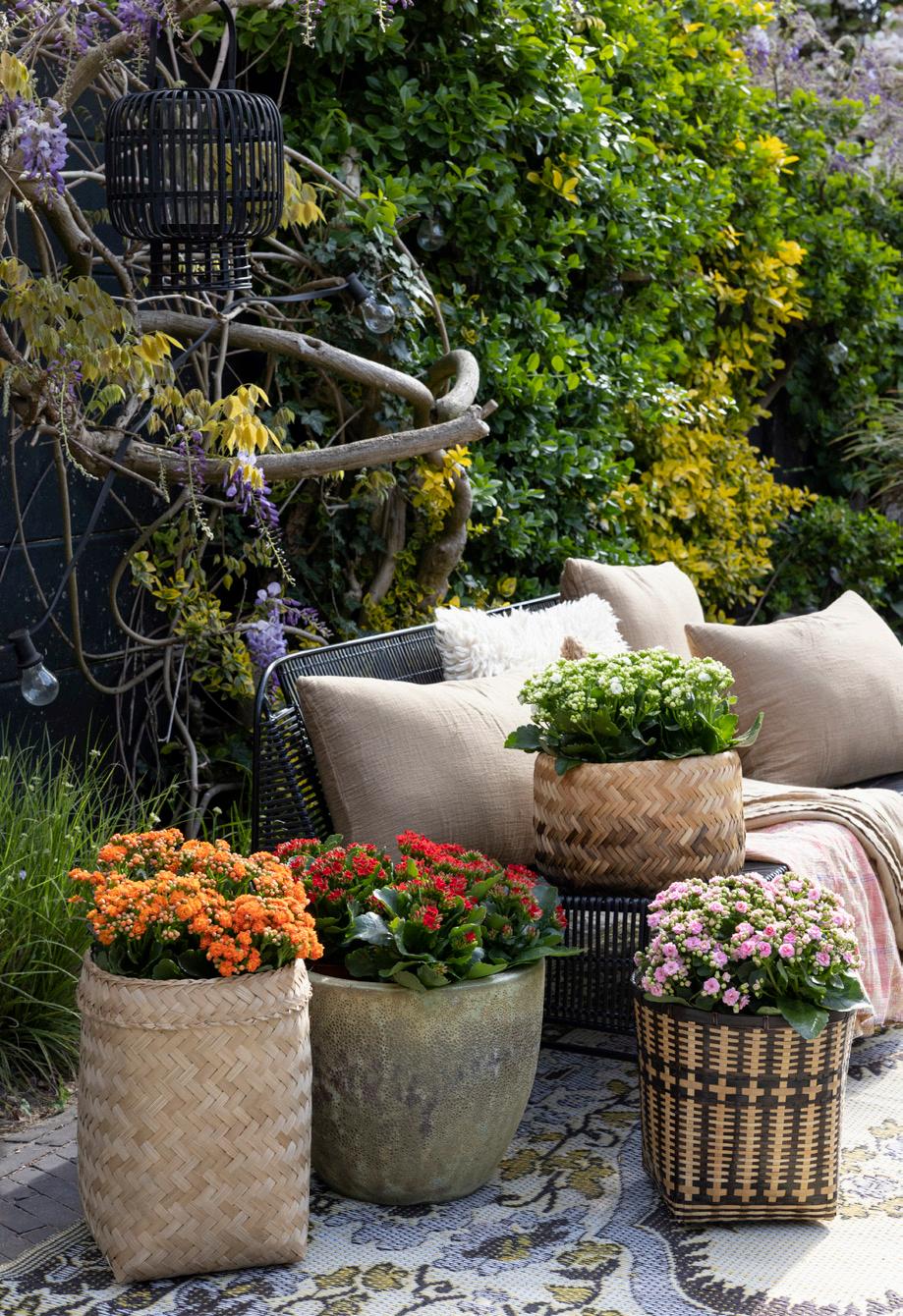
25
KP Holland
Coincidentally, our supplier in the spotlight. Discover their story at p 10. In addition to Kalanchoe, they also grow and breed Spathiphyllum and Curcuma. From their experience as flowering plant growers, they know which criteria are desirable, important and even essential for growing off and selling the best products. Their goal? To put growers in a better market position with their genetics.
Features:
• The best combinations from the father and mother plants. Combinations that are less susceptible to diseases and pests, thus ensuring better shelf life, stronger flowers and new appearances.
• After a breeding cycle of five years on average, successful crosses are propagated via seed, cuttings or tissue culture. That starting material is then propagated at own sites or at partners.
• They are part of several knowledge platforms and share research results . Furthermore, they invest in new techniques for a more efficient and sustainable breeding cycle.

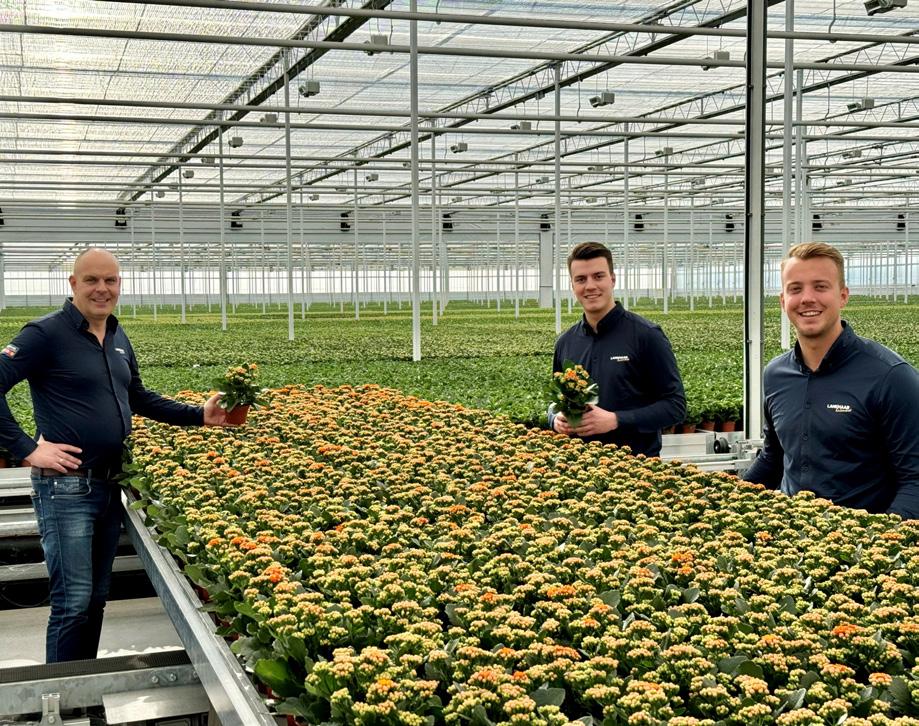
Lankhaar Kalanchoe
Lankhaar Nursery has been growing plenty of singleflowered and double-flowered Kalanchoe from their own cutting line since 2002, the Perfecta ® breeding these they started in 2002.
Features:
• Perfecta® cuttings are produced at nurseries in Tanzania. That cutting comes from young mother plants raised from Elite cuttings.
• The cultivation of flowering plants is done in the Netherlands.
• Breeding Kalanchoe continues on the firm foundation of six colours of double-flowered and single-flowered Kalanchoe.
• Thousands of varieties per year are carefully selected for distinct colours and large flowers. Focus is on a clear and distinct assortment and on a sustainable growing process.
Queen Genetics
Queen® Genetics is a global partner and supplier of genetics and young plant material. Through dedicated and focused innovation, the product portfolio continues to expand and includes licensing agreements, young plants, cuttings and half-growns for growers worldwide. Queens mission is to innovate reliable genetics and sustainable plants that meet the requirements of growers worldwide.
26
André, Leon & Job Lankhaar
Features:
• At their headquarters in Denmark, they breed and innovate new and unique varieties, which are thoroughly tested for their endurance, ethylene tolerance and so on.
• Queen has two cutting production sites, in Turkey & Vietnam where climatic conditions are ideal for the production of young plant material.
• Queen has an R&D department with 25 full-time employees breeding the best varieties on the market.
• All the varieties are selected for their large flowers and bright colours, minimal growth regulation, maximum longevity and high resistance to ethylene.
The favourite of ... Eurídice
(Key Account Manager France)
“One of my favourite plants is the Sambucus Nigra Black Lace (elderberry).
This shrub produces a beautiful bouquet of fragrant pink and white flowers in June and July.
The contrast with the dark purple, almost black leaves is beautiful!
Later in late summer and early autumn, the black-purple berries are edible. After they are cooked, you can make delicious fruit juice, spirits, jam, jelly or syrup from them. Healthy and delicious!
So do butterflies, bees and insects. Another asset? It adapts to all types of soil!
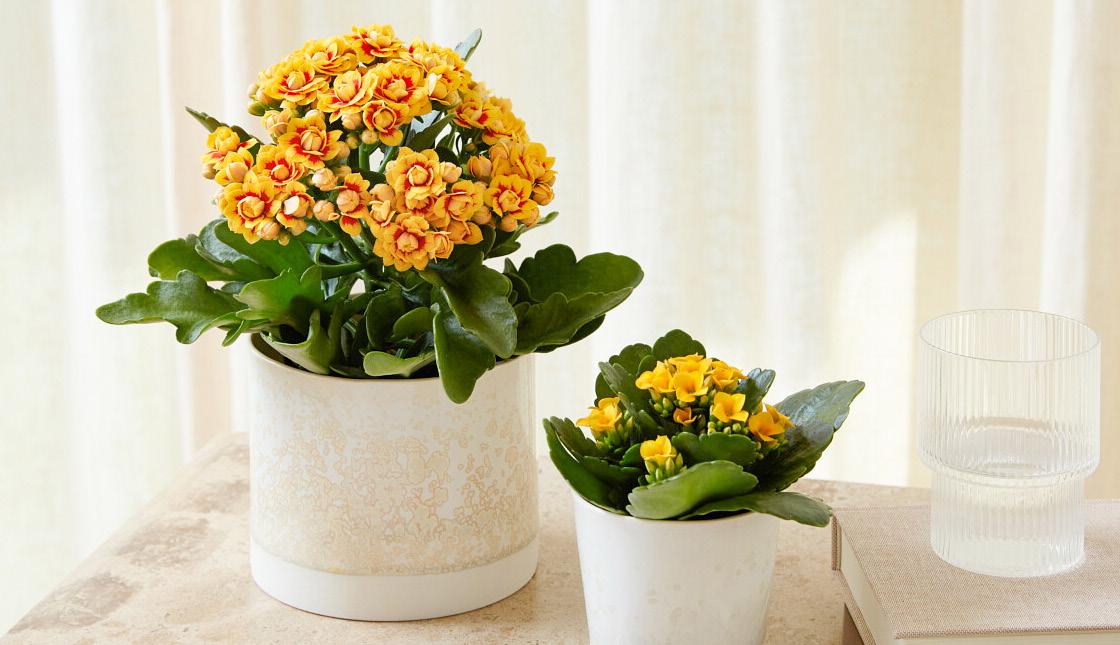
• Queen has customers in more than 75 countries around the world and supplies around 150 million cuttings of different crops every year, besides Kalanchoe also Succulents, Euphorbia, Asters, Roses & Hebe).
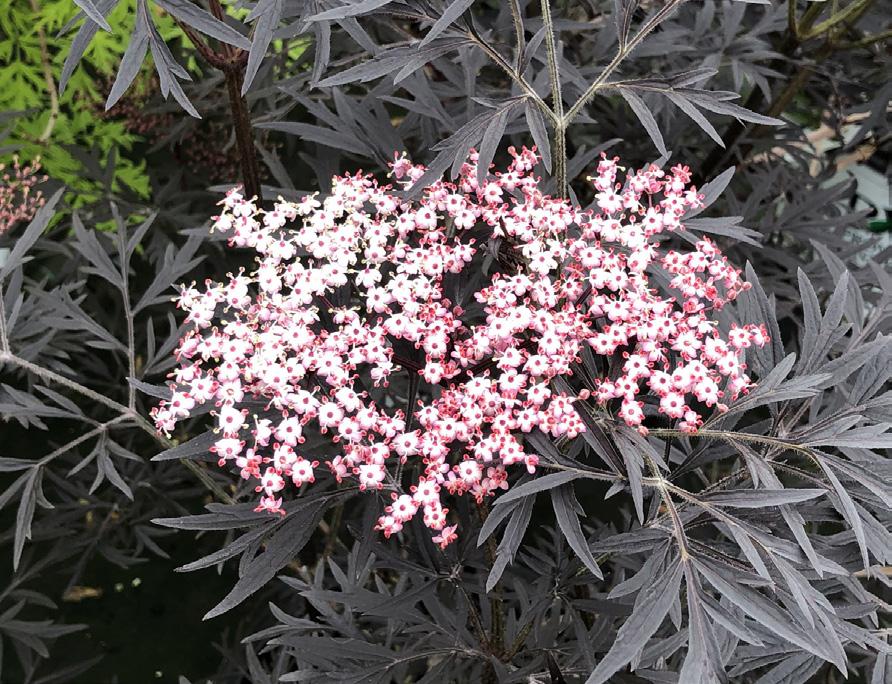
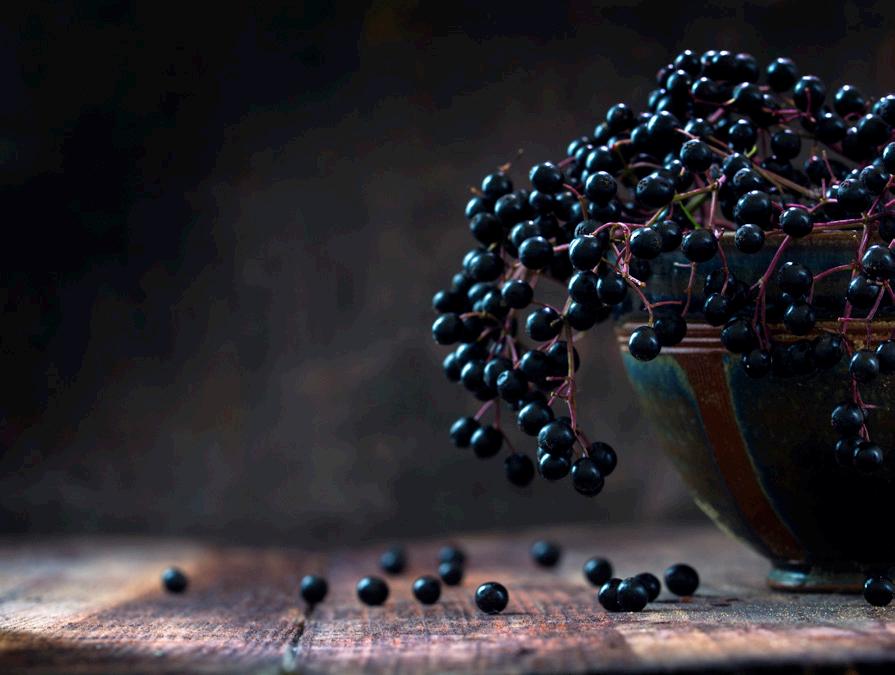
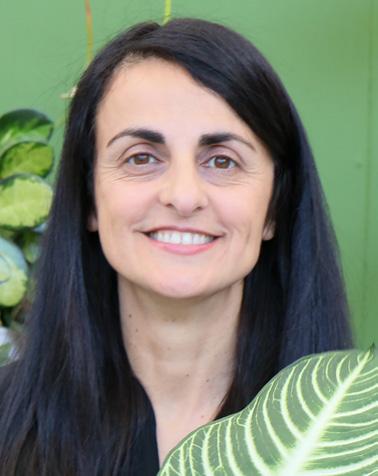
27
Color games
This summer is all about the Olympic Games. Optimism and festivity colour interiors and gardens. Start preparing today. Impress with a plant palette in contrasting colours. Want to score high points? Then aim for the gold medal with both natural and whimsical shades. A colourful collection of Bromeliads, cacti in brightly coloured pots, painted Phalaenopsis and Sansevieria with brightly coloured tips will make it a colourful summer. Let the games begin.
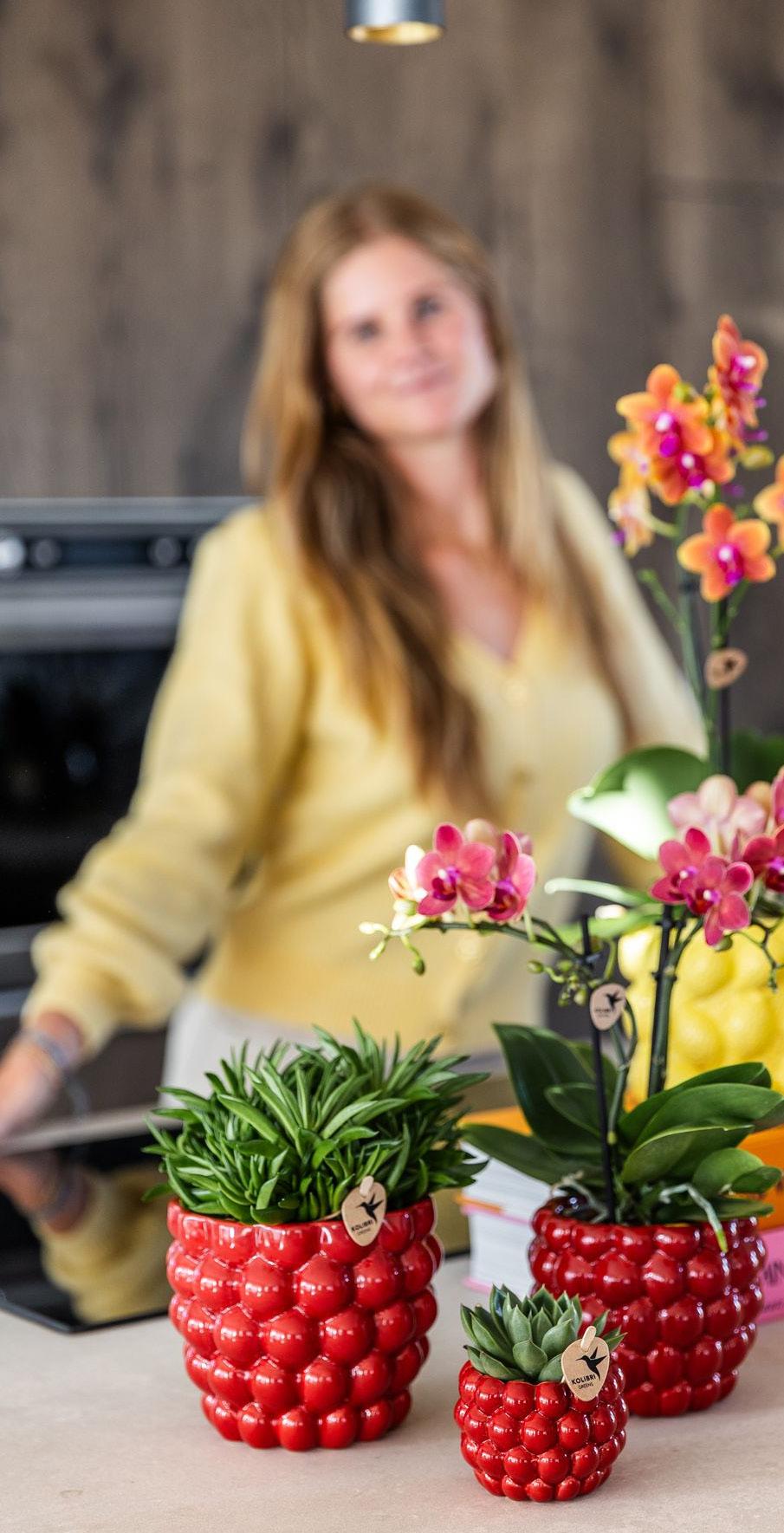
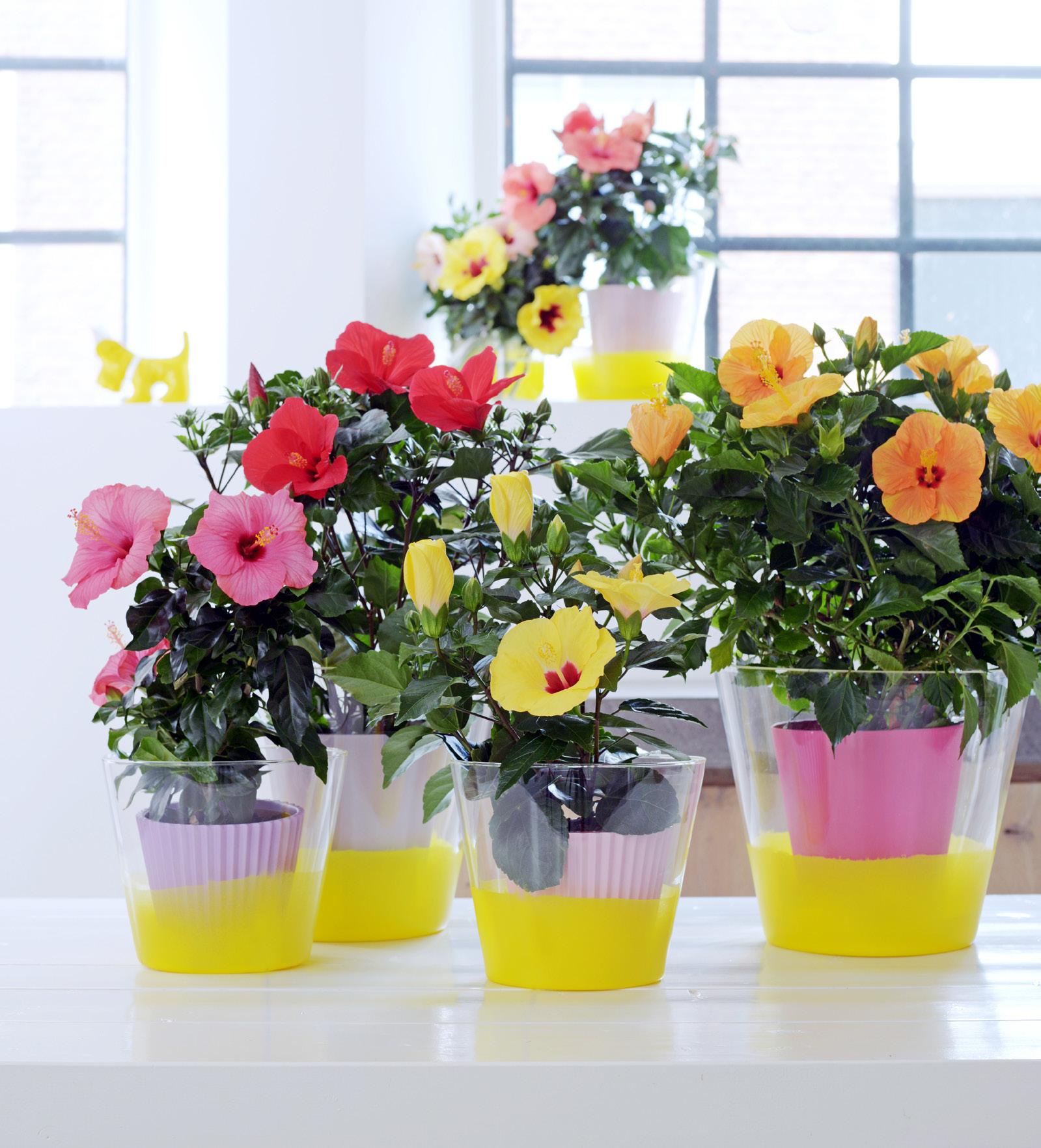
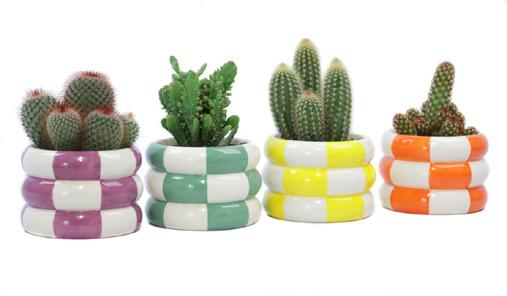
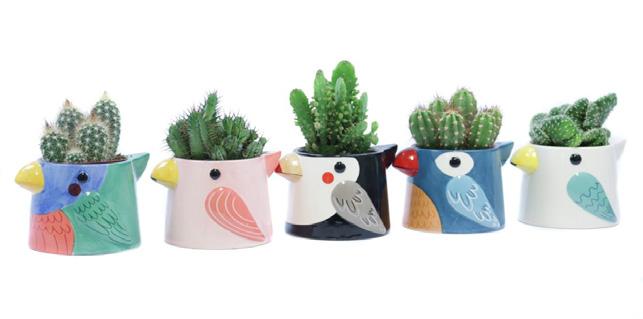
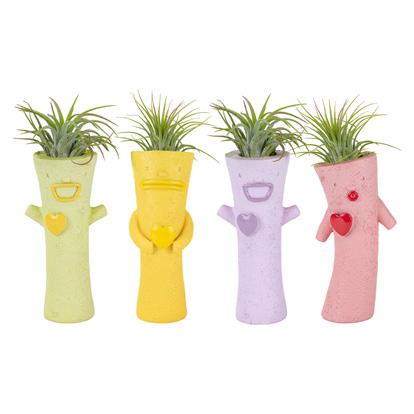 CACTMX-SP458A
TILLAN-SP05A
CACTMX-SP470A
CACTMX-SP458A
TILLAN-SP05A
CACTMX-SP470A

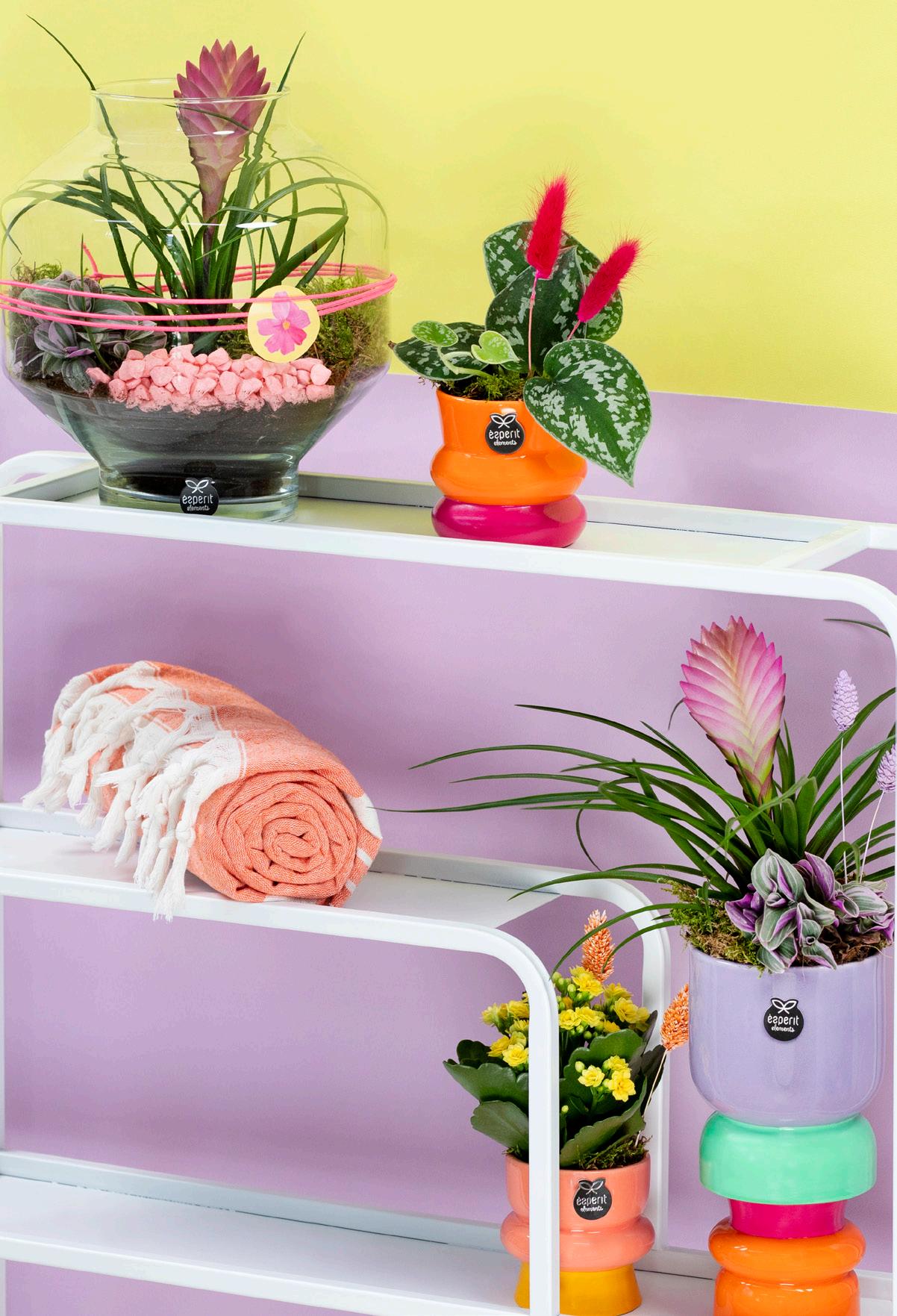

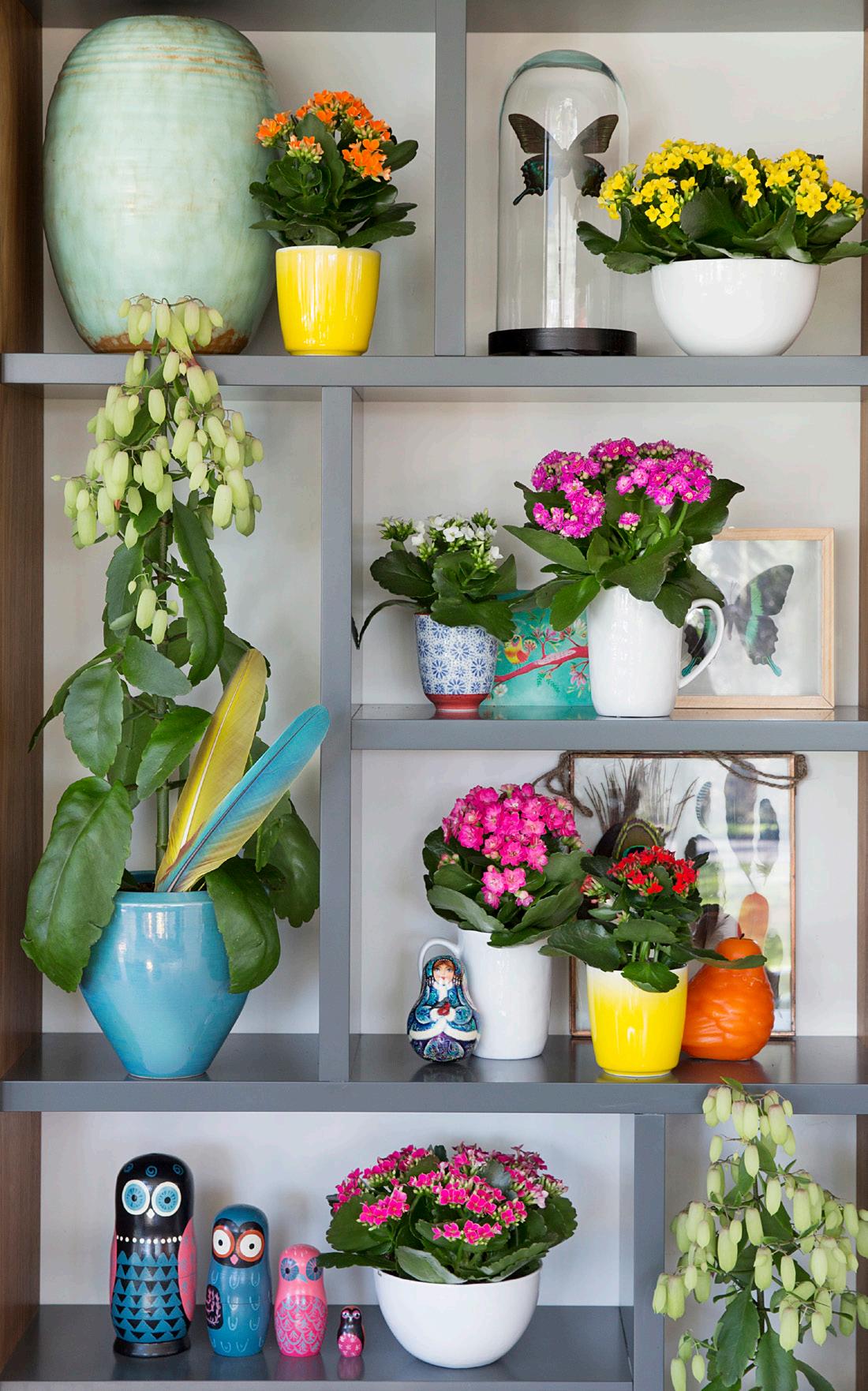

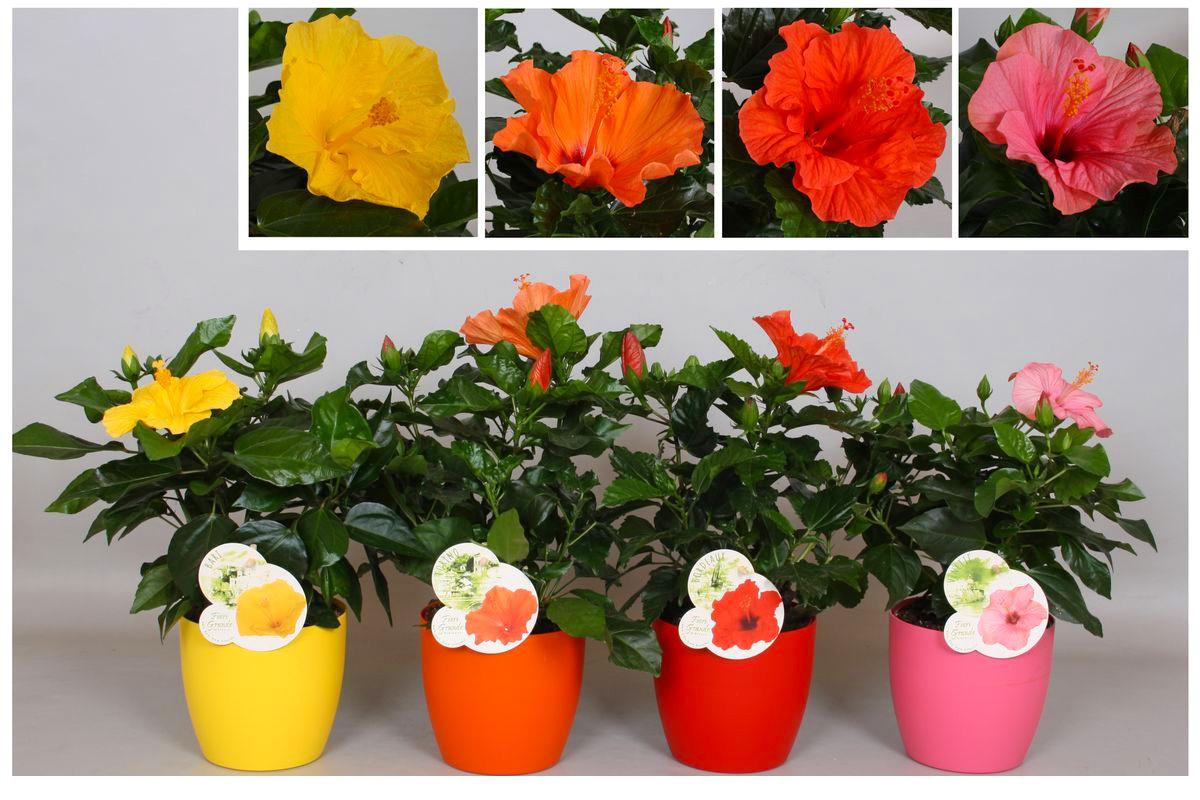
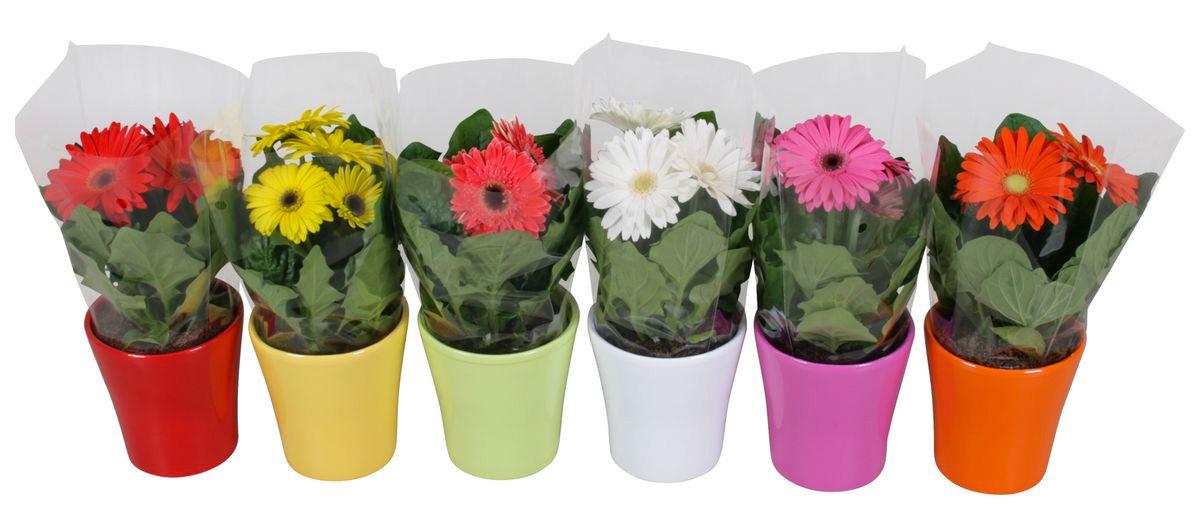
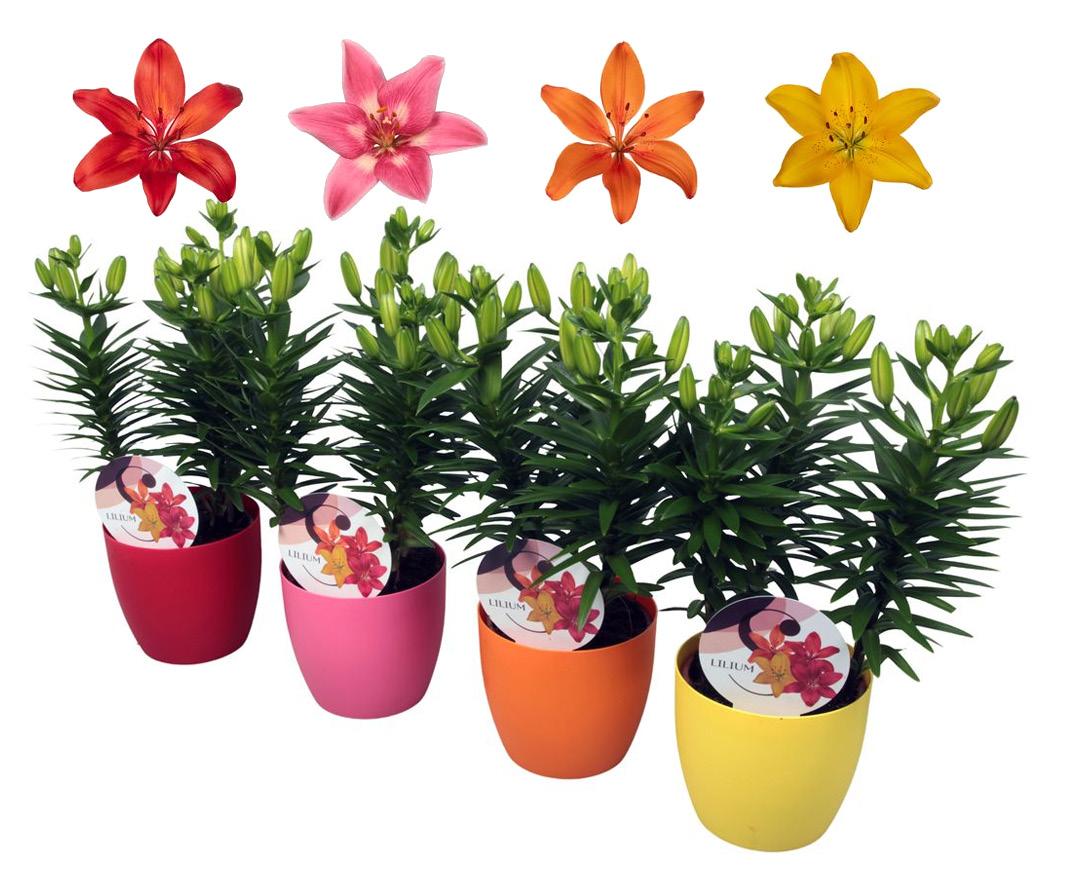

29
GERBMX-SP07A
COUPE-§SP024A
HIBIMX-PP13A
ECMIRAKL01-08A
LIAZMX-SP03A
SACYVE05-09A
Color games
Even in our gardens. It’s time to make preparations. Treat all mums to a wealth of flowers and plants that grow outdoors, such as Bougainvillea, Celosia, Chrysanthemums, ... in a stunning palette of contrasting colours. A lush variety of flowering outdoor plants, tub plants that sparkle in sunlight, and brightly coloured petals and leaves combine to create an unforgettably colourful summer spectacle.
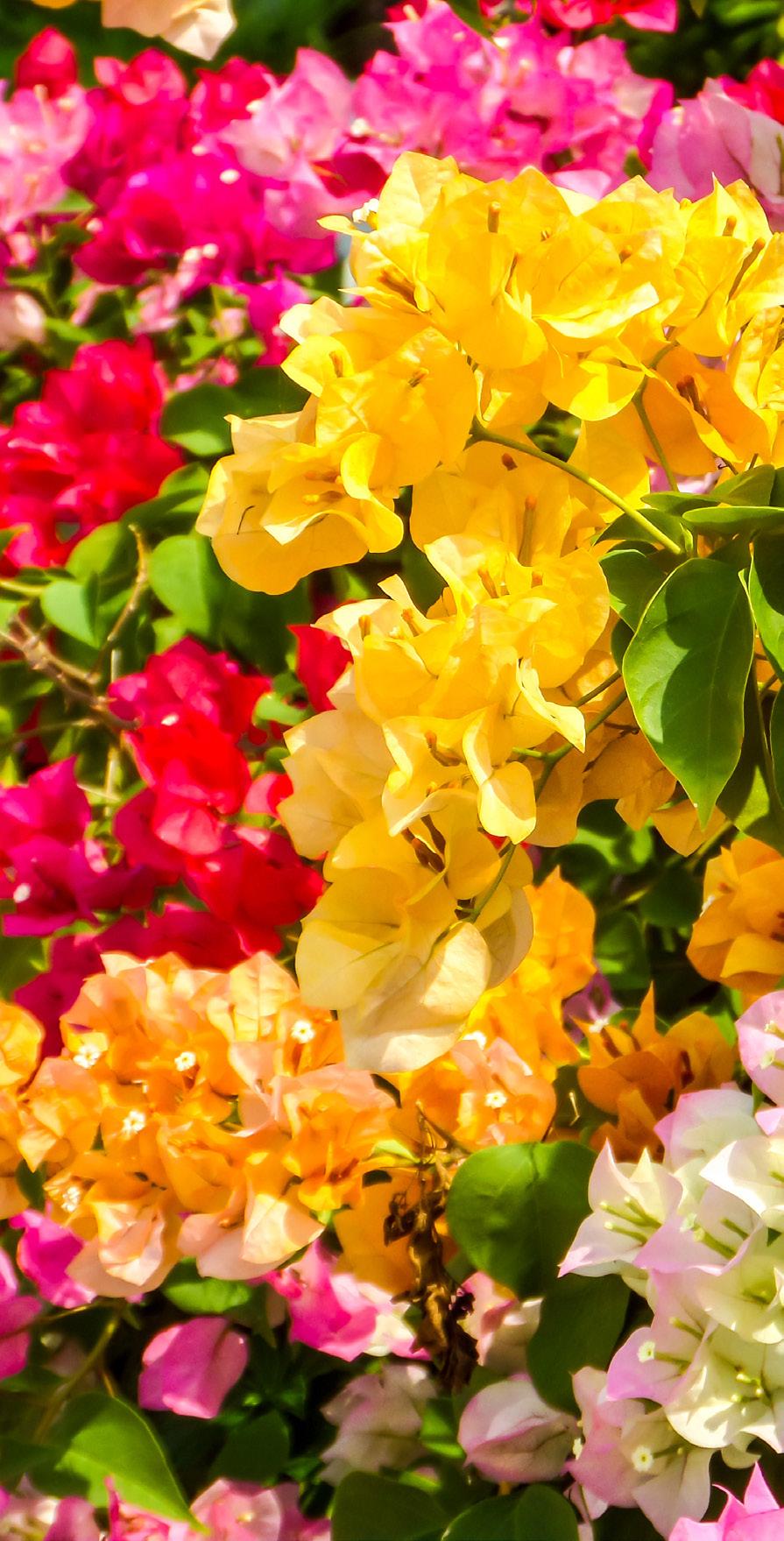
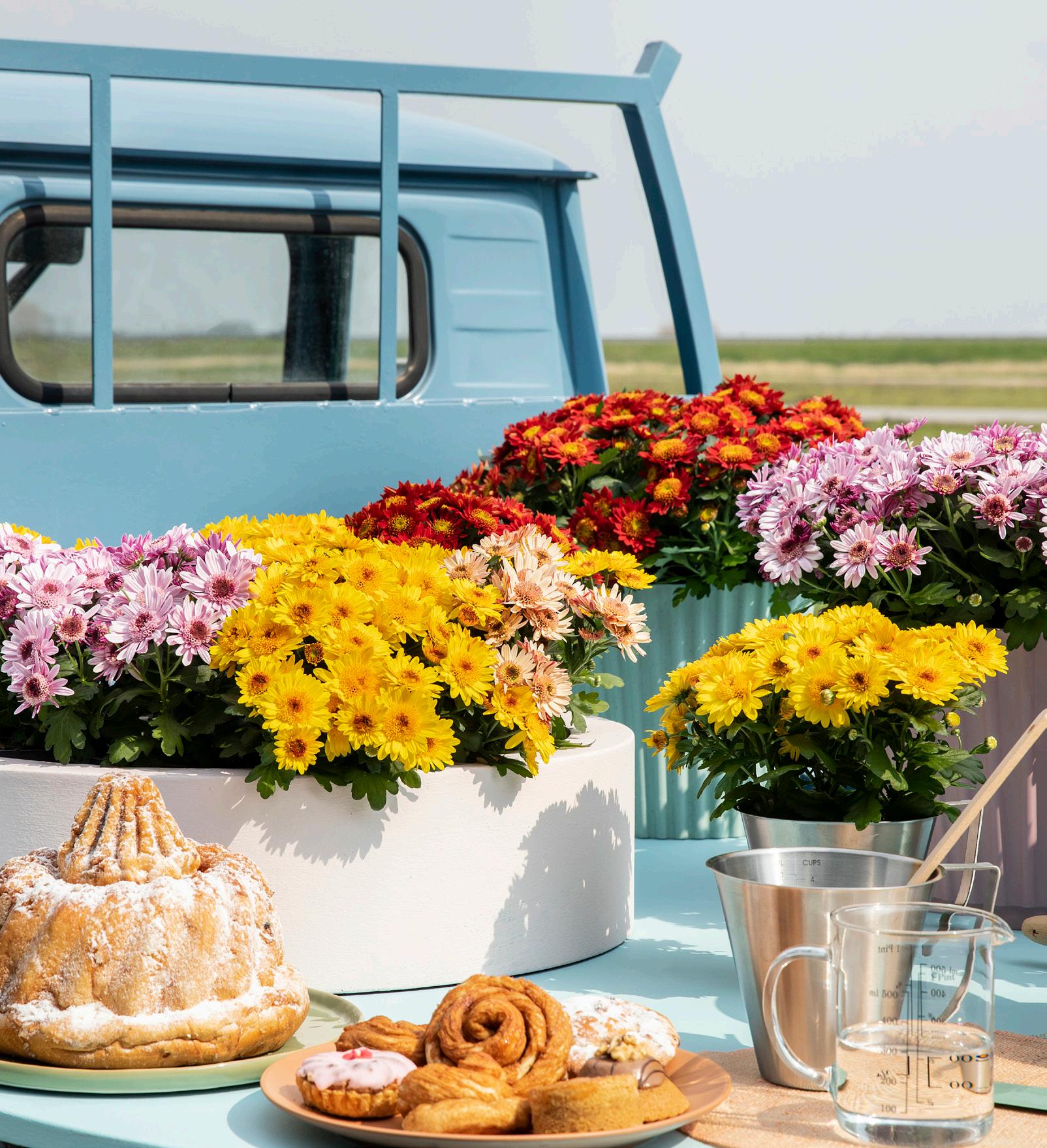


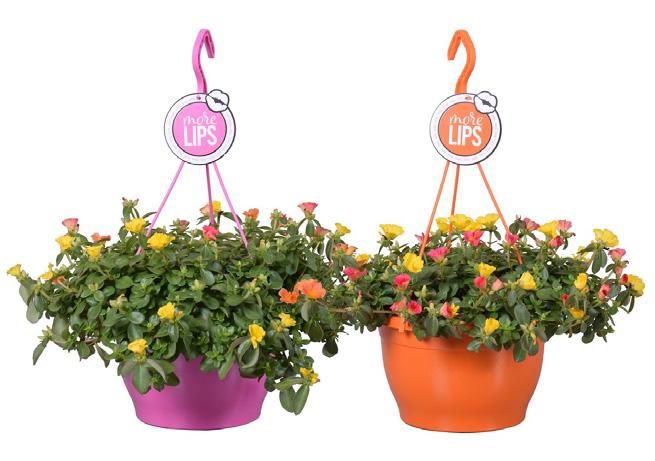 CHRYTRIO-12A
CELOMX-ETI12A
POCARN-H25A
CHRYTRIO-12A
CELOMX-ETI12A
POCARN-H25A

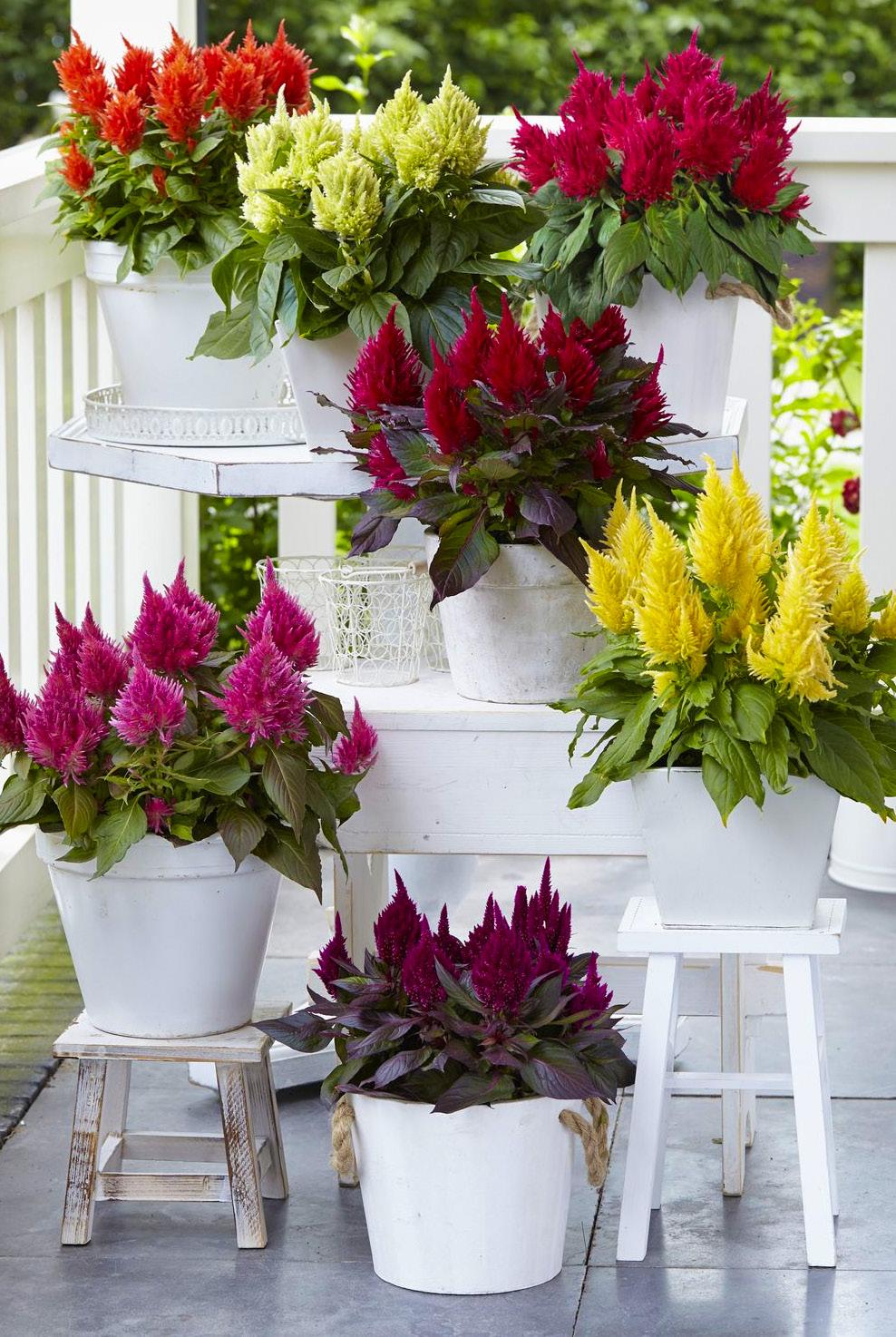
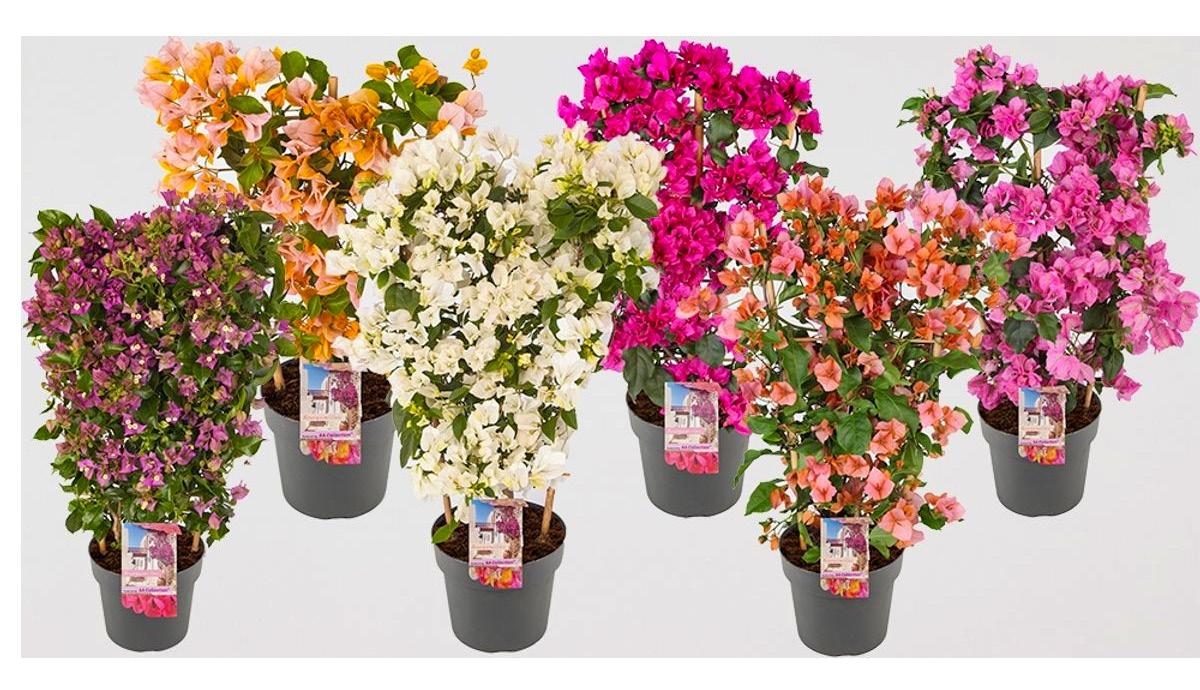
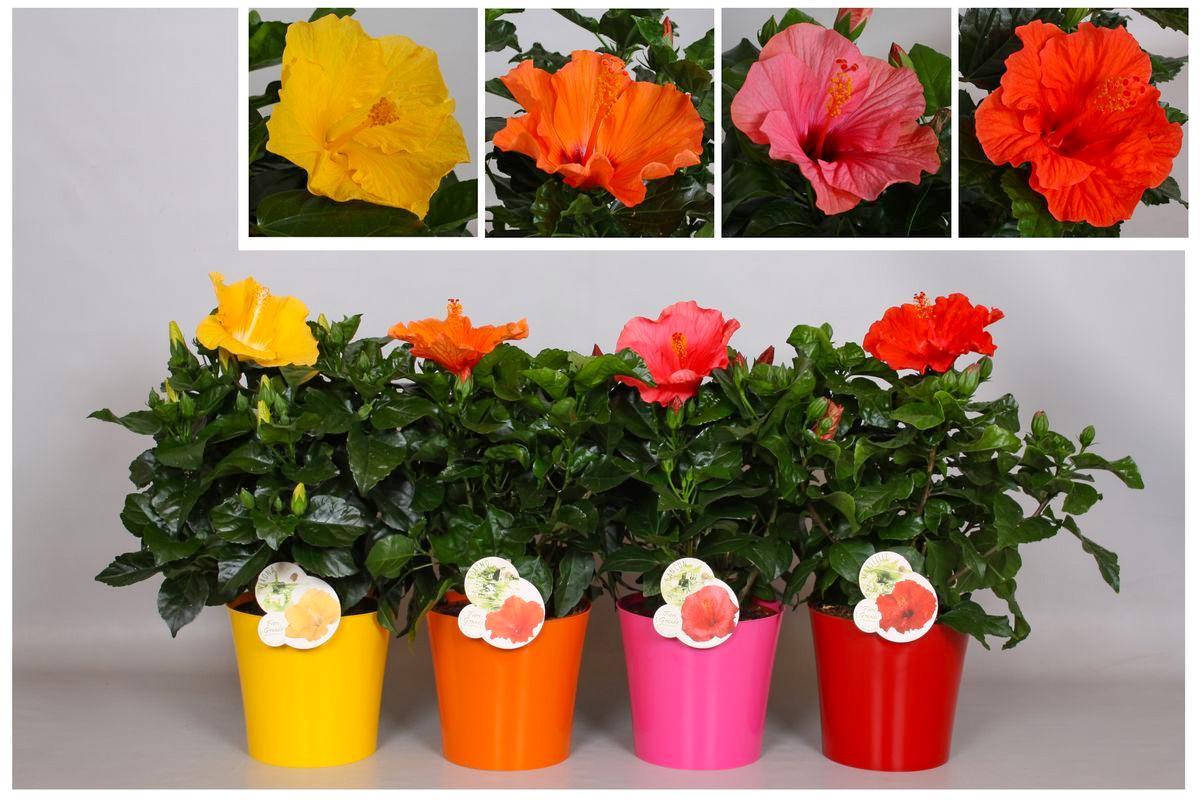
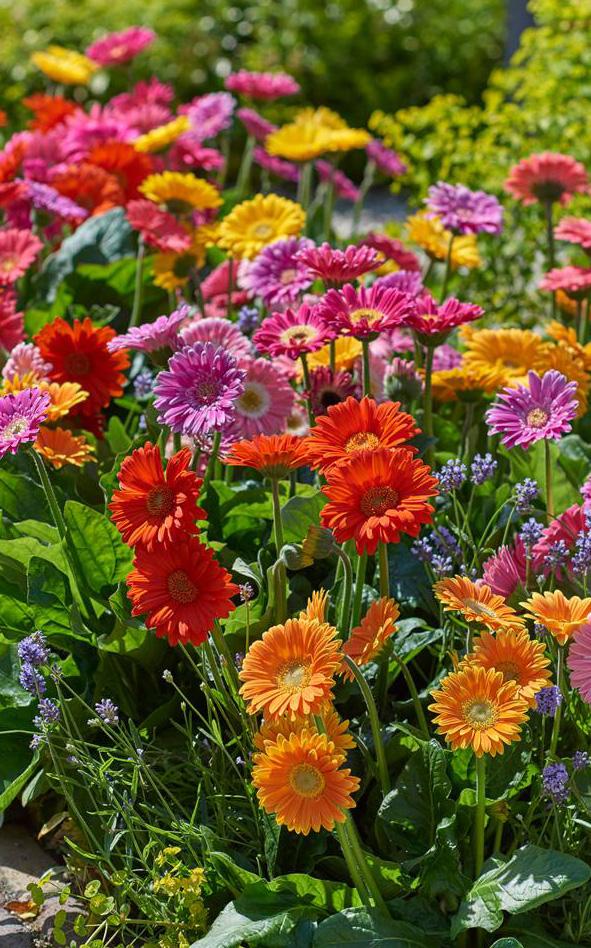
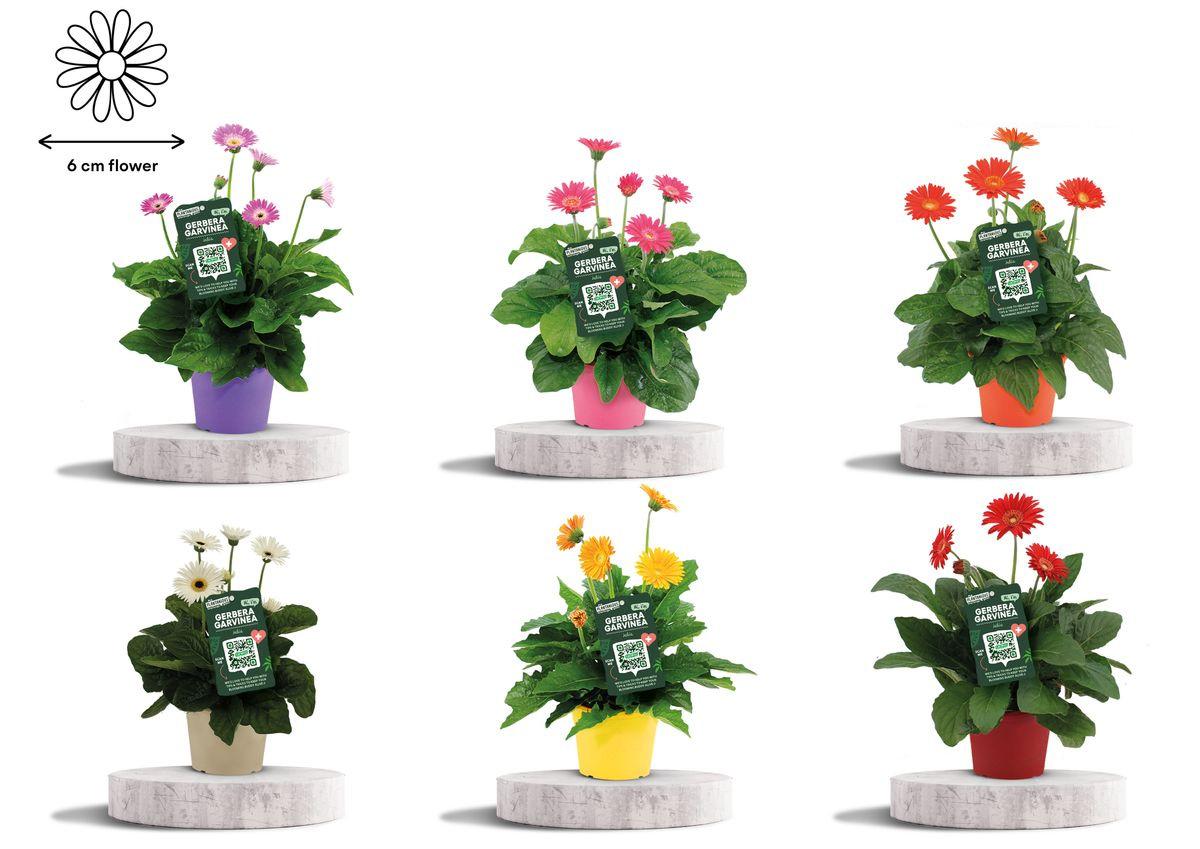
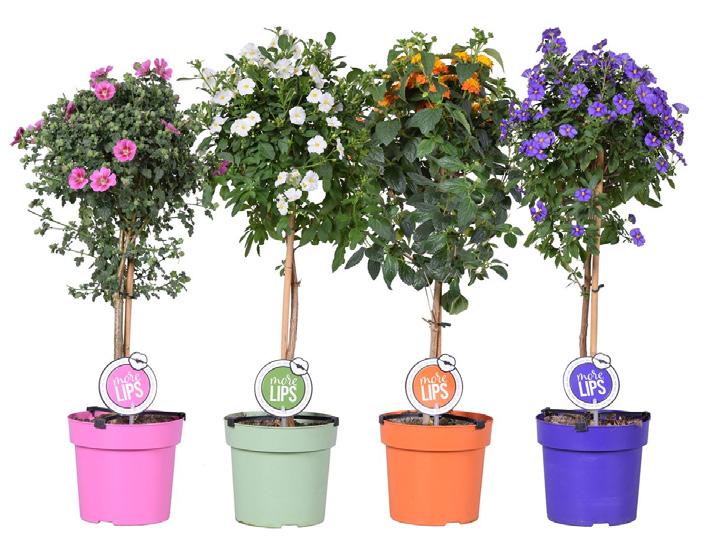
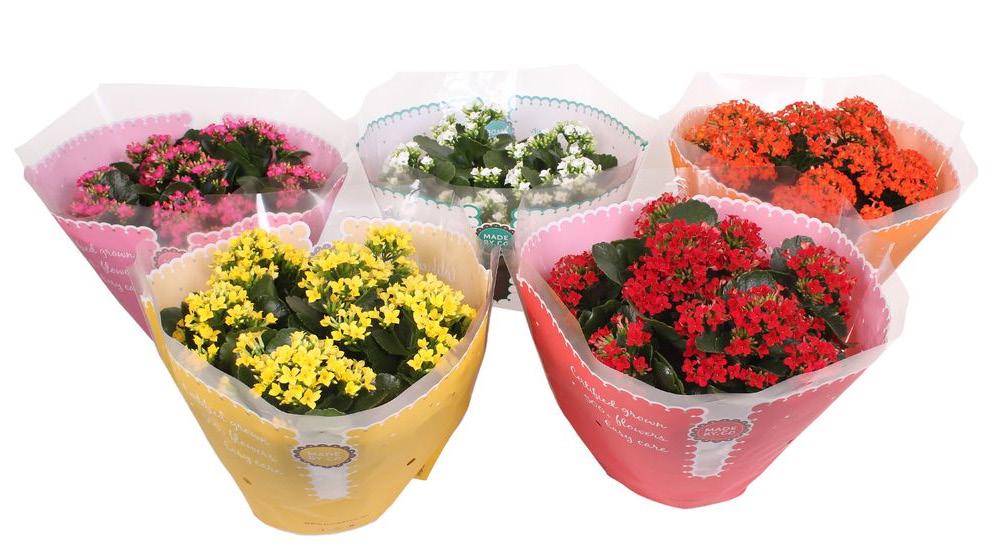
31
GEGARVMX-PP19A
BOUGMX-K075A
HIBIMX-PP17A
KALAMXL-SCH23V
KUIPMX-SP19A
The voice of the customer
Floréac keeps its finger on the pulse of customer satisfaction through an annual survey.
This surveys satisfaction in a number of specific areas and the extent to which customers are willing to recommend our services to colleagues or industry peers. The 2024 survey also surveyed the NPS or Net Promoter Score for the first time.
In the period January-February ‘24, active webshop customers could participate in this survey for one month by means of an online survey. The participation rate in the survey was good at 15%. Based on the geographical distribution of the participating customers, the voice of French customers was most strongly represented.
When we scrutinise the results, they are absolutely encouraging. Floréac takes the customer as its starting point and this is largely endorsed by the customer himself.
Customer satisfaction
Survey participants were asked to give a satisfaction score from 1 (dissatisfied) to 7 (very satisfied) on a number of specific areas of our operation m.a. :
• The user experience on the webshop
• Daily customer contact
• The range
• The ease of ordering
• Product quality
• The price-quality ratio
• Delivery reliability
The results show high satisfaction scores on average (as shown in the graph):
• 5 domains score on average higher than 6 (out of 7) in terms of customer satisfaction, namely user experience on the web shop, daily customer contact, ease of ordering, delivery reliability and product quality
• Two domains scored on average between 5 and
6 (out of 7) in terms of customer satisfaction, namely the product range and the price-quality ratio.
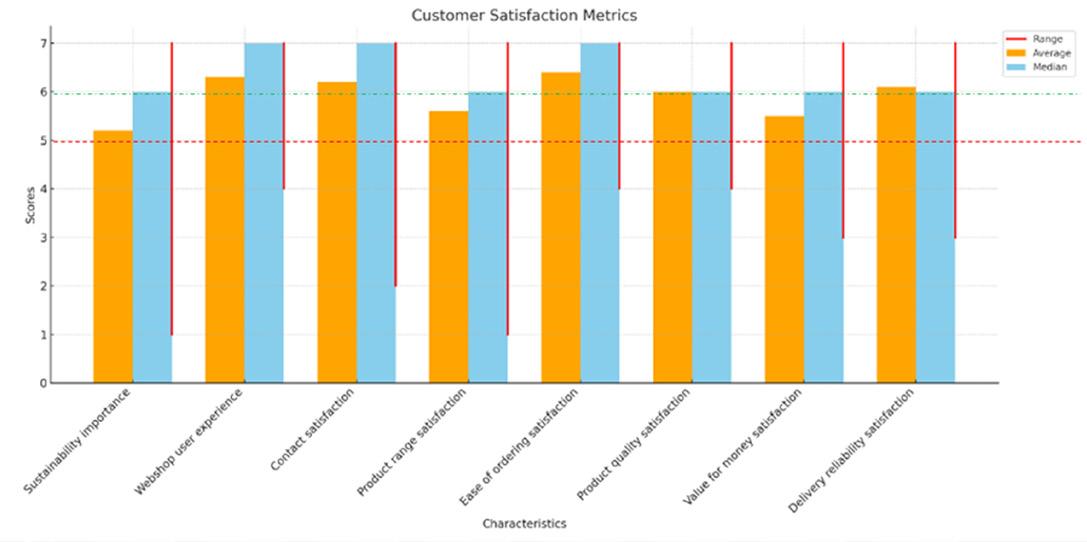
On sustainability, the extent to which this is perceived as important by end customers was probed:
• Customers score the importance of sustainability 5 (out of 7).
• To get an idea of which topics are most important, respondents could give several answers. The chart shows the top three issues for customers, namely reducing packaging, protecting nature and biodiversity and further reducing the use of pesticides.
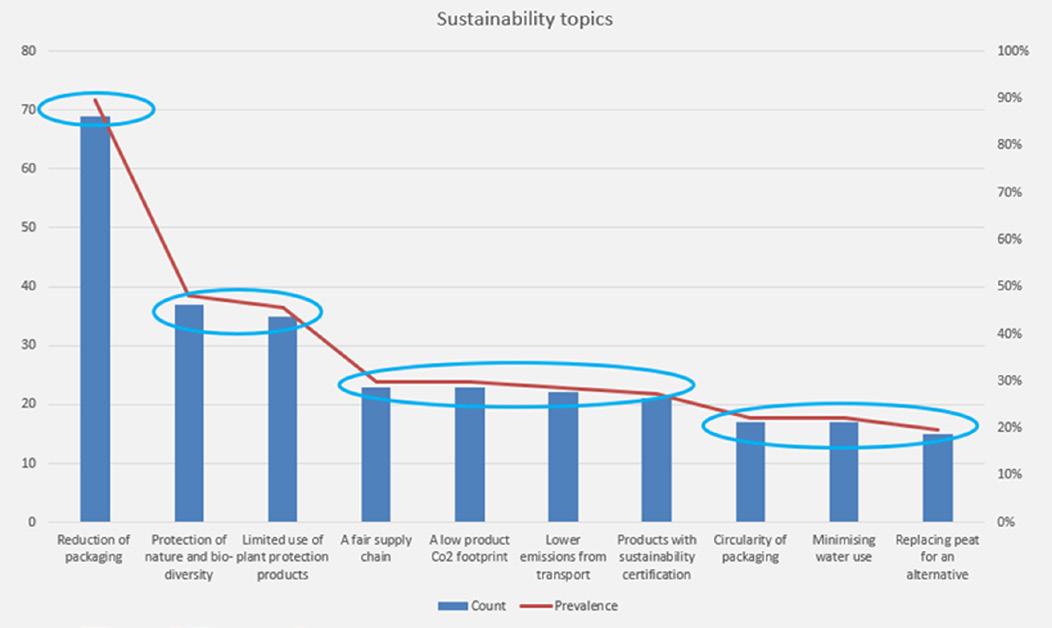
Net Promoter Score (NPS)
Floréac’s NPS score (the extent to which customers want to recommend us) is 40. It is generally said that an NPS score between 0 and 30 is a good result. A
32
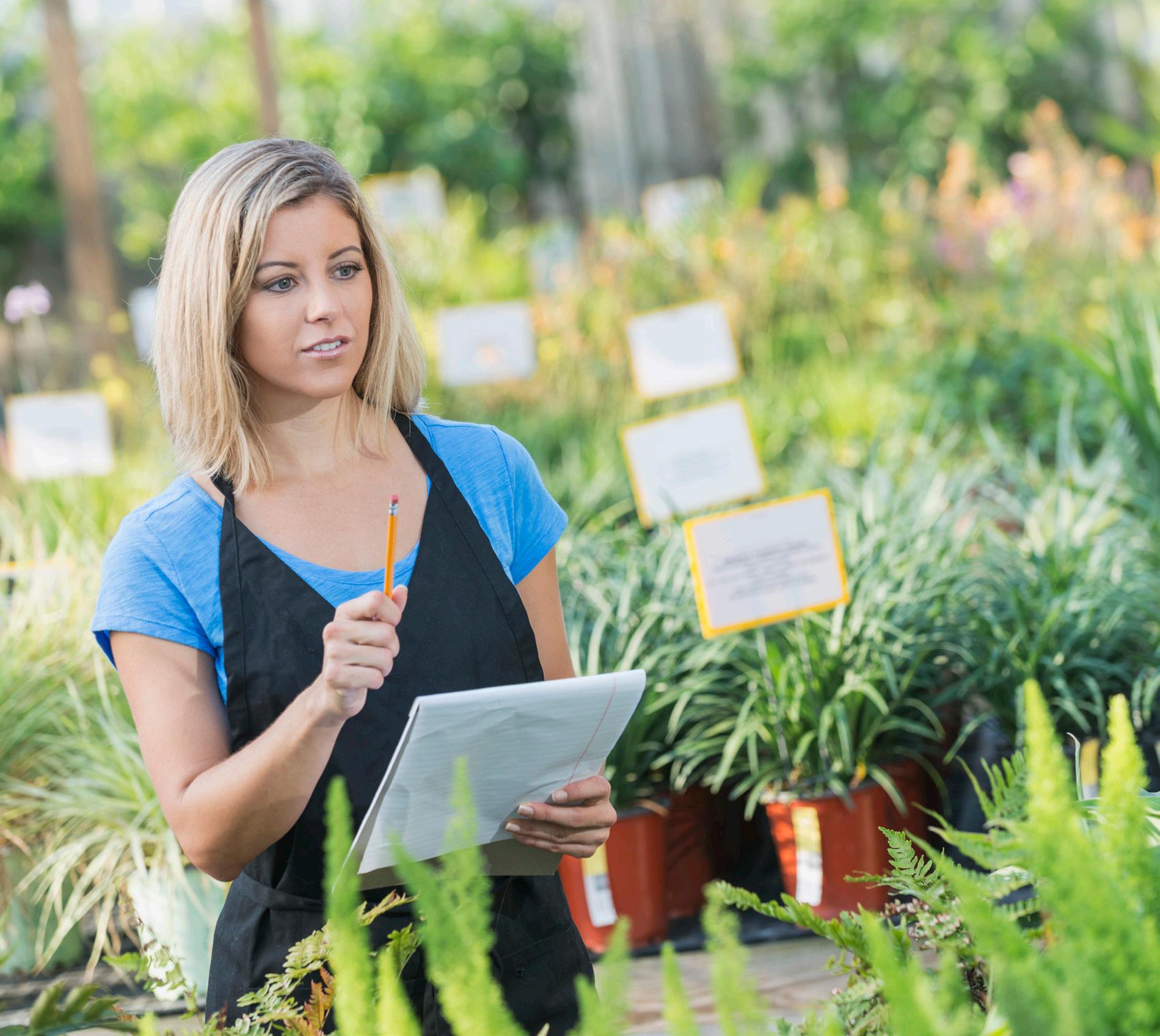
score between 30 and 70 is an excellent result. Scores above 70 are excellent, albeit very rare. Floréac, with an NPS score of 40, sets a result that is absolutely worthy of note! Which means that there are clearly more satisfied than dissatisfied customers. Industryspecific benchmarks are not always available. The overall average NPS benchmark value for all sectors is 32. The highest scoring sector is retail with an average NPS reference value of 50. Industrial manufacturing has the lowest average NPS with a score of 10 (*). We can therefore conclude that Floréac is achieving a good result here. Even more important is the future evolution of this score over time.
Continuous improvement
Continuous improvement remains our ambition. The current results are always the starting point for addressing working points, at least perpetuating what is already going well and preferably doing even better. Even outside our annual survey, do not hesitate to contact us with points of improvement or suggestions.
*source: Survicate 2022 NPS benchmarks
33
Sustainability and innovation trump
all at Hydrangea grower Van Schie: “We colour the world”
2024 already can’t go wrong for Sjaak van Schie B.V., producer of high-quality Hydrangea. Earlier this year, they won the prestigious International Grower Of The Year (IGOTY) Award in the Young Plants category. The icing on the cake after more than forty years of sustainable growing. Commercial director Mike van Schie is still enjoying today.
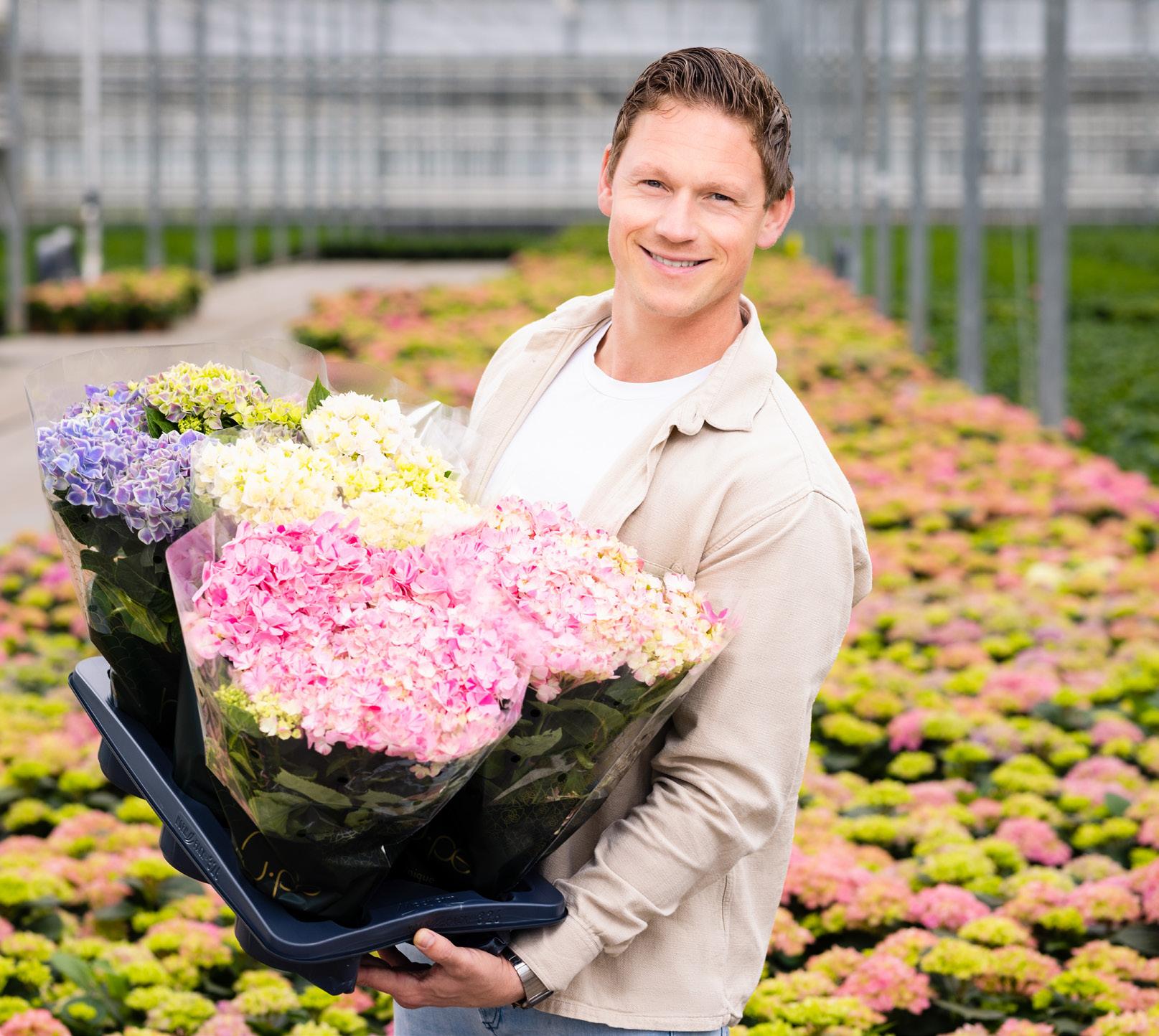
34
Mike van Schie, Commercial director Sjaal van Schie
World player with a village mentality
When the van Schie family travelled to Essen, Germany, on 23 January 2024, they had no inkling that they would be in for a prize. “We had already won an important agriculture prize in Portugal in 2022,” Mike explains enthusiastically. “But the IGOTY, or the Oscar of ornamental horticulture, is of a different order. Our competitors consisted of global players from Asia, for example. In the end, it turned out that the jury was especially triggered by our business model and knowledge sharing. ‘A global player with a village mentality’, was what their report said. After all, we treat every customer as if they belong to our Hortensia family. And apparently that was the deciding factor for this award. A moment to frame. Very symbolic because we were on stage with the whole family. For my father Sjaak, this was the crowning glory after 44 years of growing with passion.”
From Carnations to Hydrangeas
Time to dive back in time 44 years. That’s when Sjaak van Schie started a carnation nursery in Kwintsheul. In the early 1990s, the carnation market started to change considerably. He looked for a location abroad and found it in Portugal. The biggest turnaround followed in 1999. He focused more and more on growing Hydrangeas. He started with propagation and then moved on to young plants, cuttings and
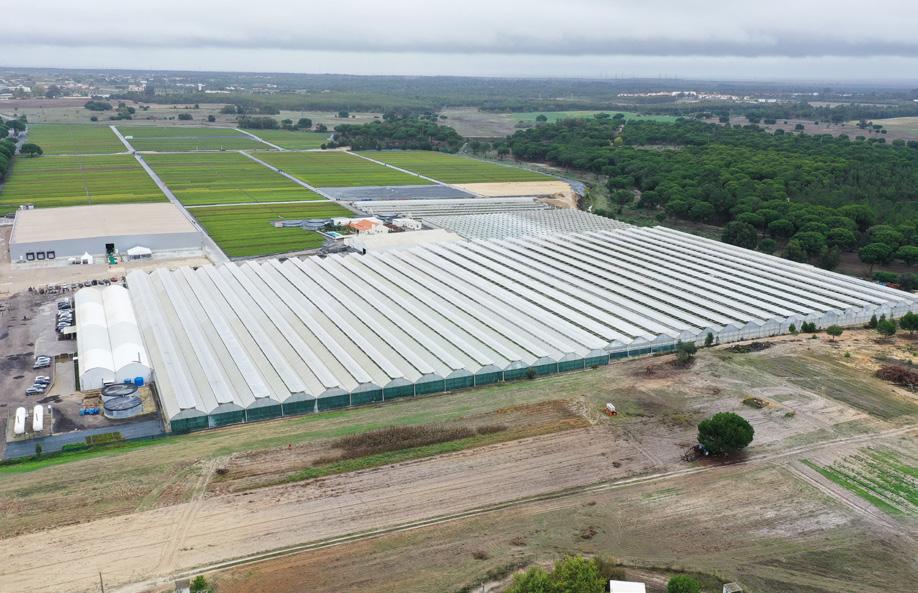
“The jury report said: ‘A global player with a village mentality’. After all, we treat
every customer as if they belong to our Hortensia family”
Mike van Schie
breeding. A strategy that is bearing fruit today. Sjaak has since stepped aside. The new generation Roel and Mike van Schie are at the helm, assisted by Portuguese CEO Fidélio Alegria. Indeed, thorough investments have been made in this location in recent years.
Ultra-modern cultivation under the Portuguese sun
“Our location in Portugal has grown into a state-of-theart and sustainable business. Especially the cuttings are done here. The advantage of this location? The cool nights combined with many hours of sunshine. Climatically, this is an asset. After all, we can grow energy-free. The cutting material is then further cultivated in the Netherlands or in Portugal itself into half-grown plants. To give you an idea: we produce some 24 million cuttings. Corresponds to 45% of the total area of young-plant Hydrangeas produced across Europe.”
HiBreeding: the best of both worlds
The varieties marketed by Van Schie are distinguished by their uniformity, firmness and shelf life. All characteristics that breeding selects for. “We started
35
doing this in 2000. First with other breeders. In 2017, we joined forces with Hydrangea specialist The Mastergrowers. We had been exploring how we could strengthen each other for a while and in 2017 the company HiBreeding emerged from that. Which I am product manager of, by the way. Our goal? Quality and performance. We respond very much to the grower experience. First and foremost, by making sure the plant is easy to grow. This gives the grower a guarantee that, even if there is a mistake in the growing process, the end result will be beautiful. Forgiving plants we call that.”
Life’s a hype
Time to zoom in on Van Schie’s range. “We sell all macrophylla and counters under our own brand Hy-pe. The Hy-pe Unique range consists of Hydrangeas with a ‘wow factor’. They stand out because of their flower colours or the shape of the petals. Think double-flowered or double-
“As a company, we want to be a pioneer in sustainability. Not wait for the government to impose measures, but act now.
Our target?
To grow emission-free crops by 2035”
Mike van Schie
coloured plants. Or flowers with a black stem. We offer them in various pot sizes, the bulk being 14 and 23, but pot sizes 29 and 9.5 are also in our range.
There is also the Hy-pe Original range. Here, customers will find varieties from HiBreeding, by colour. These include bulbs (mophead) and counters (lacecap) in blue, pink, red and white.
And then our latest concept: the Hy-pe Grow Your Own, part of the Hy-pe Original range. Consumers can plant this young Hydrangea themselves and grow it into a flowering plant. We distinguish ourselves from similar concepts
because these are HiBreeding varieties with flowering safety. This hydrangea always produces new buds, regardless of the period in which the consumer prunes the plant.”
Cooperation with Floréac
Back to the award for a moment. The judges praised Van Schie for being so passionate about sharing knowledge. Mike explains. “Worldwide, we have Whatsapp groups with other growers in which we share photos and relevant info, among other things. We also often visit customers to see

36

how everything is growing. We learn from that too. In short, you only grow by joining forces. Just look at the cooperation with Floréac Bleiswijk. Through them, we supply Dobbies and switched from standard deliveries to day trade lines. With success: you see the sales in the shop increase every year. A result we can only achieve together. By sitting around the table a lot and communicating openly. What is going well, where can we take it up another notch?”
Customisation thanks to automation
“Cooperation with customers is smoother today thanks to our investment in automation. For example, we sort and deliver Hydrangeas using WPS’ advanced plant handling system. All plants are assessed by type of height and colour and then transported to the various delivery stations via selected routes. Biggest asset? Customisation. We can direct on-the-spot sales, cultivation and delivery.”
Future colours emission-free
Time for a look to the future. Floriculture needs to become more sustainable. In itself, hydrangea cultivation is not that harmful to the environment. Especially since they are grown in Portugal under favourable weather conditions. But Van Schie is also making other efforts. “We have a thousand square metres of solar panels. These allow us to grow energy-
free even in summer because our cold stores then run on solar energy. Furthermore, we recycle our water and use 50% less water thanks to our water reservoir. Of course, in breeding we also select on traits such as disease resistance, so that less or no crop protection needs to be used. Or we breed varieties that we do not need to slow down in growth, so inhibitors are no longer needed. We also focus more on panicle hydrangeas because they are more heat-resistant and continue to flower.
Furthermore, we are experimenting with peat-free cultivation. Side note: not all customers are ready for this. Not yet, but this is bound to change. As a company, we want to be a pioneer in this. Not waiting for the government to impose measures, but acting now. Our target? To grow emission-free crops by 2035. Making the world a more beautiful place. Our mission is not for nothing We colour the world with passion.”
Where? Maasdijk and also locations in Portugal and Uganda
What? Hydrangea: from cutting to finished product in various pot sizes. A total of 24 million cuttings per year.
Employed? 125 permanently employed and up to 200 flexi-jobbers in season
Certificates? MPS-ABC, MPS GAP, MPS-SQ (Socially Qualified), GLOBALG.A.P. GRASP, MPSProduct-Proof
Sales market? Young goods: growers from all over Europe. Flowering good: supermarkets, DIY stores and mid-high-end garden centres from mainly the Benelux countries, Germany, Austria, England and Switzerland.
37
New kids on the block
Houseplants : Lilium Las Palmas
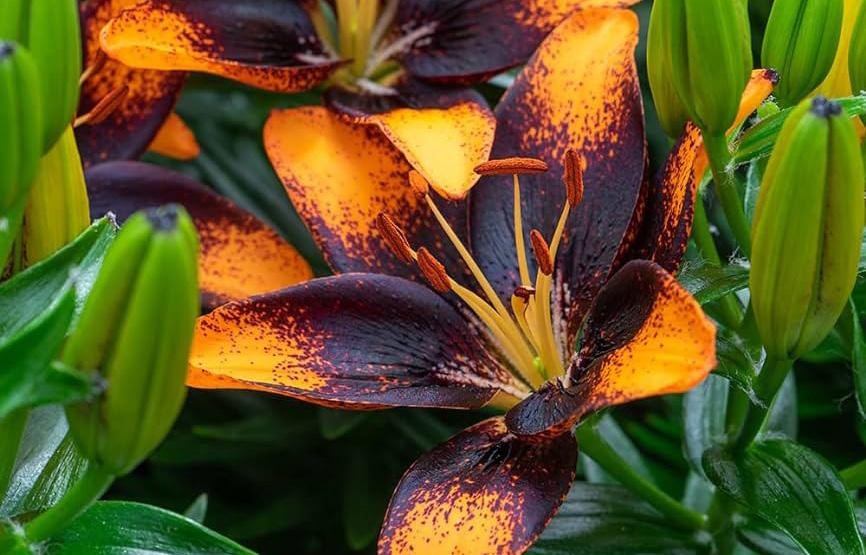
Gardenplants : Chrysanthemum Leba

Gardenplants : Colcorockz®
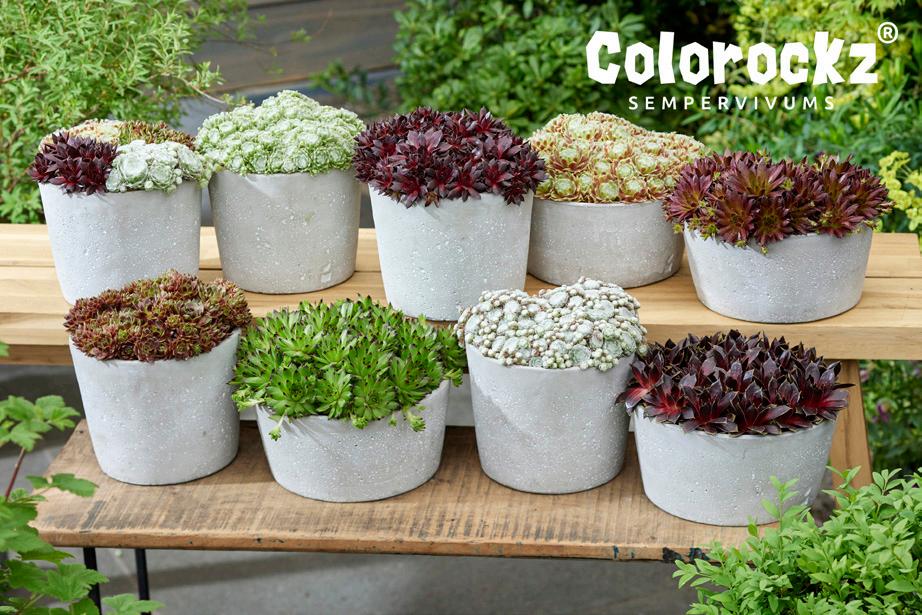
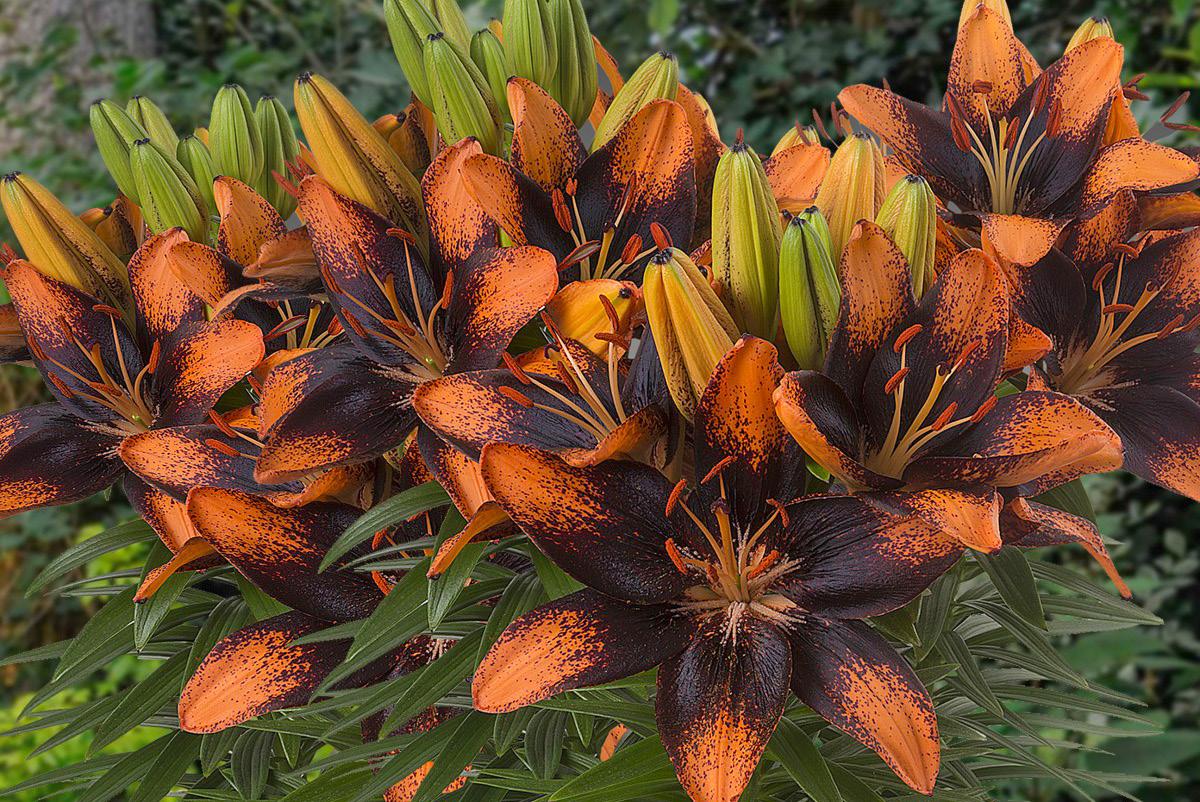
Availablefrom week30
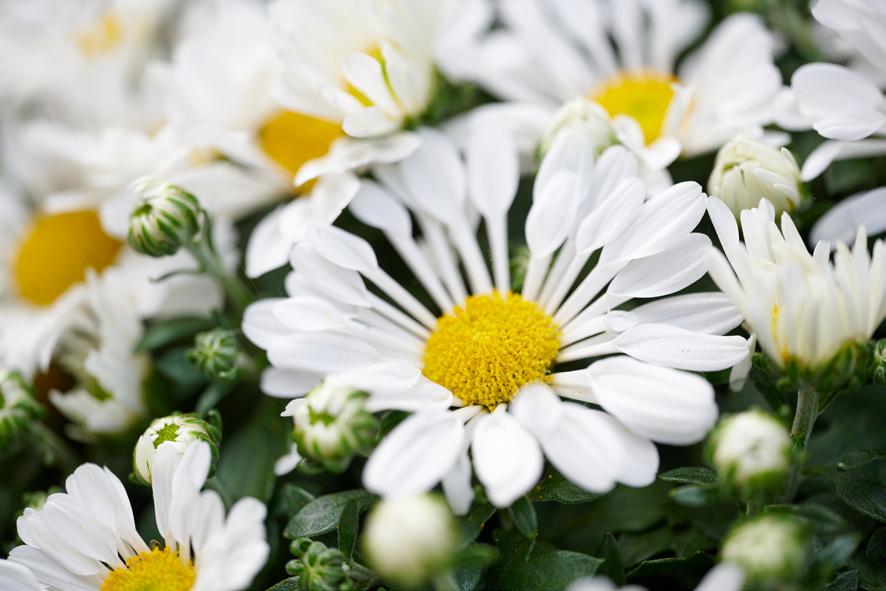
Availablefrom week30
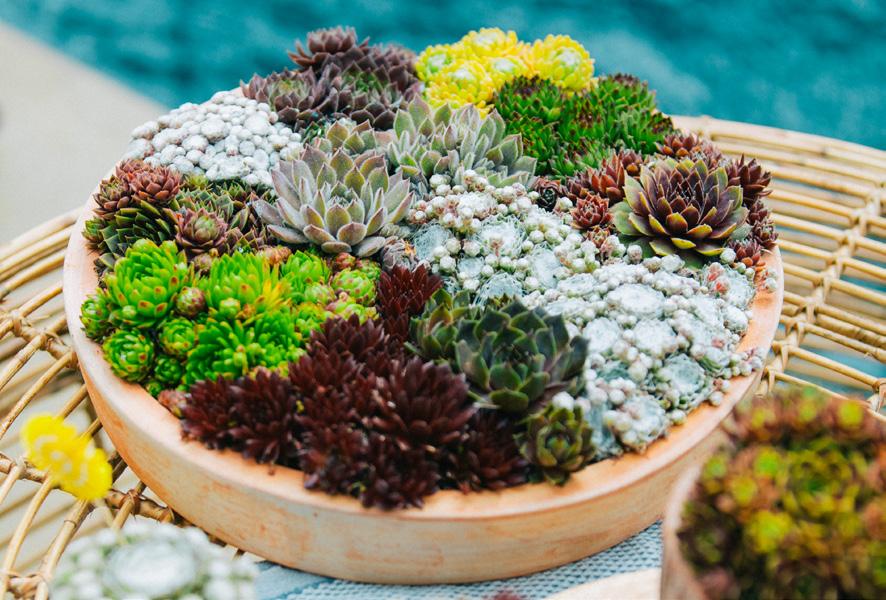
38
TRADE SHOWS 2024
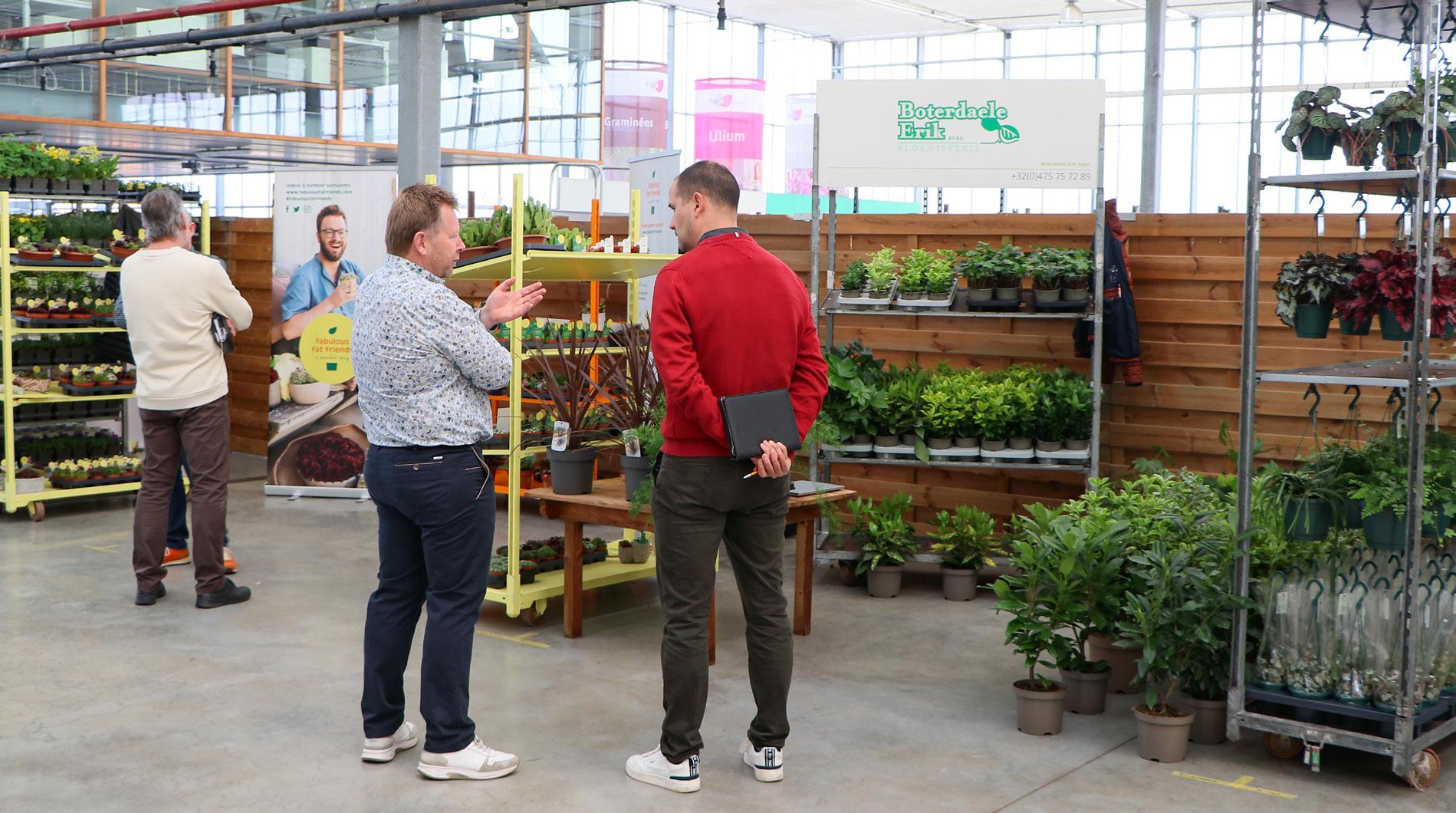
39
UK Date Evenement Locatie 3 - 4 September 4 Oaks Cheshire 10 - 12 September Glee NEC Birmingham NETHERLANDS Date Event Location 21 - 22 August Plantarium | Groen-Direkt Int. Trade Centre Hazerswoude/Boskoop 4 - 5 September Autumn Fair Aalsmeer 2 - 4 October Groot Groen, boomkwekerij GrootGroenPlus, Zundert 5 - 7 November Trade Fair Aalsmeer BELGIUM Date Event Location 20 August Florall Waregem EXPO
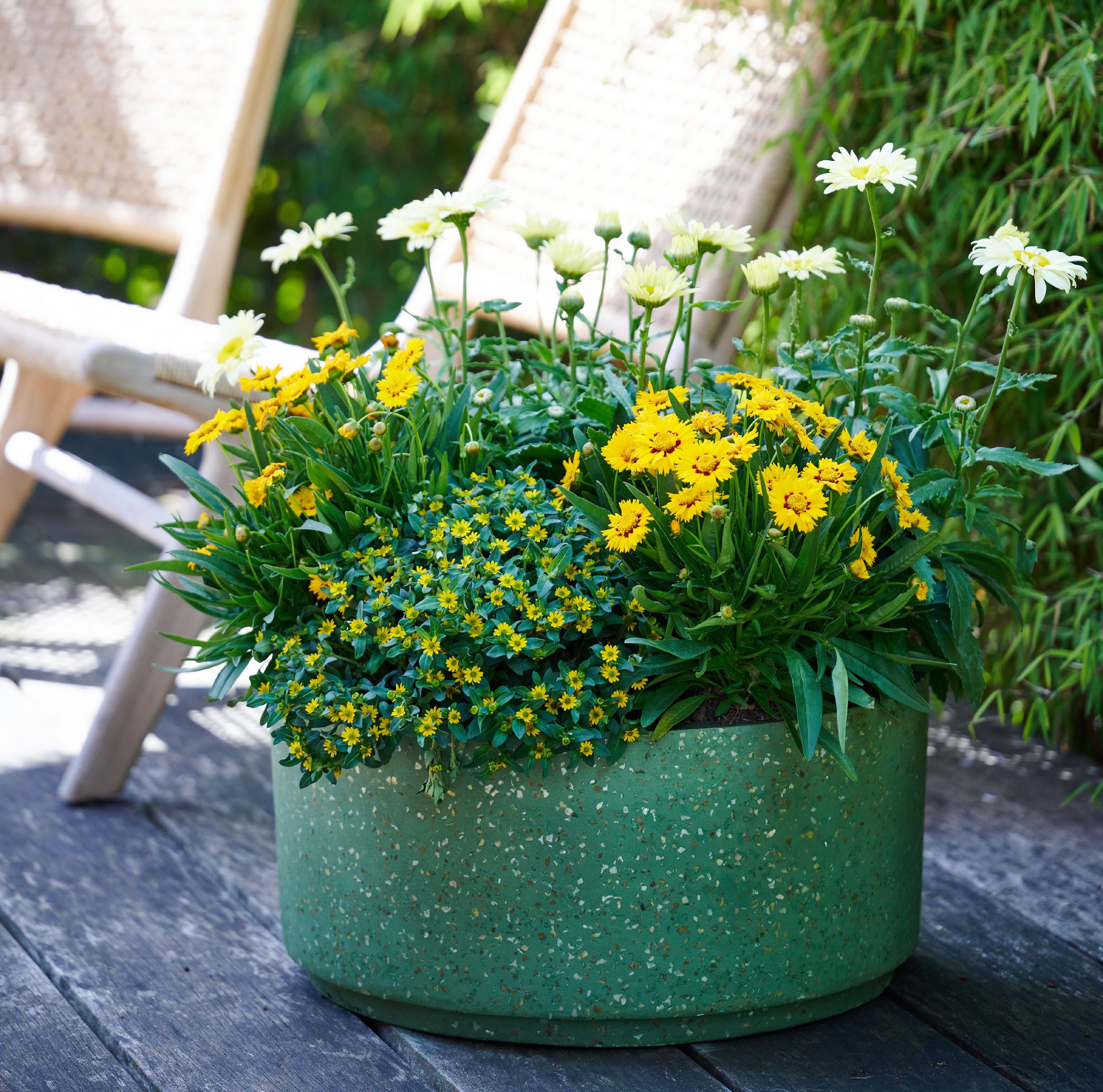
Belgium
+32
353 53 53 - info@floreac.com
www.outstandingplants.be
Floréac nv Beerveldse Baan 4 - 9080 Lochristi -
T
9
- www.floreac.com ©
 Photo : ©Floréac
Photo : ©Floréac







 ANANRZ-SP05A
GLSORZ-12A
ANANRZ-SP05A
GLSORZ-12A































 VRIEOR-12V
ANANOR-SP01A
VRIEOR-12V
ANANOR-SP01A


















































 CACTMX-SP458A
TILLAN-SP05A
CACTMX-SP470A
CACTMX-SP458A
TILLAN-SP05A
CACTMX-SP470A













 CHRYTRIO-12A
CELOMX-ETI12A
POCARN-H25A
CHRYTRIO-12A
CELOMX-ETI12A
POCARN-H25A



























